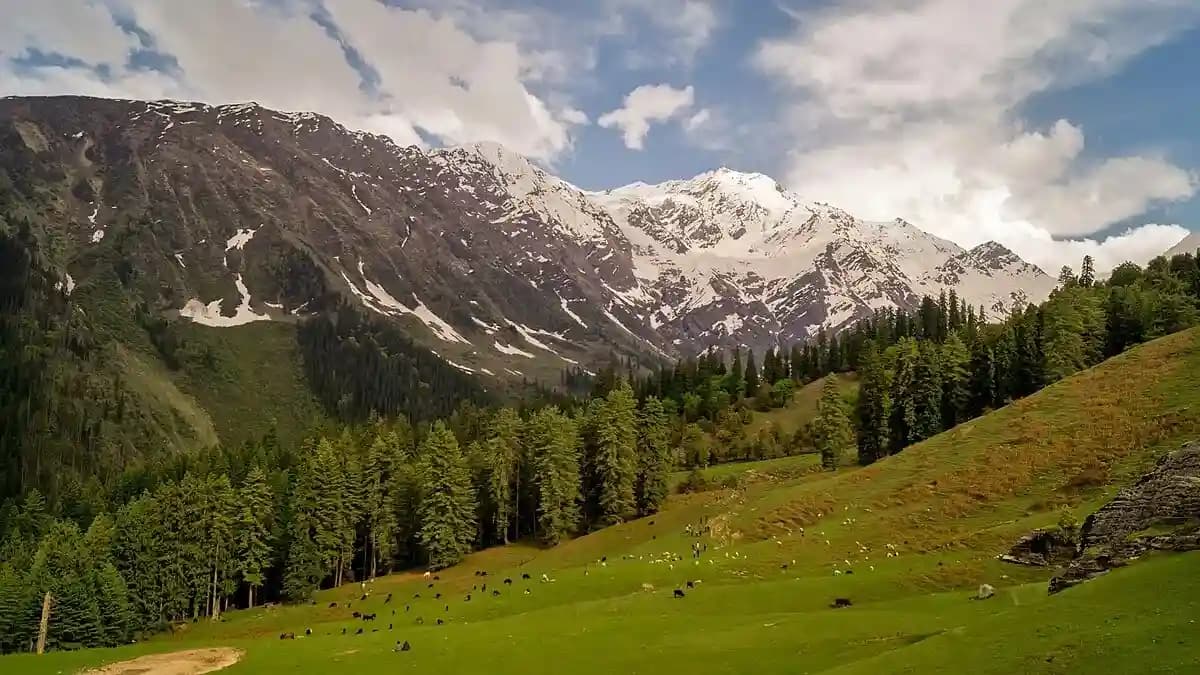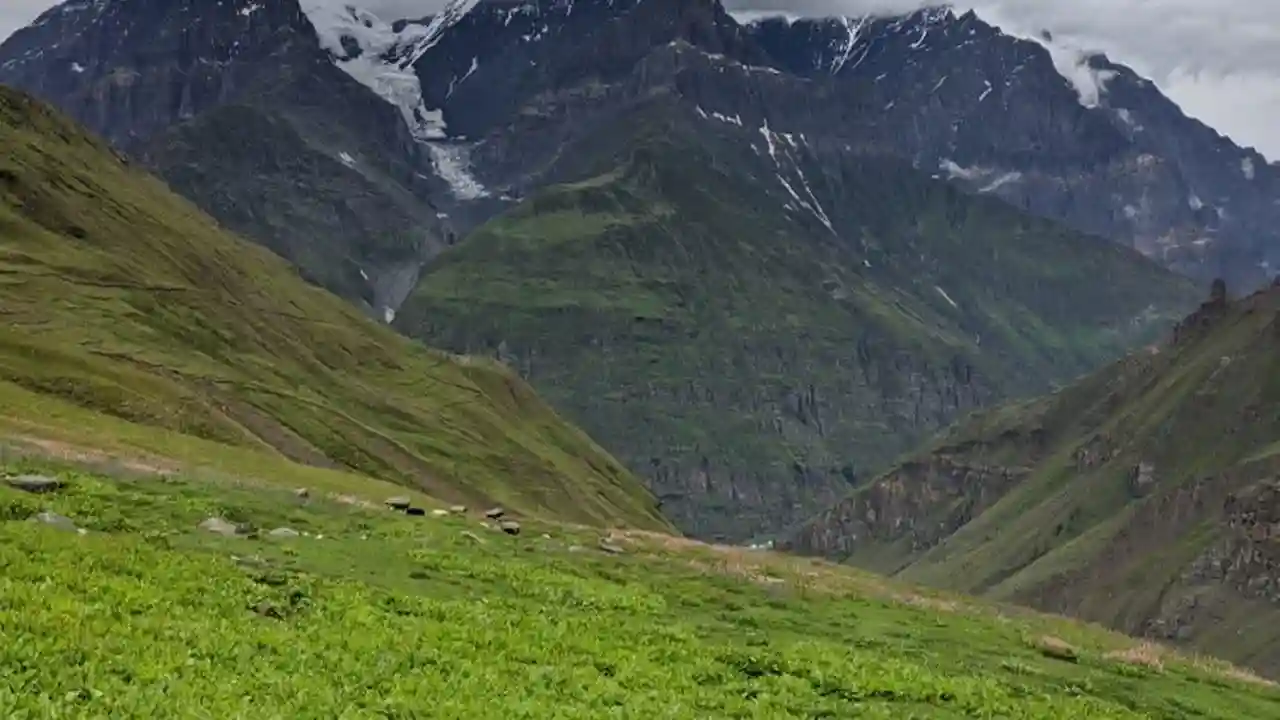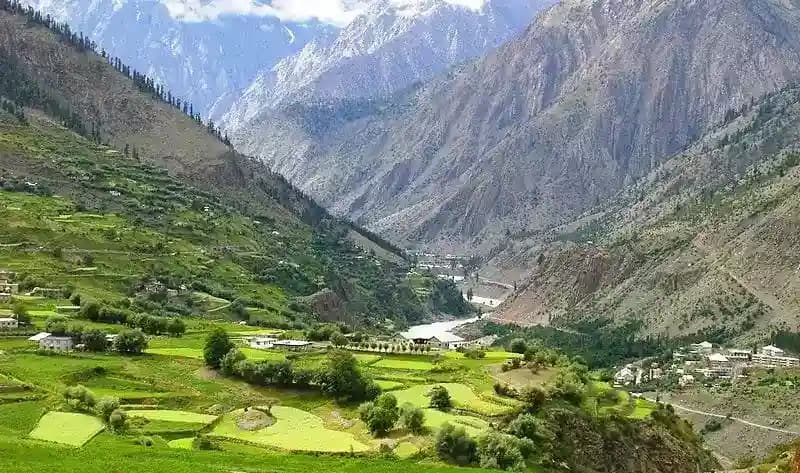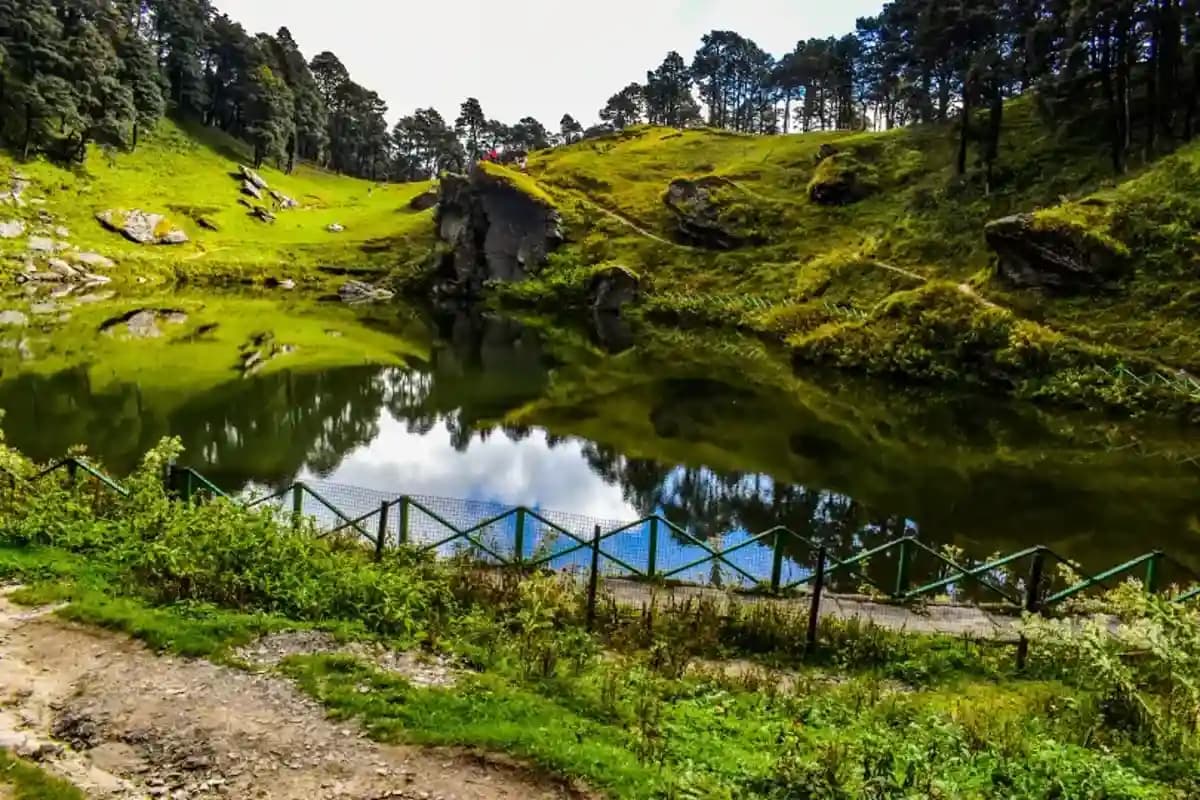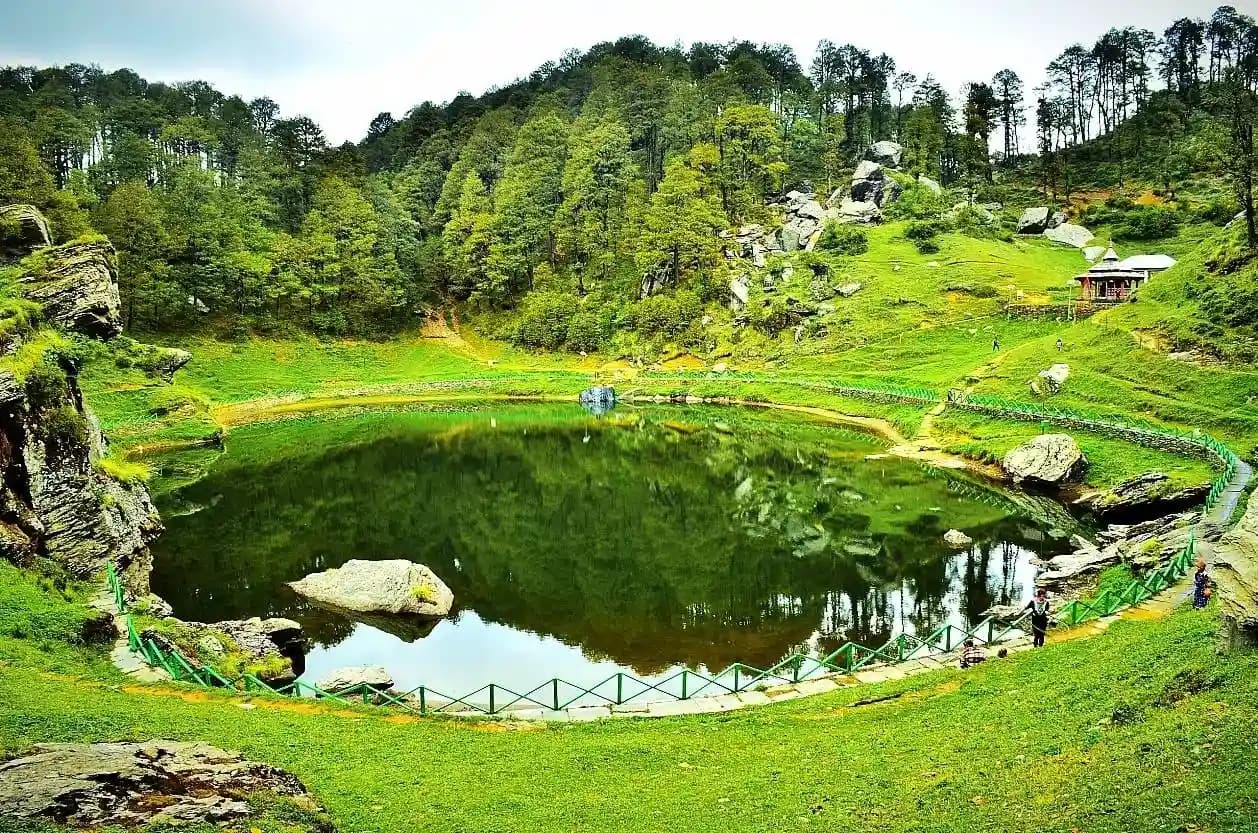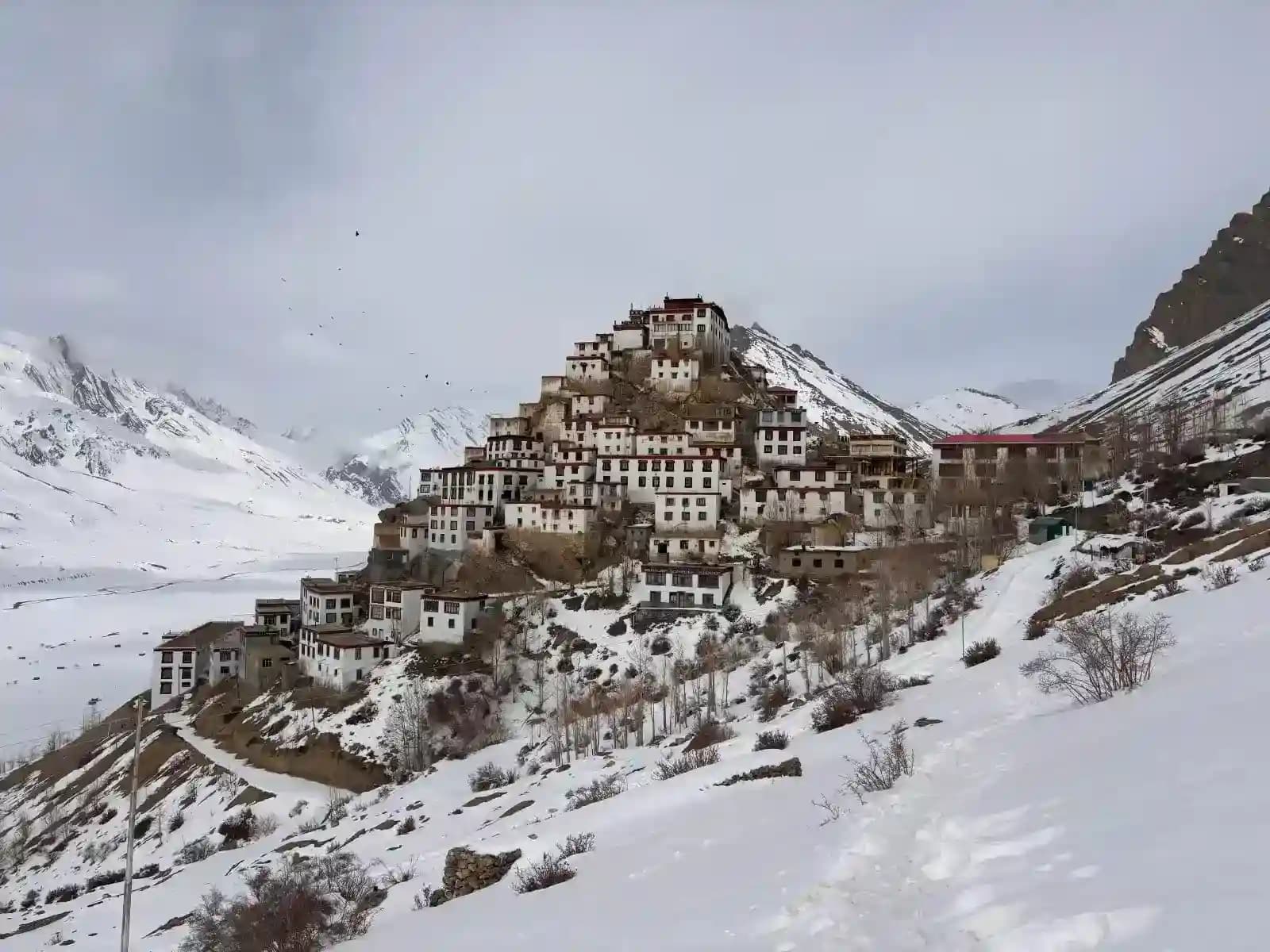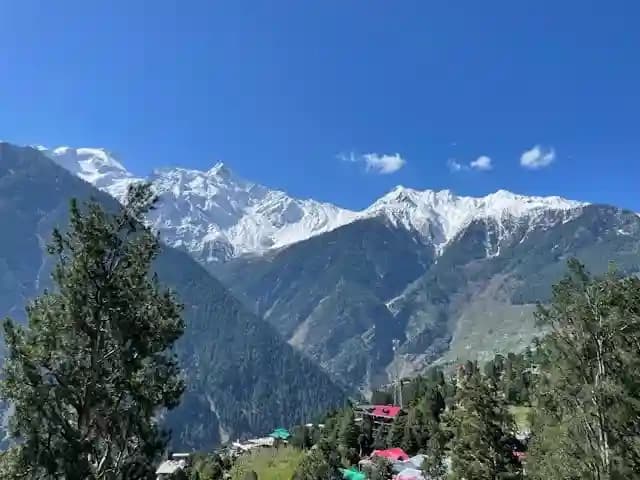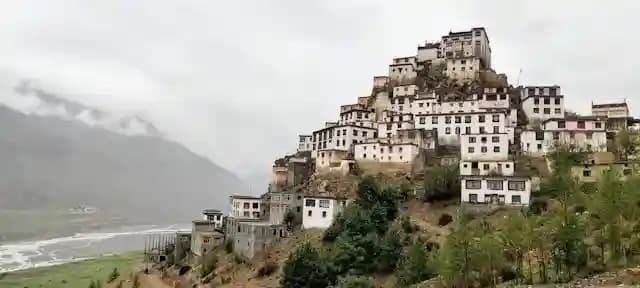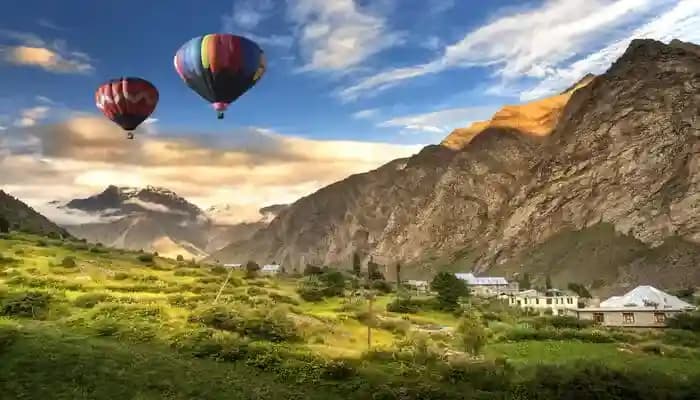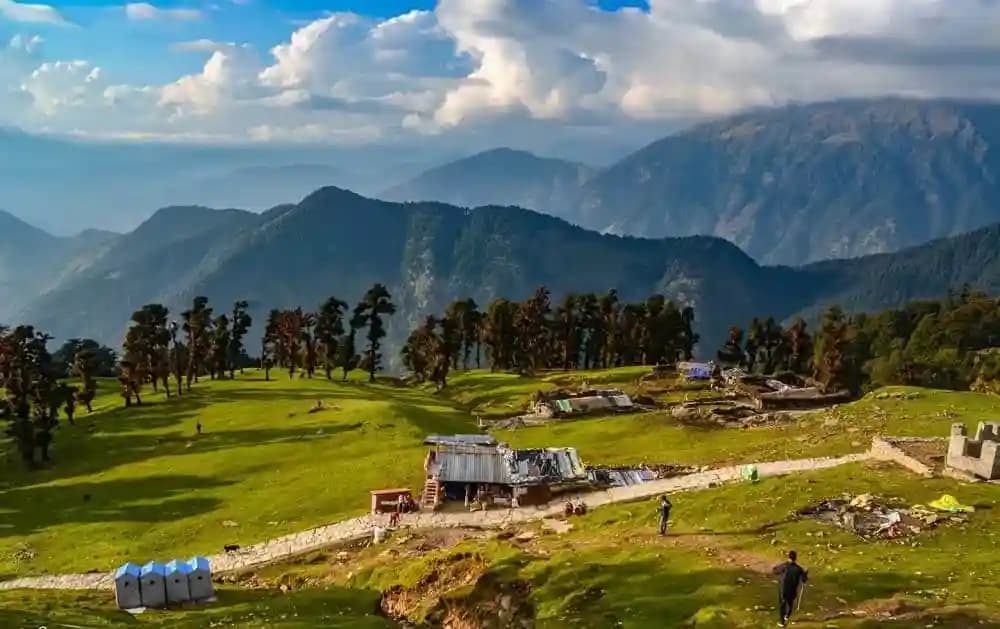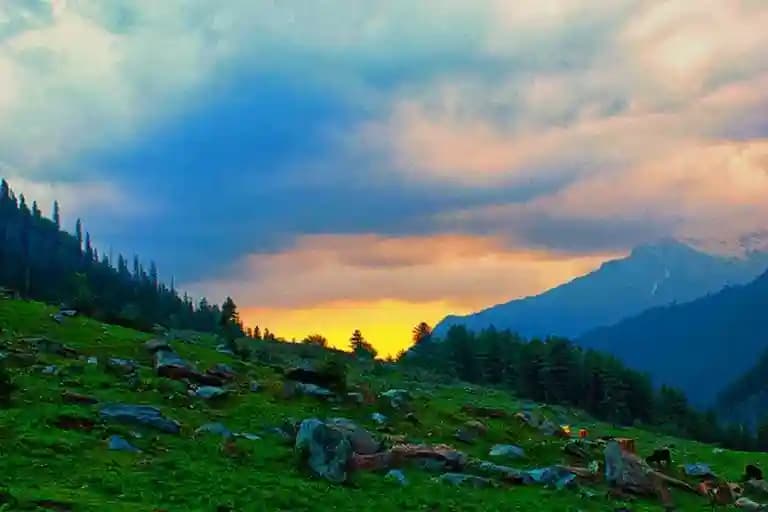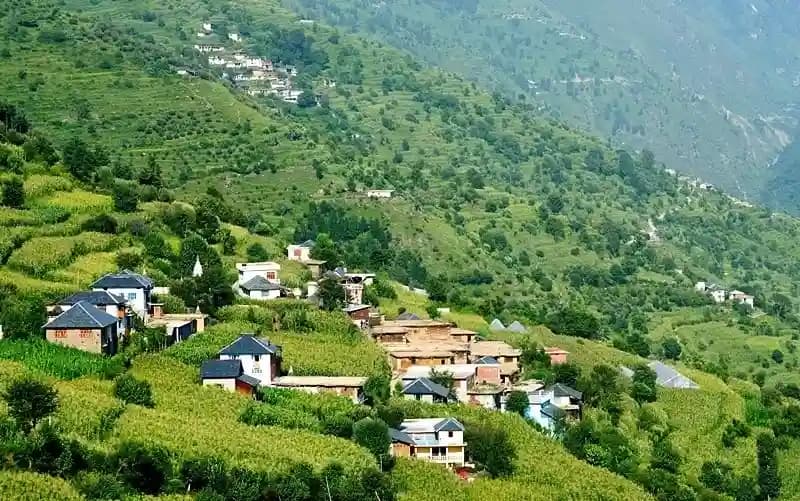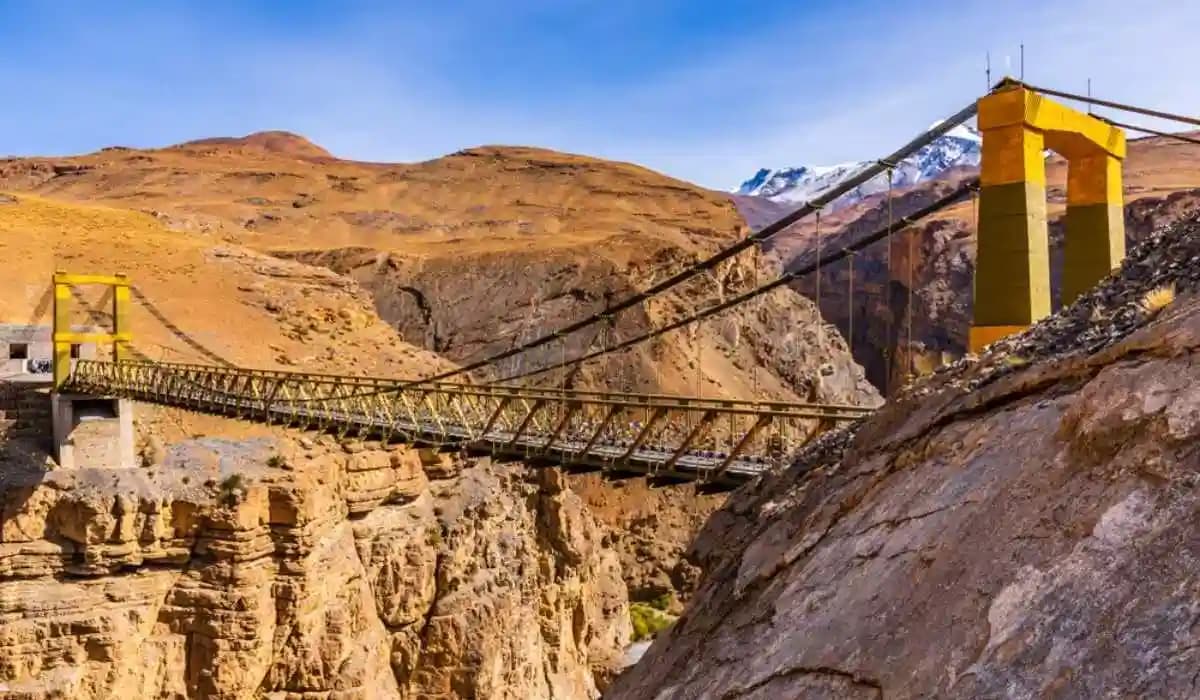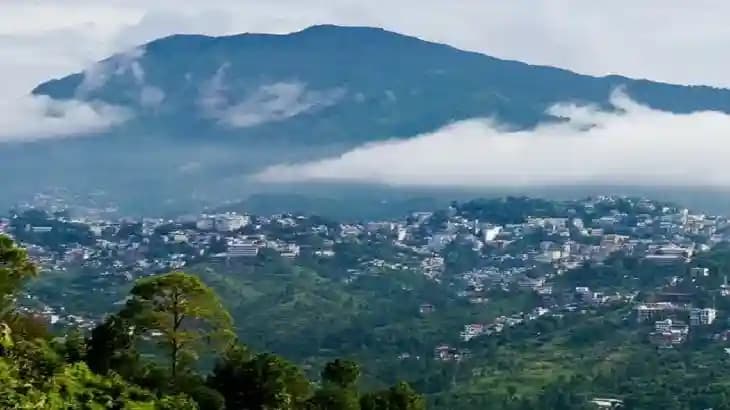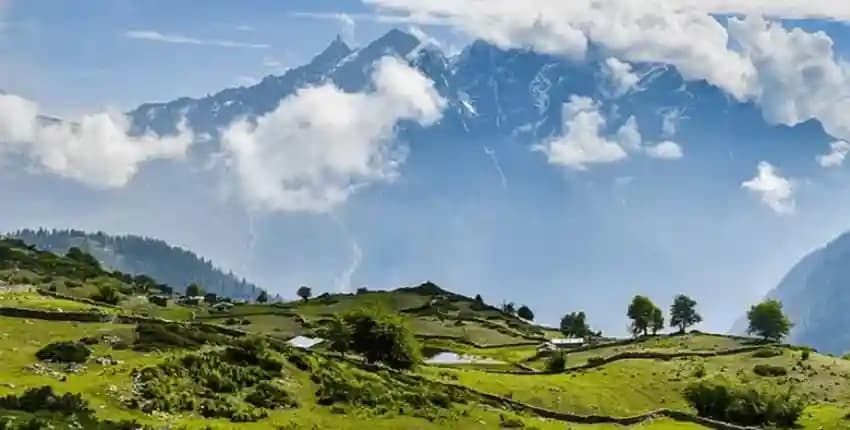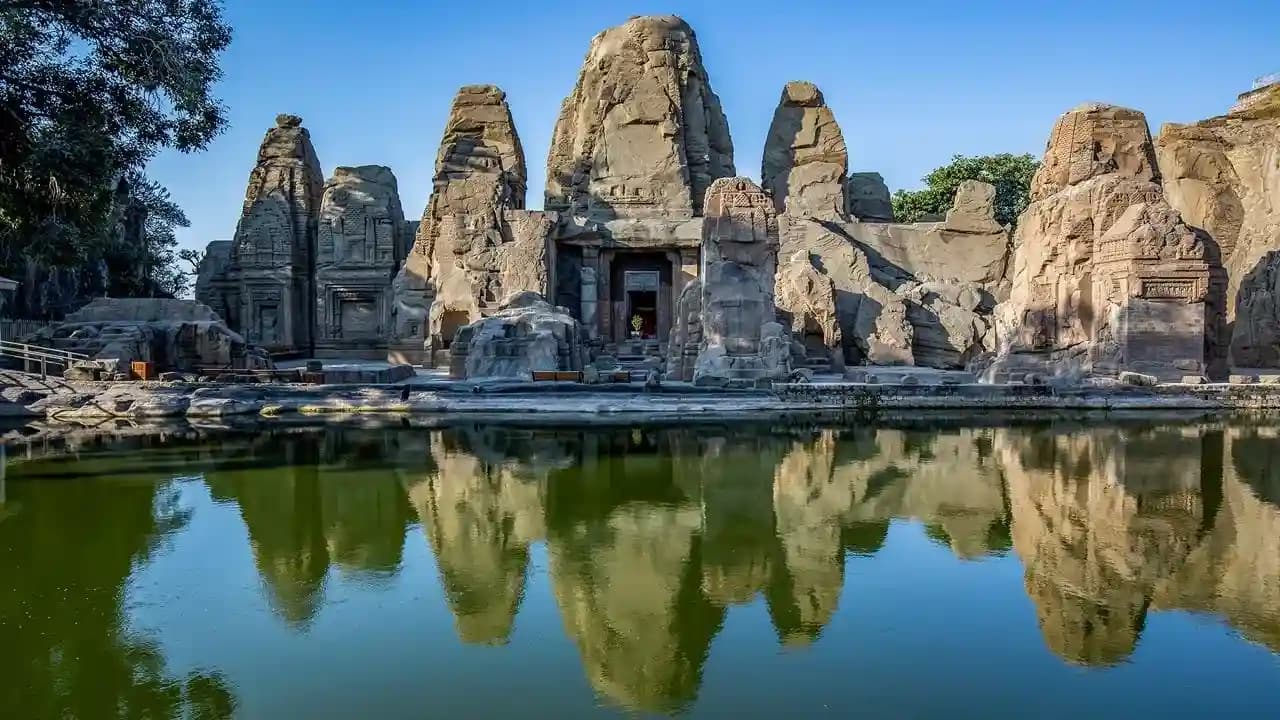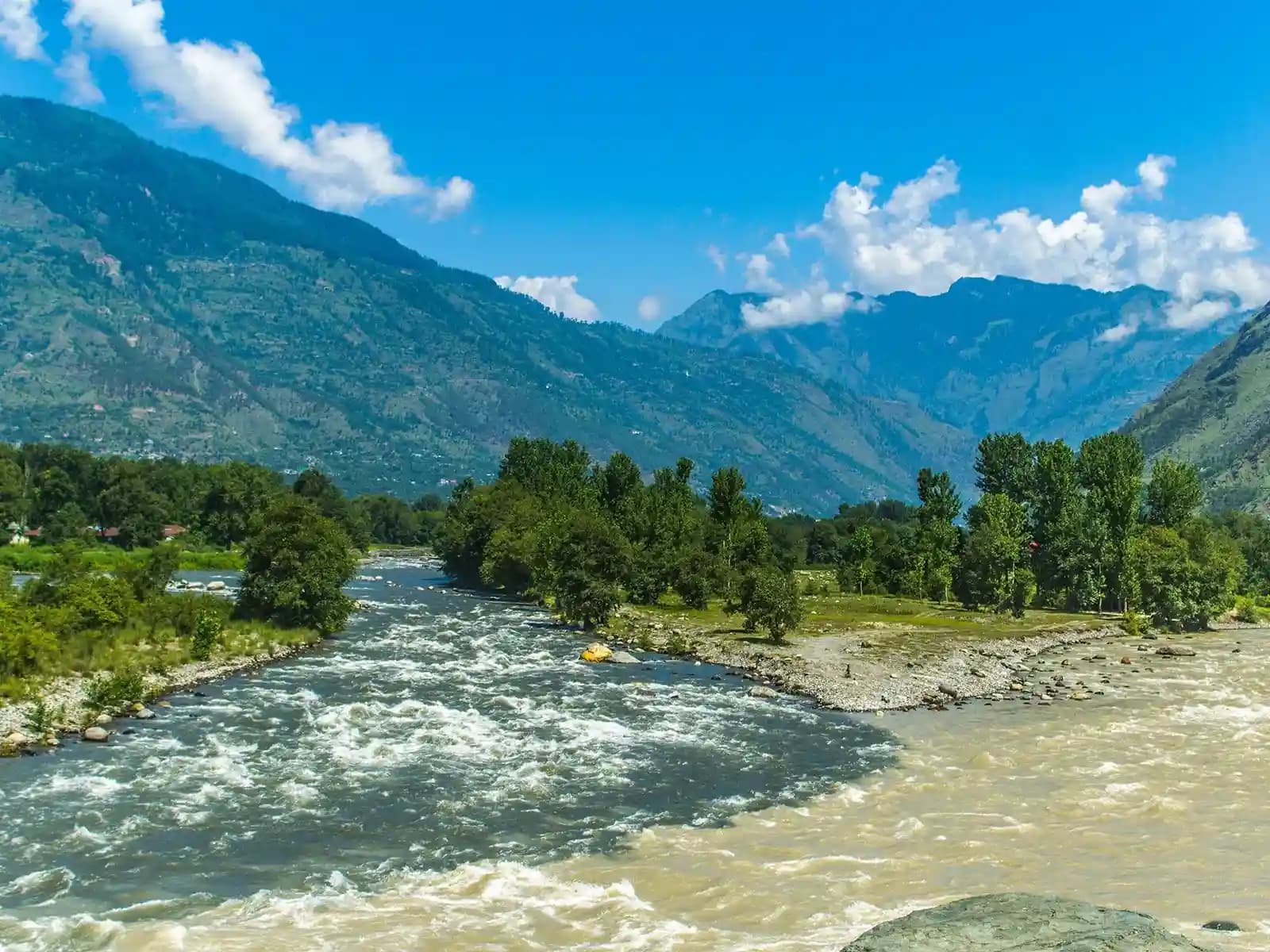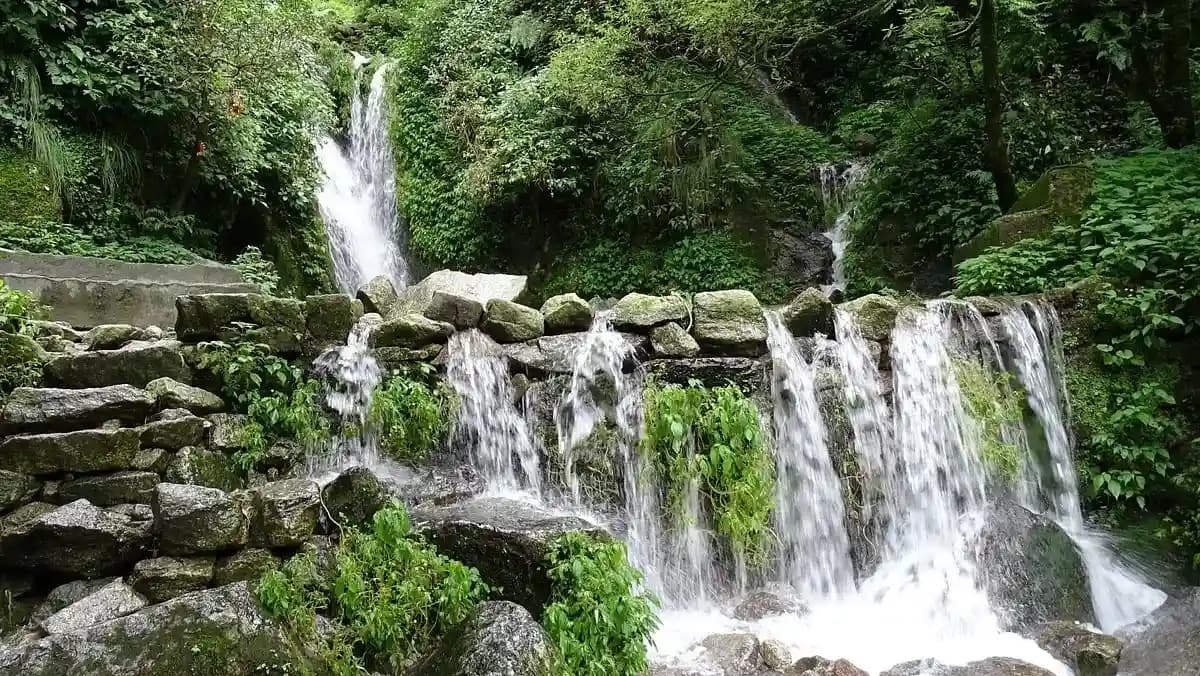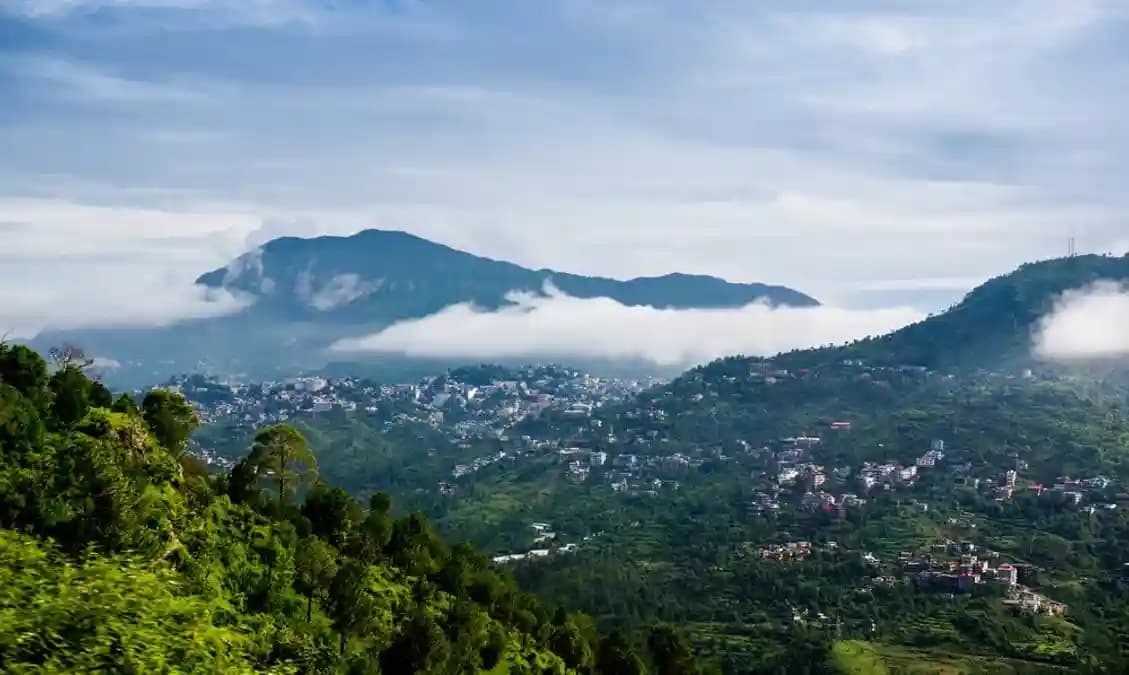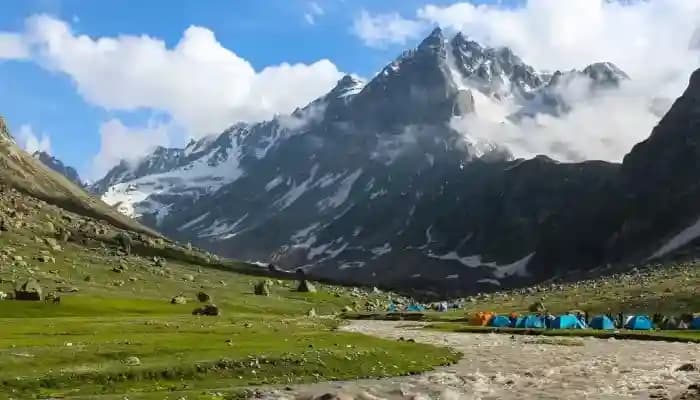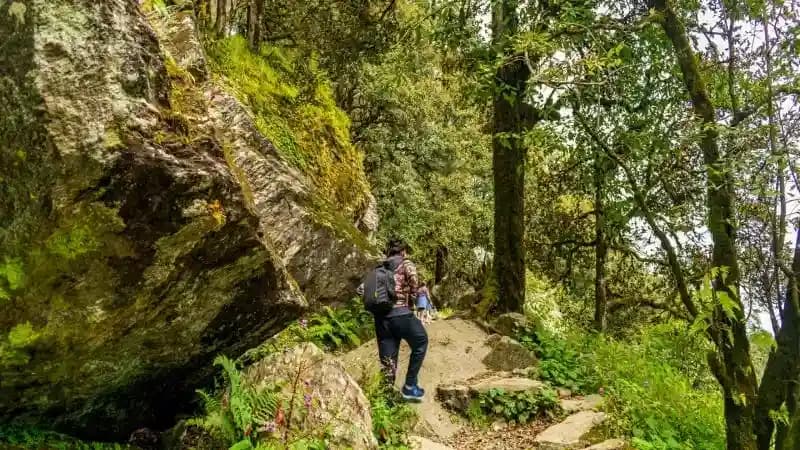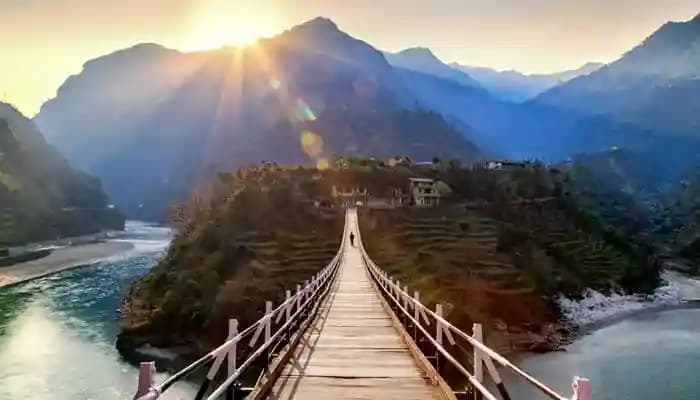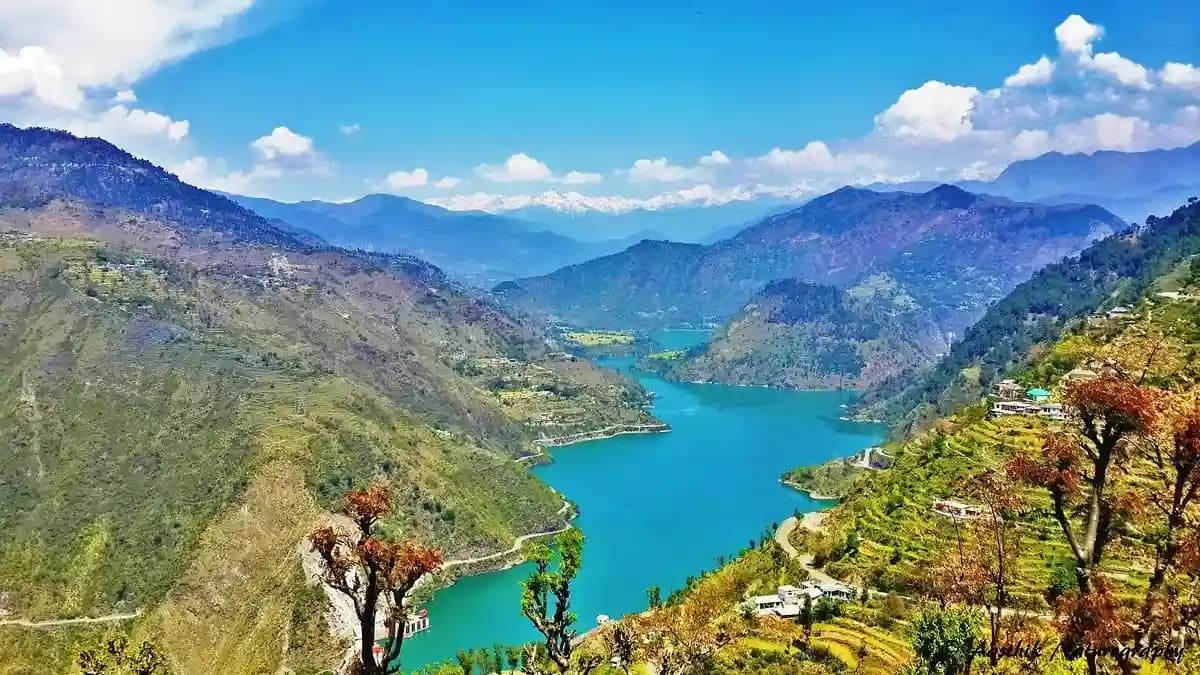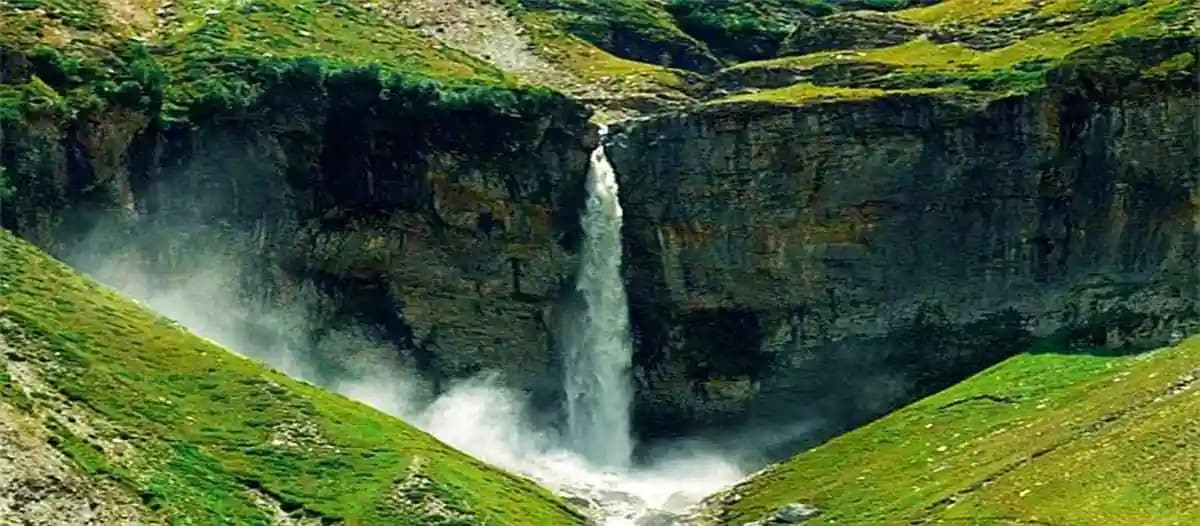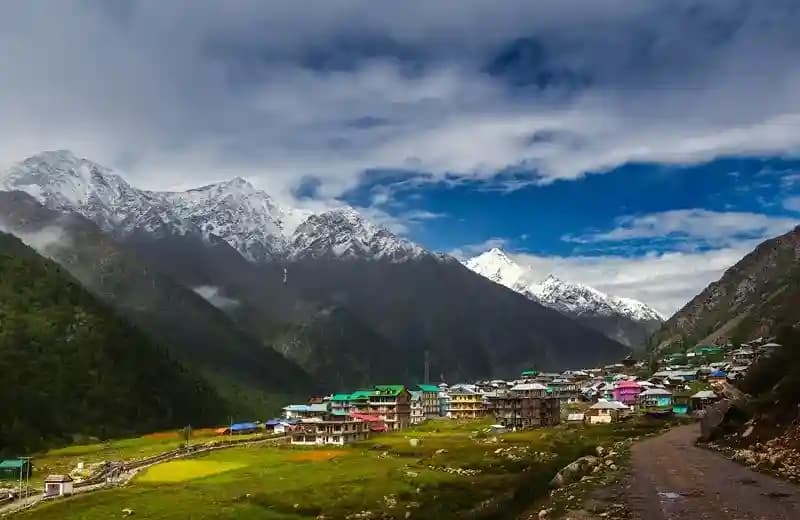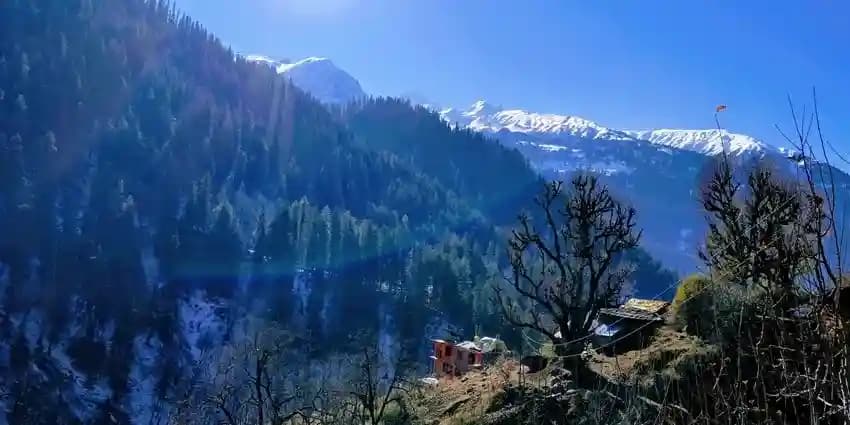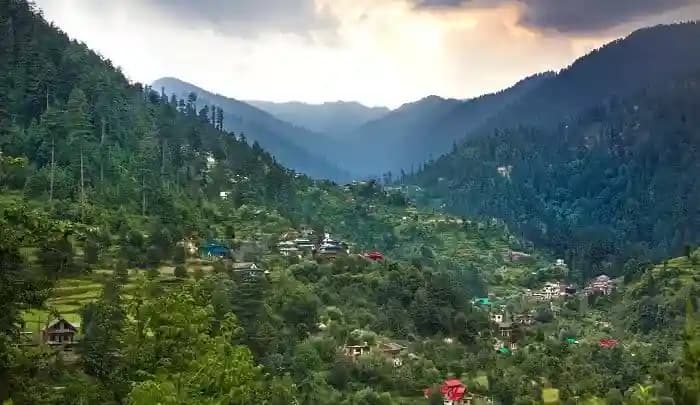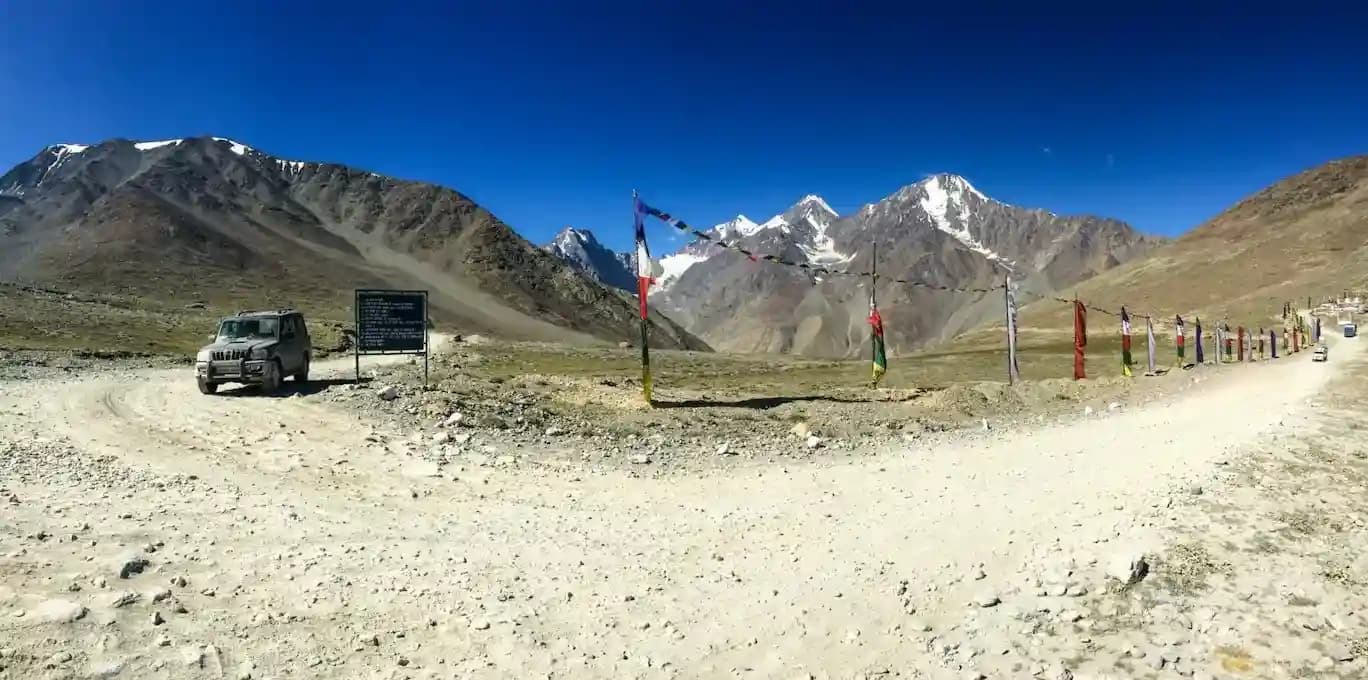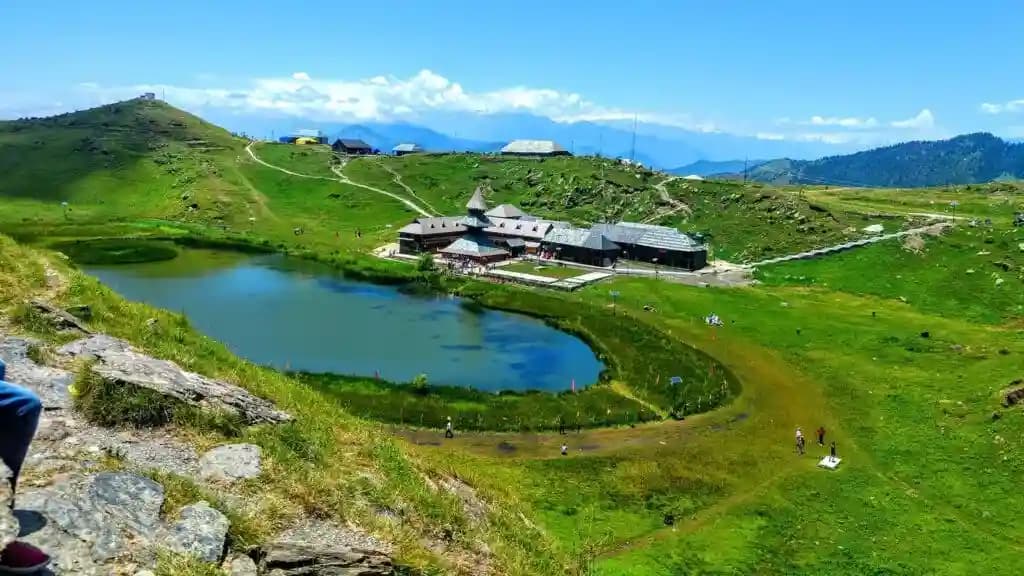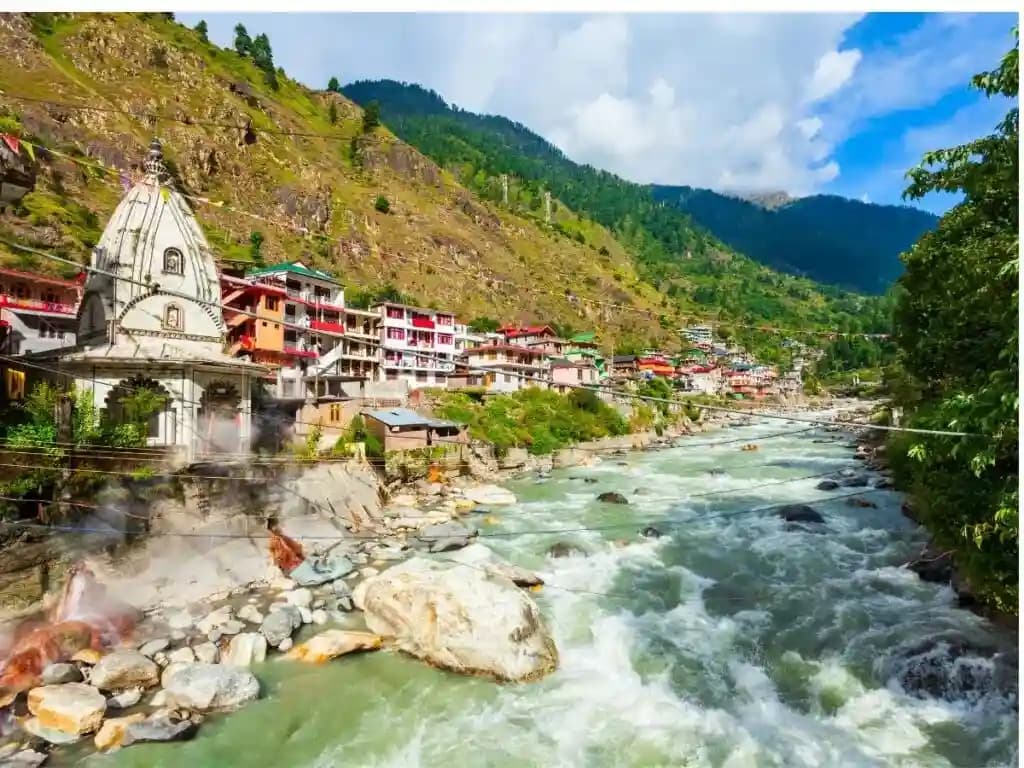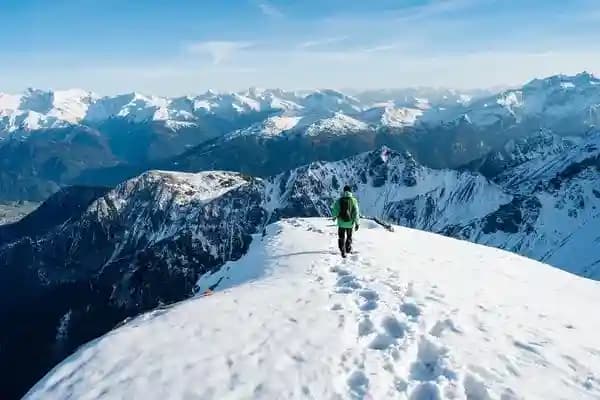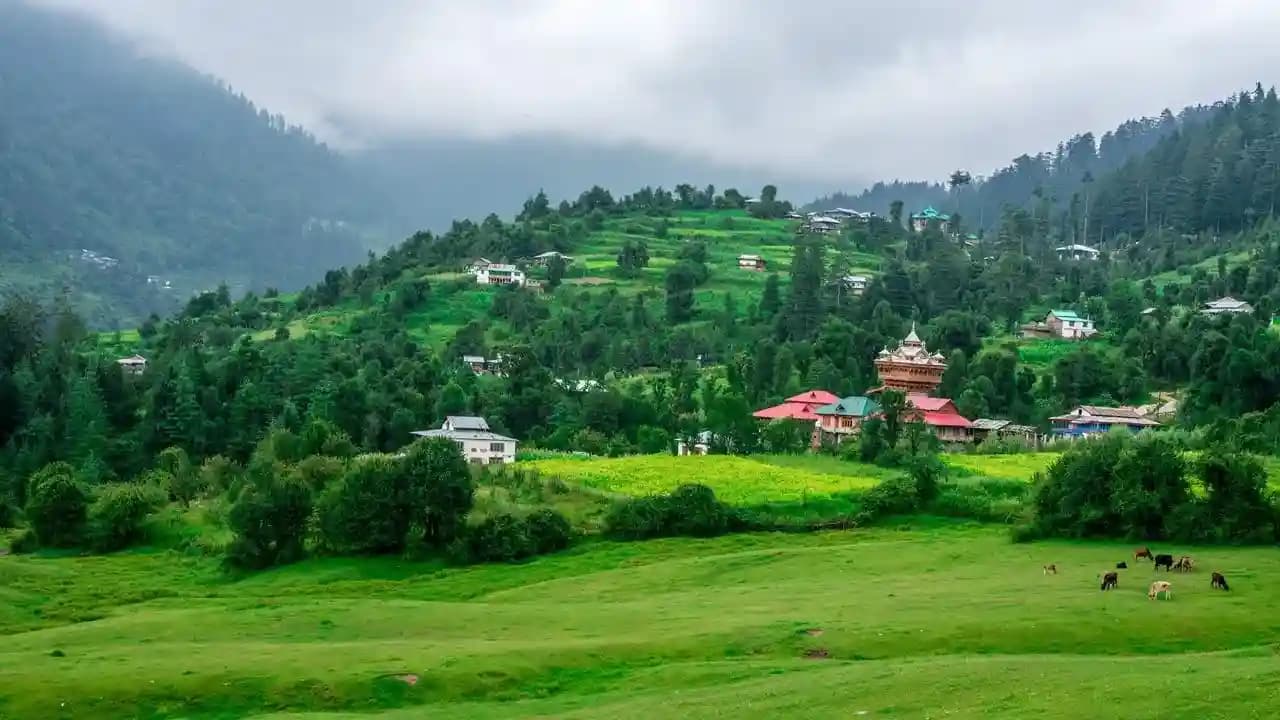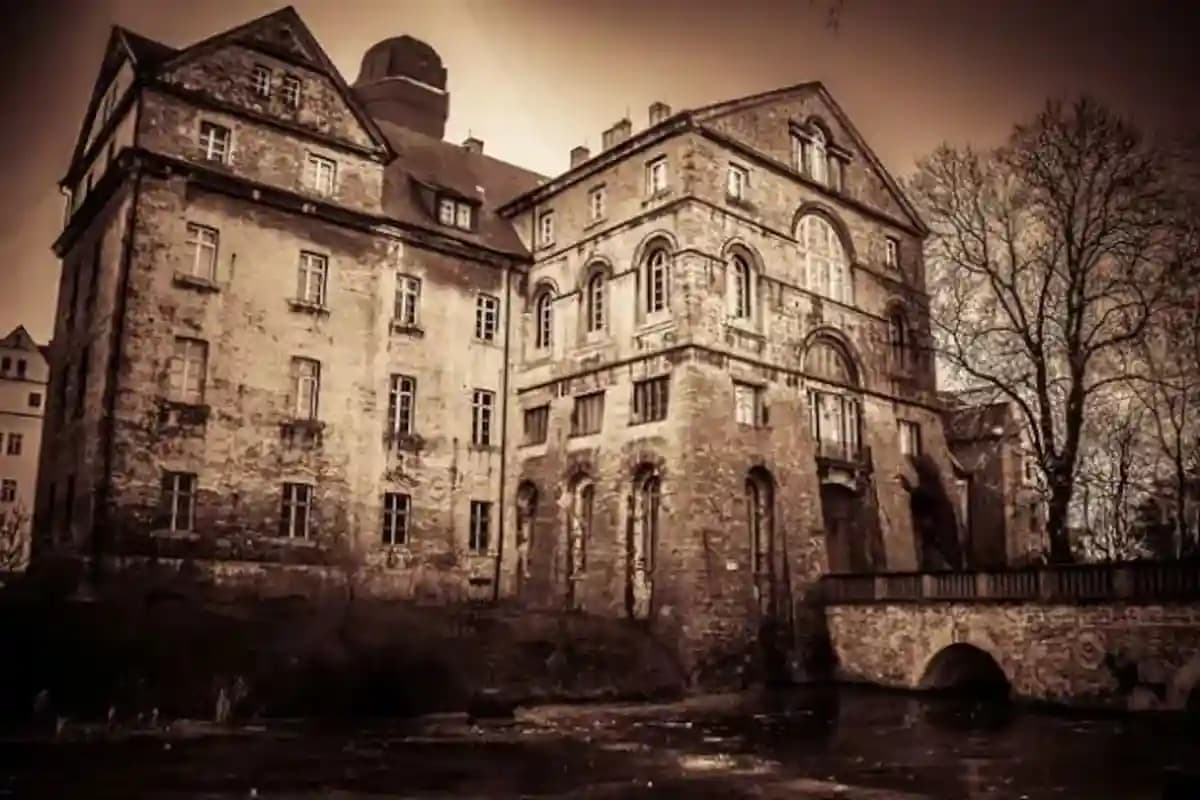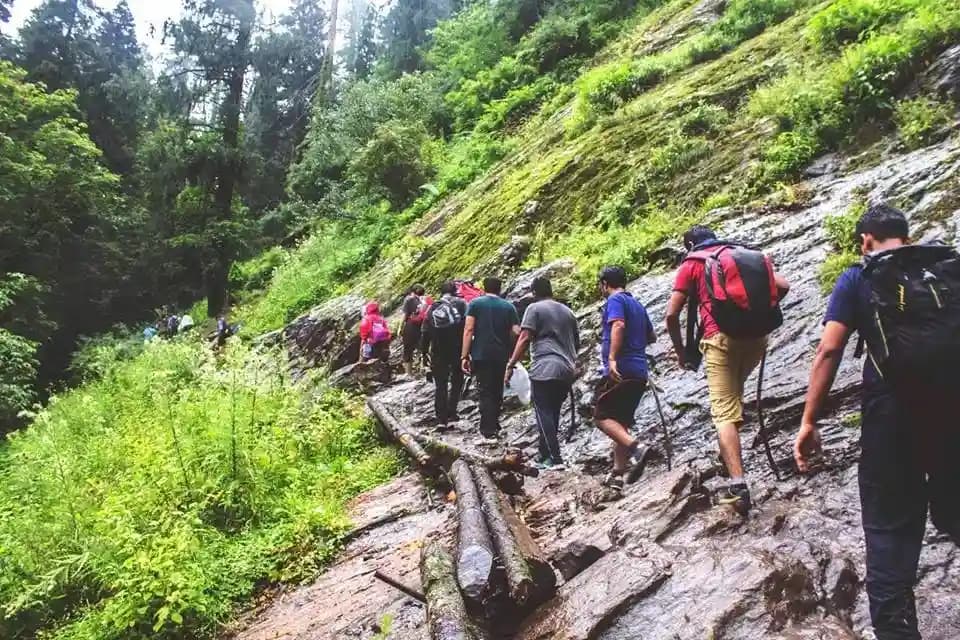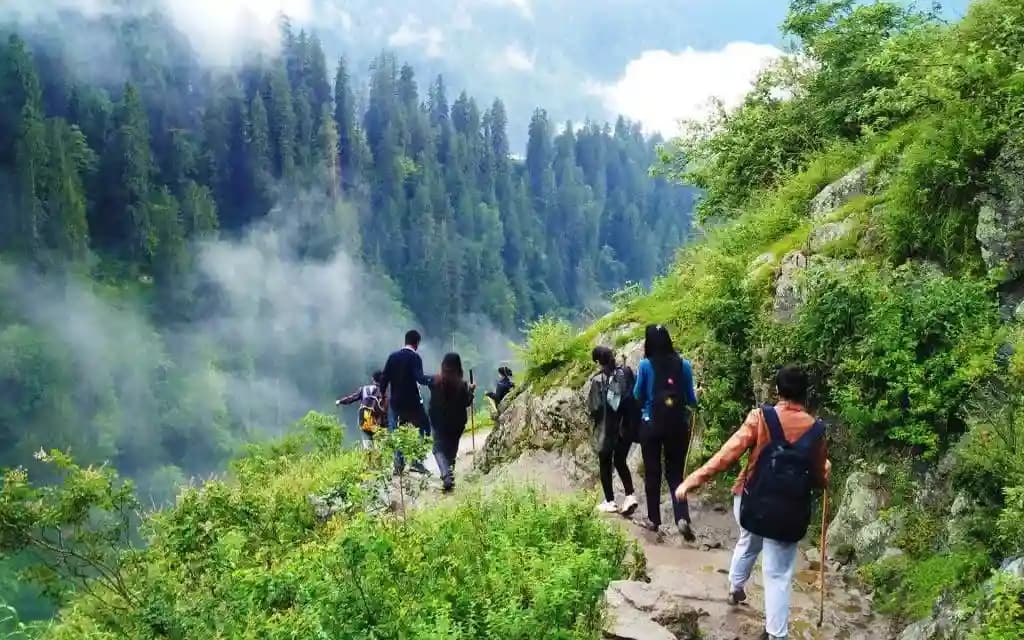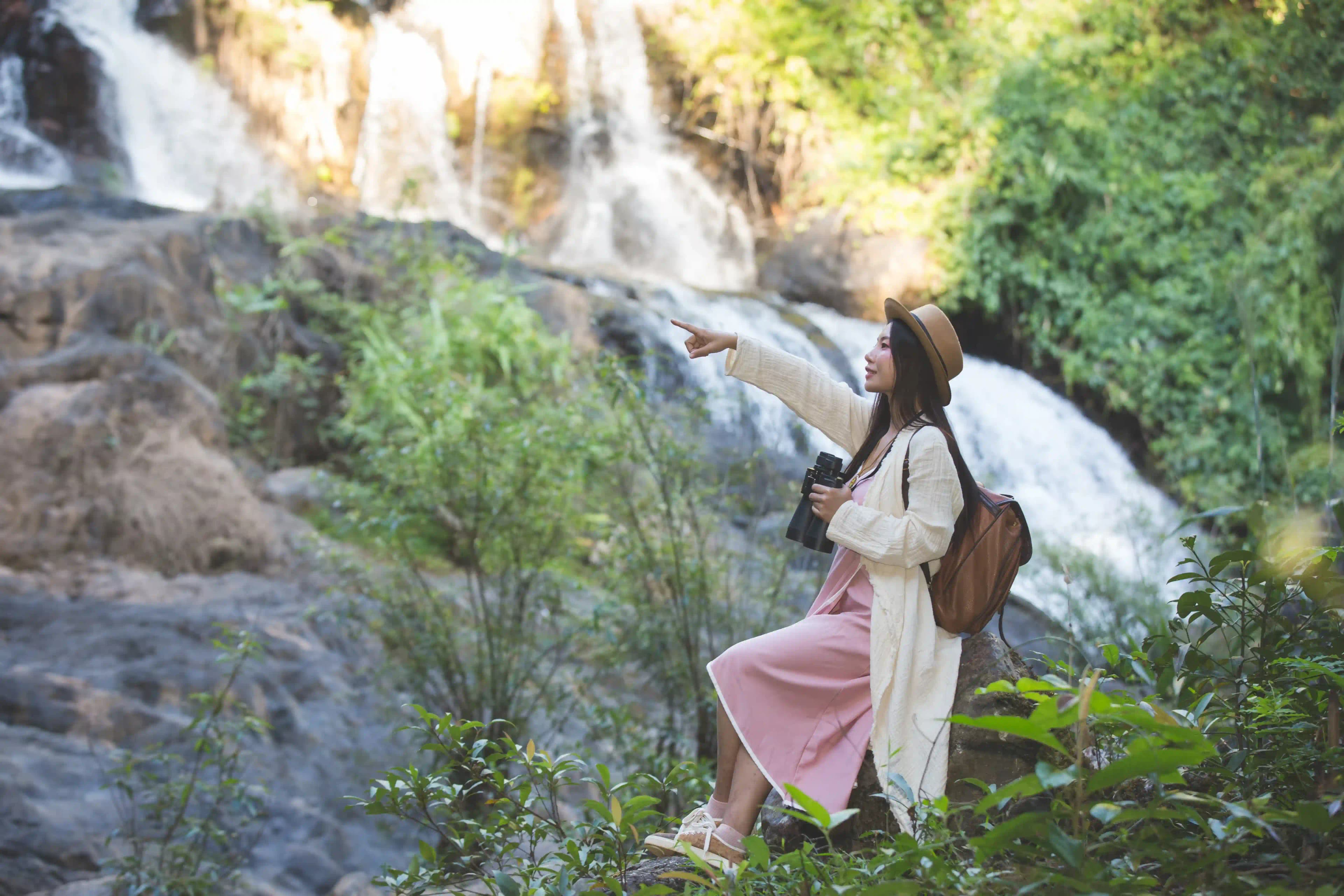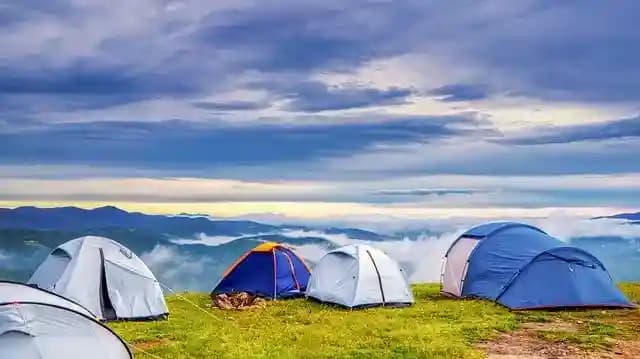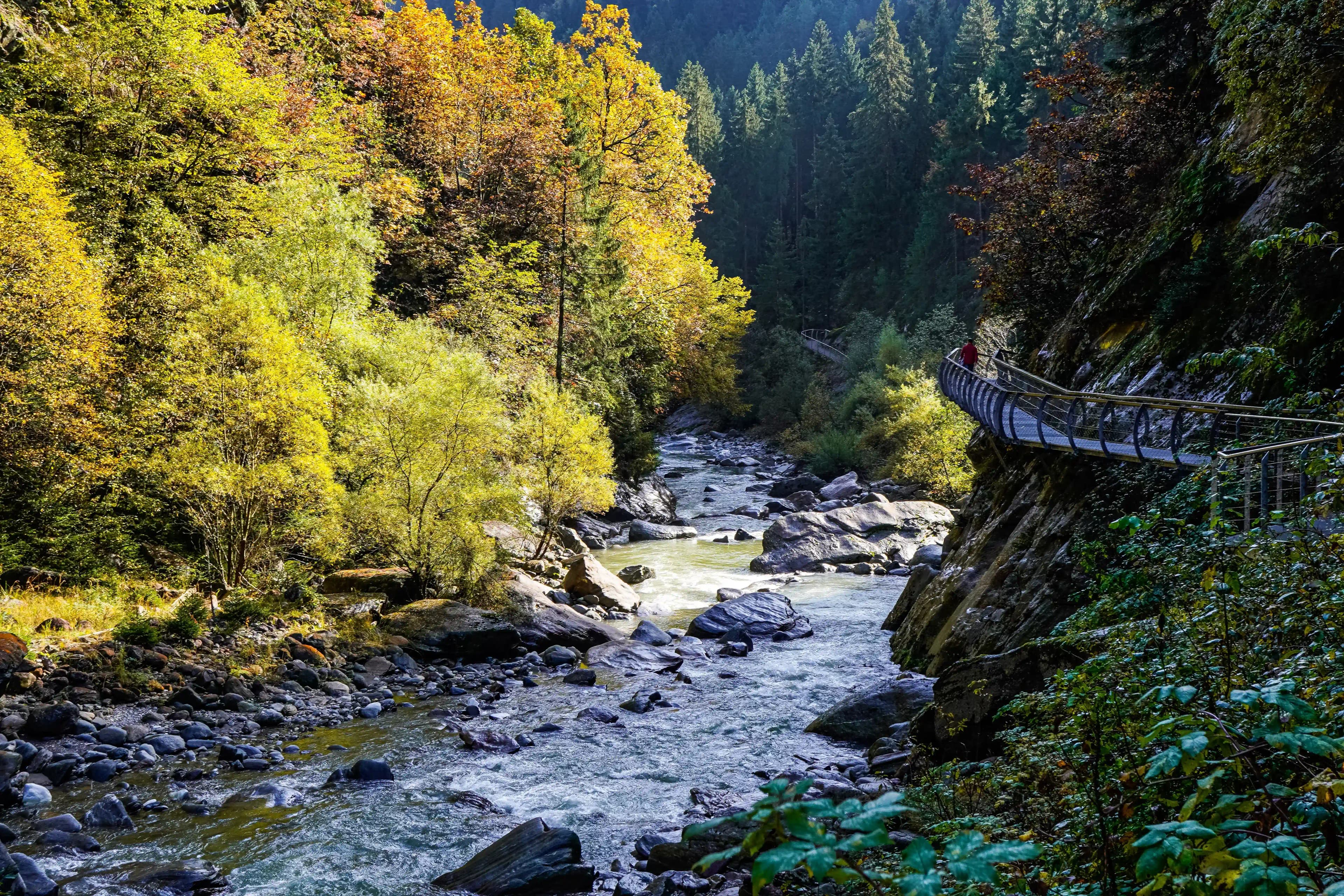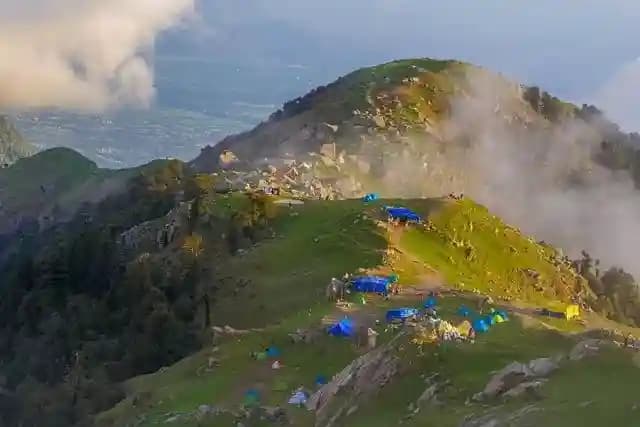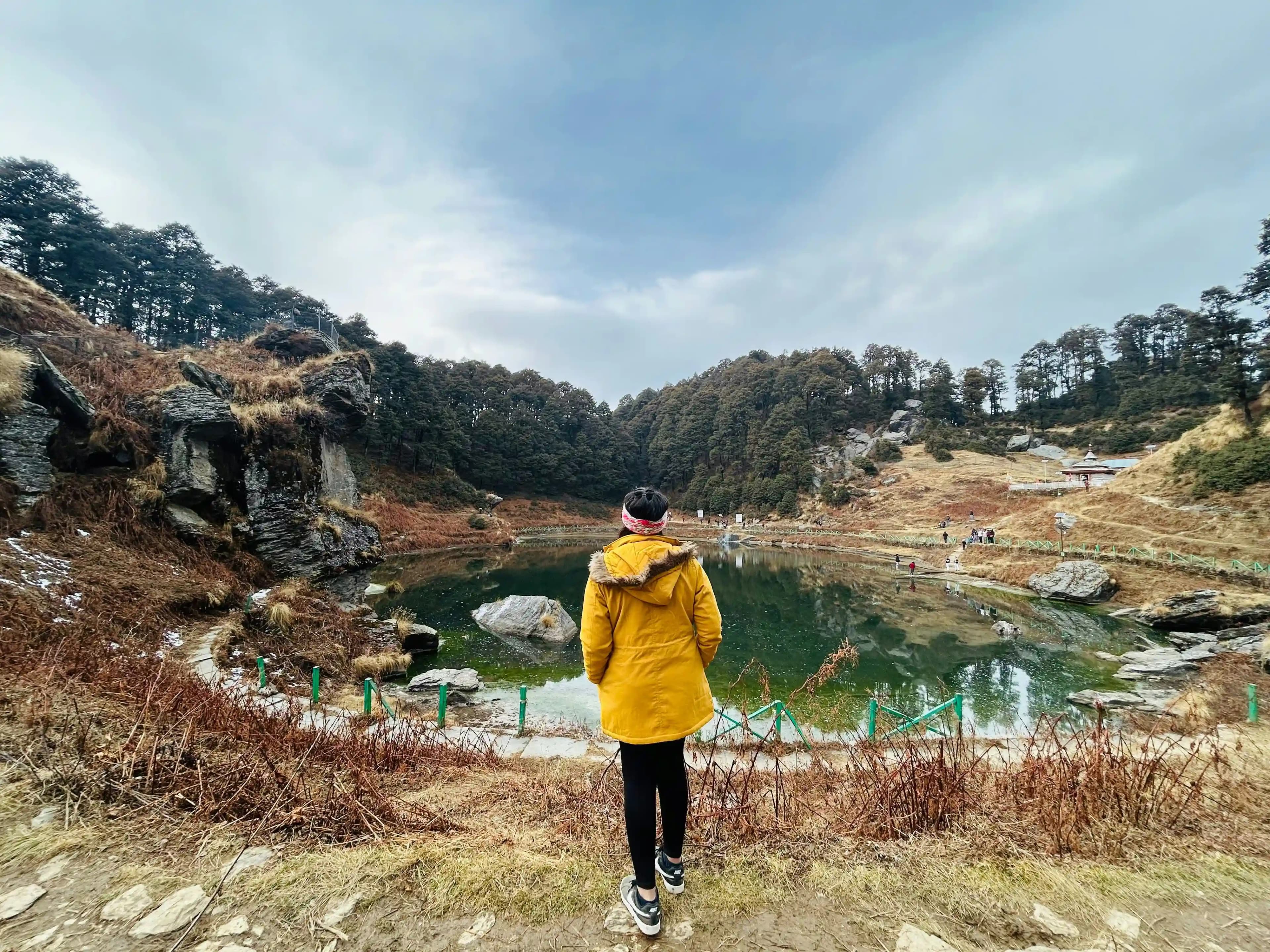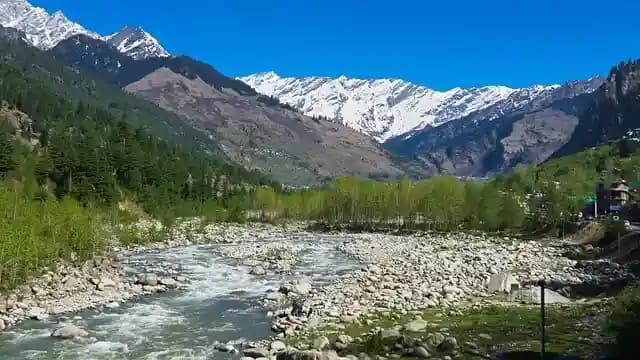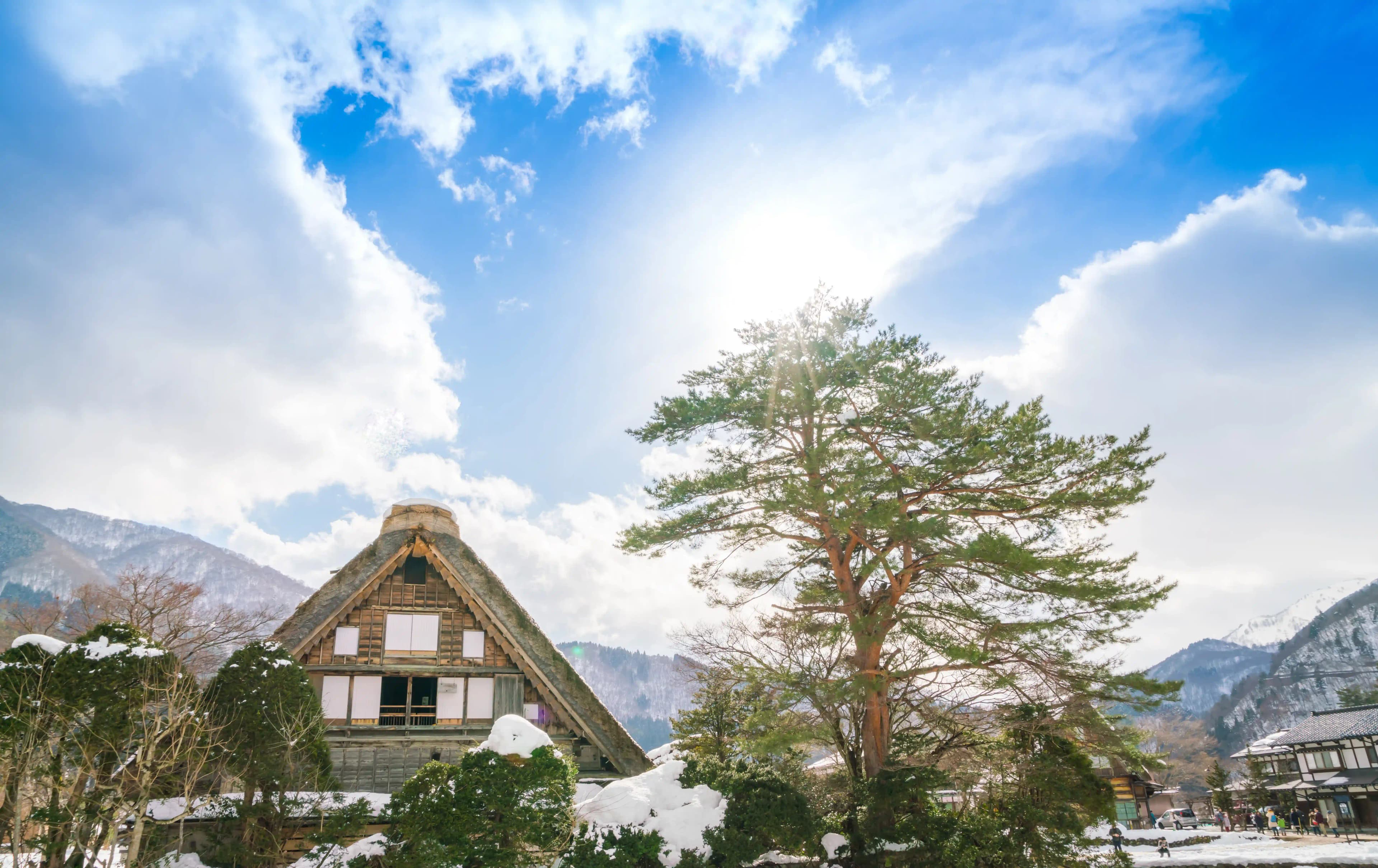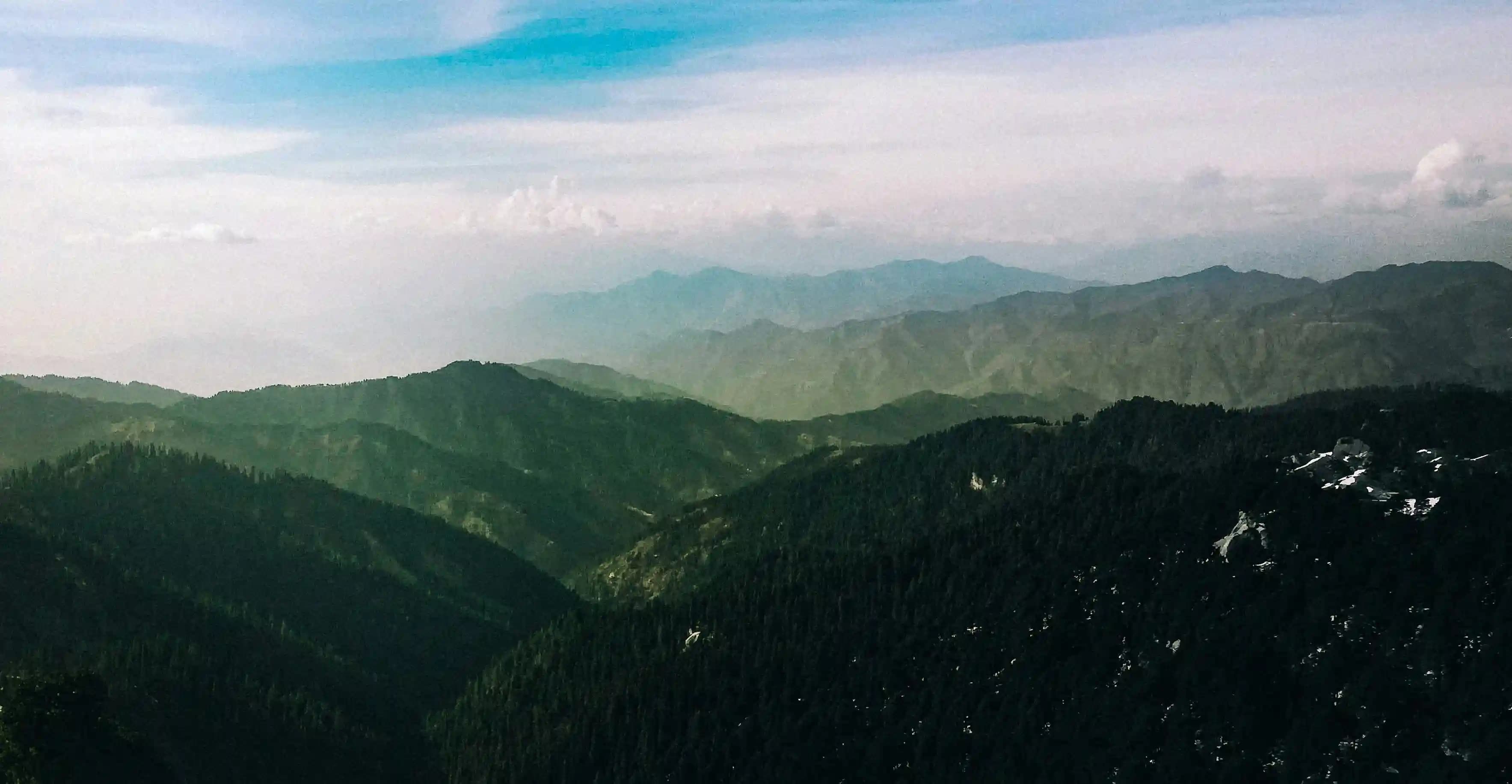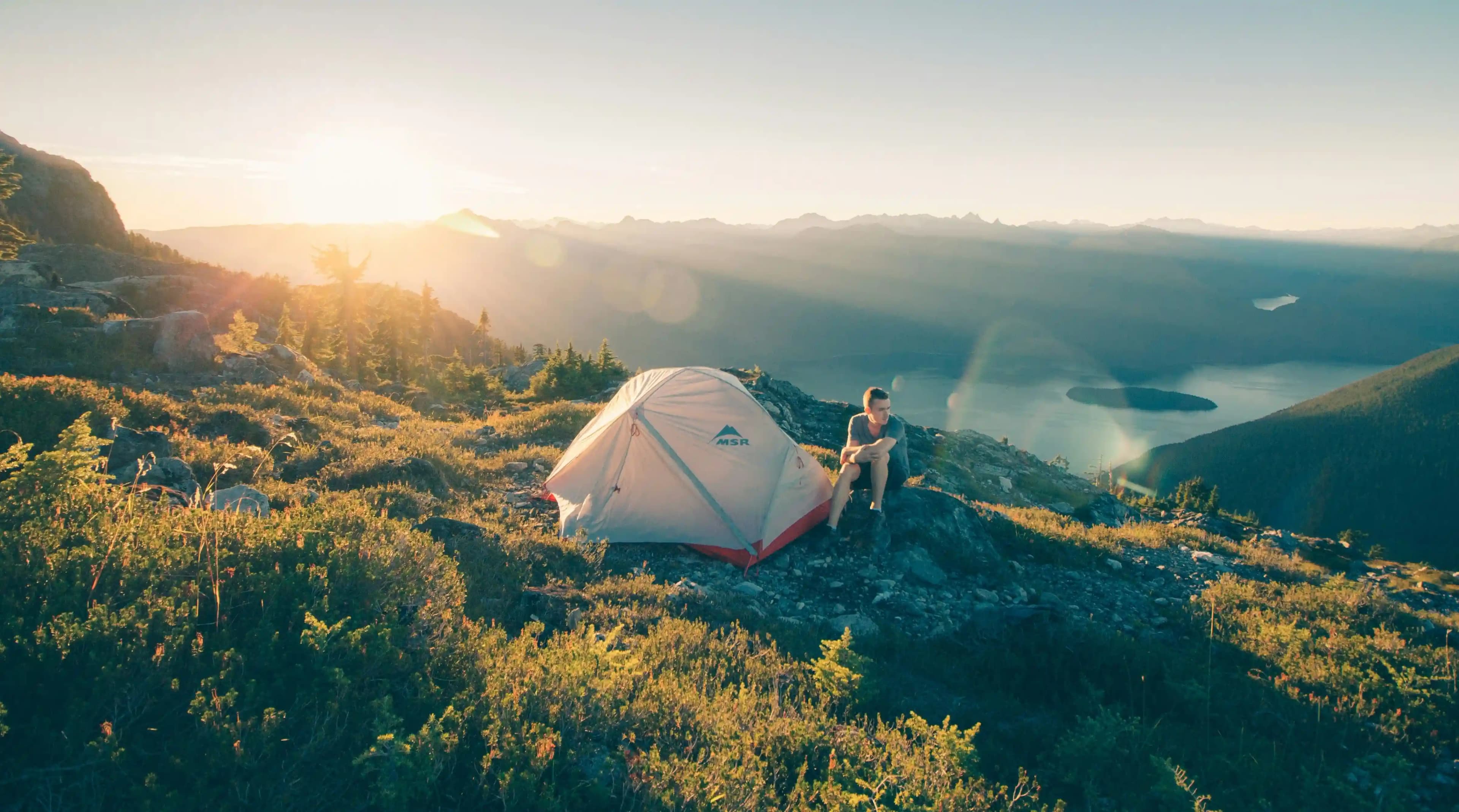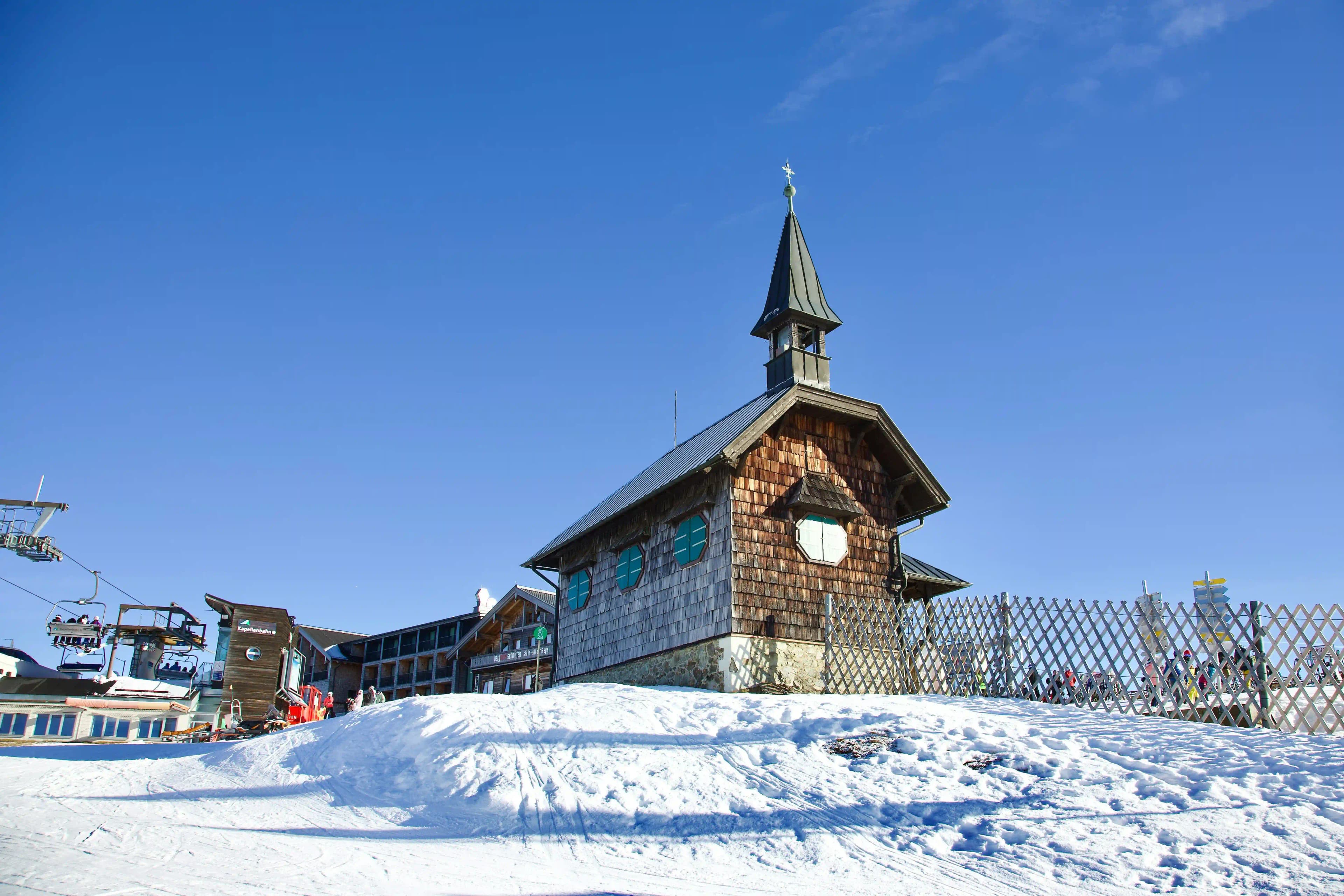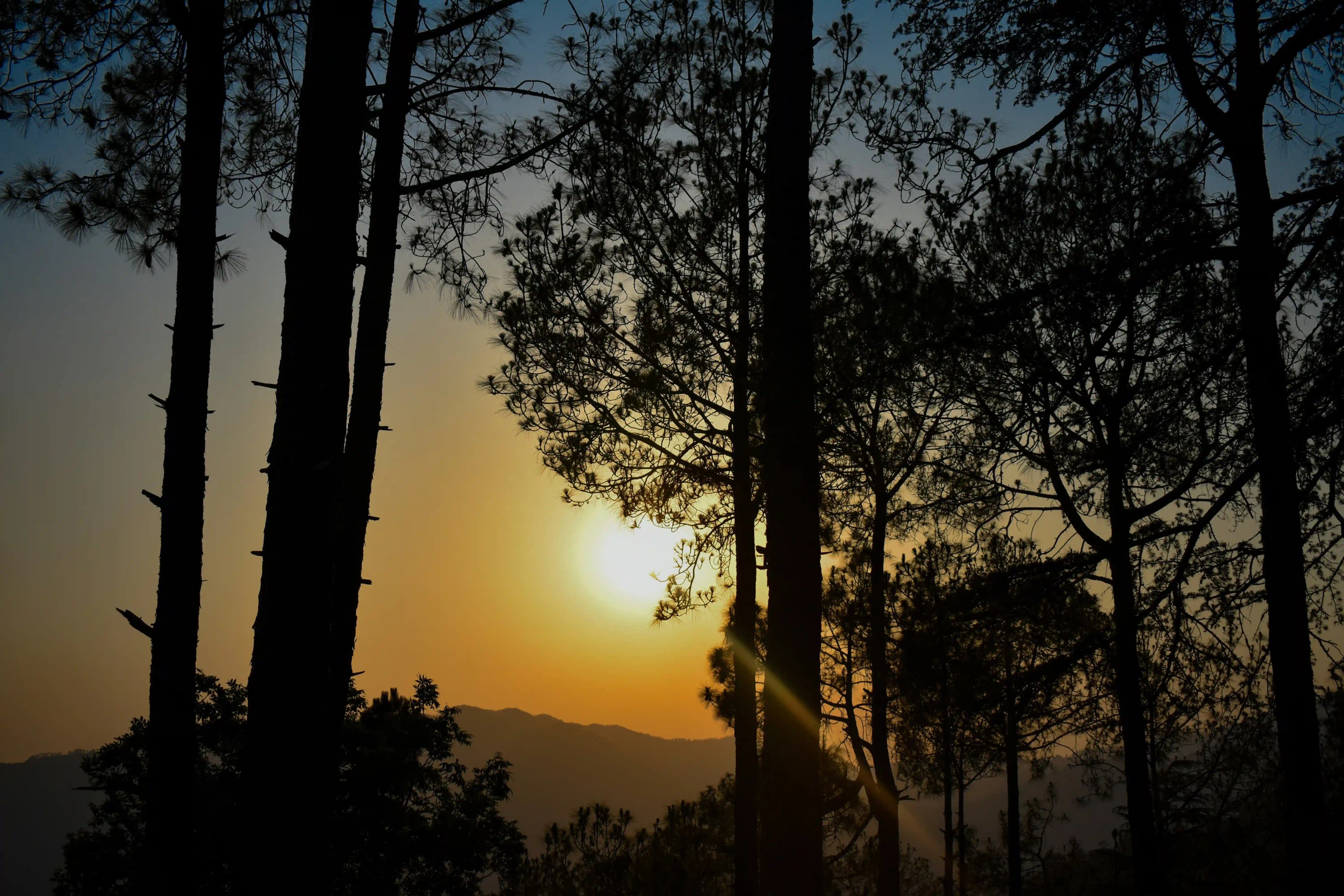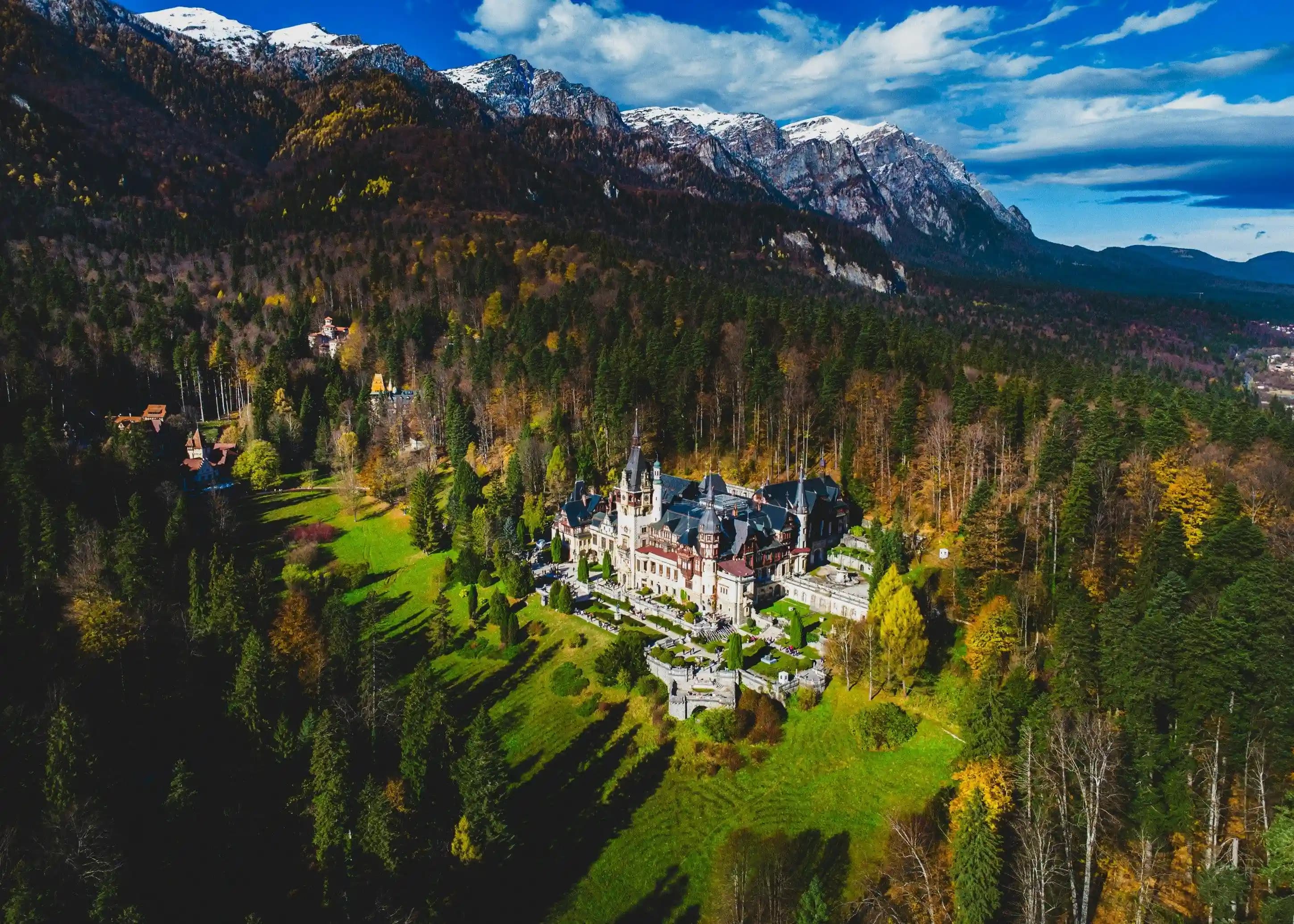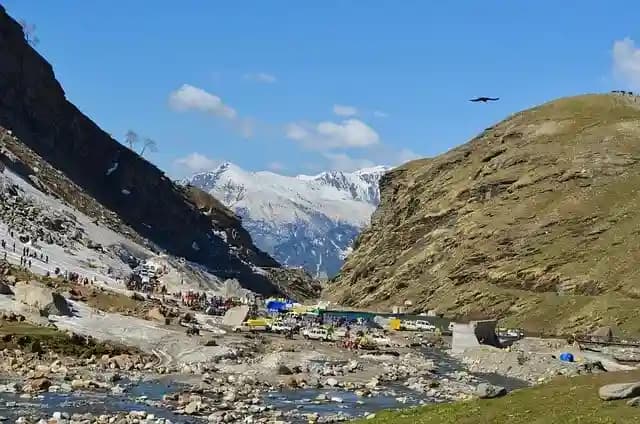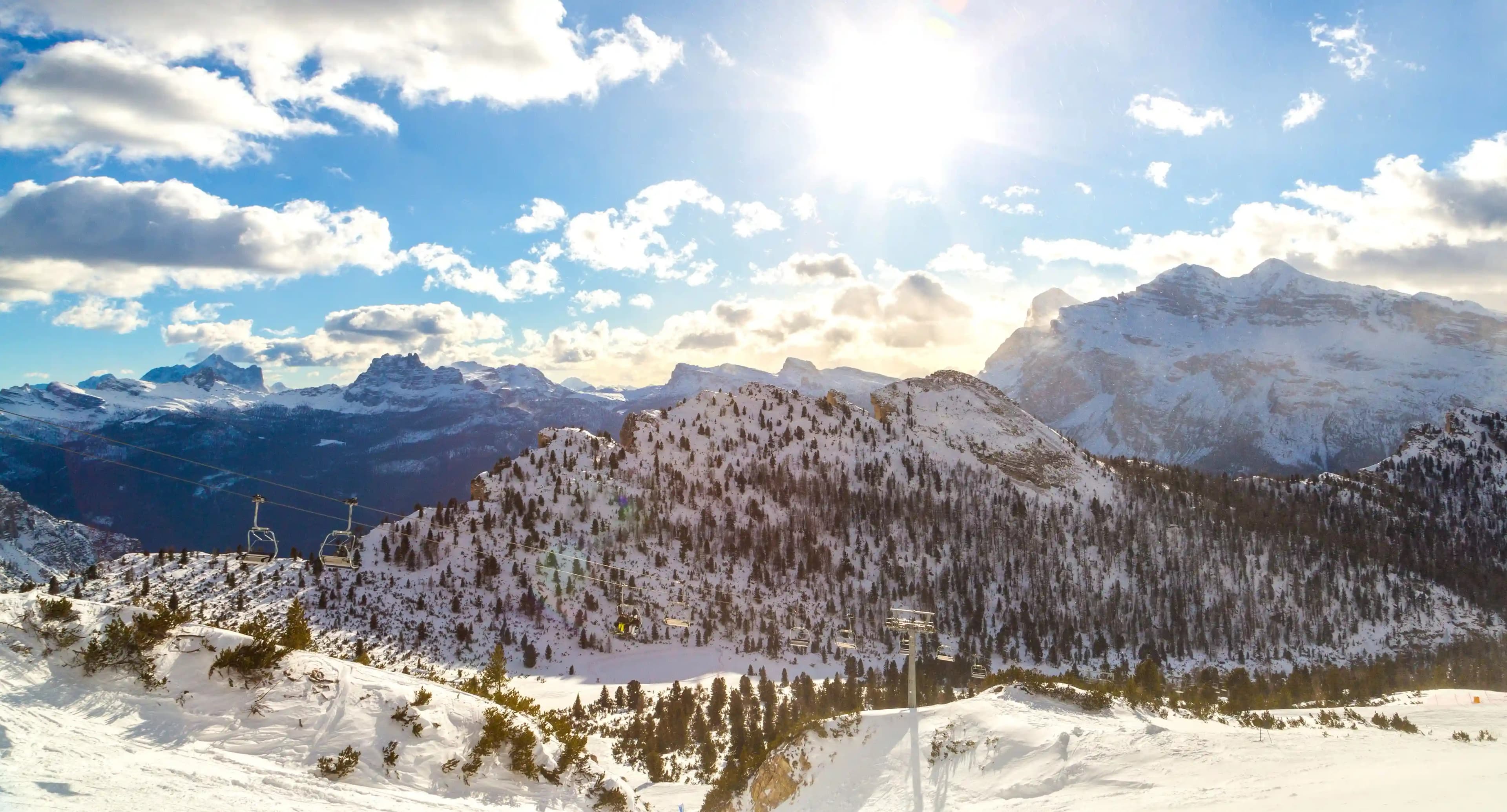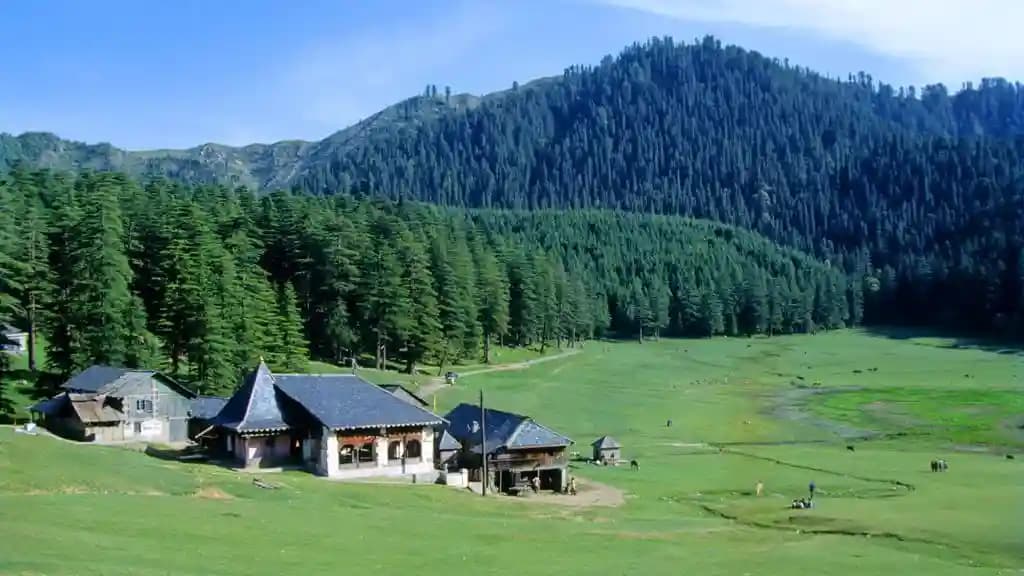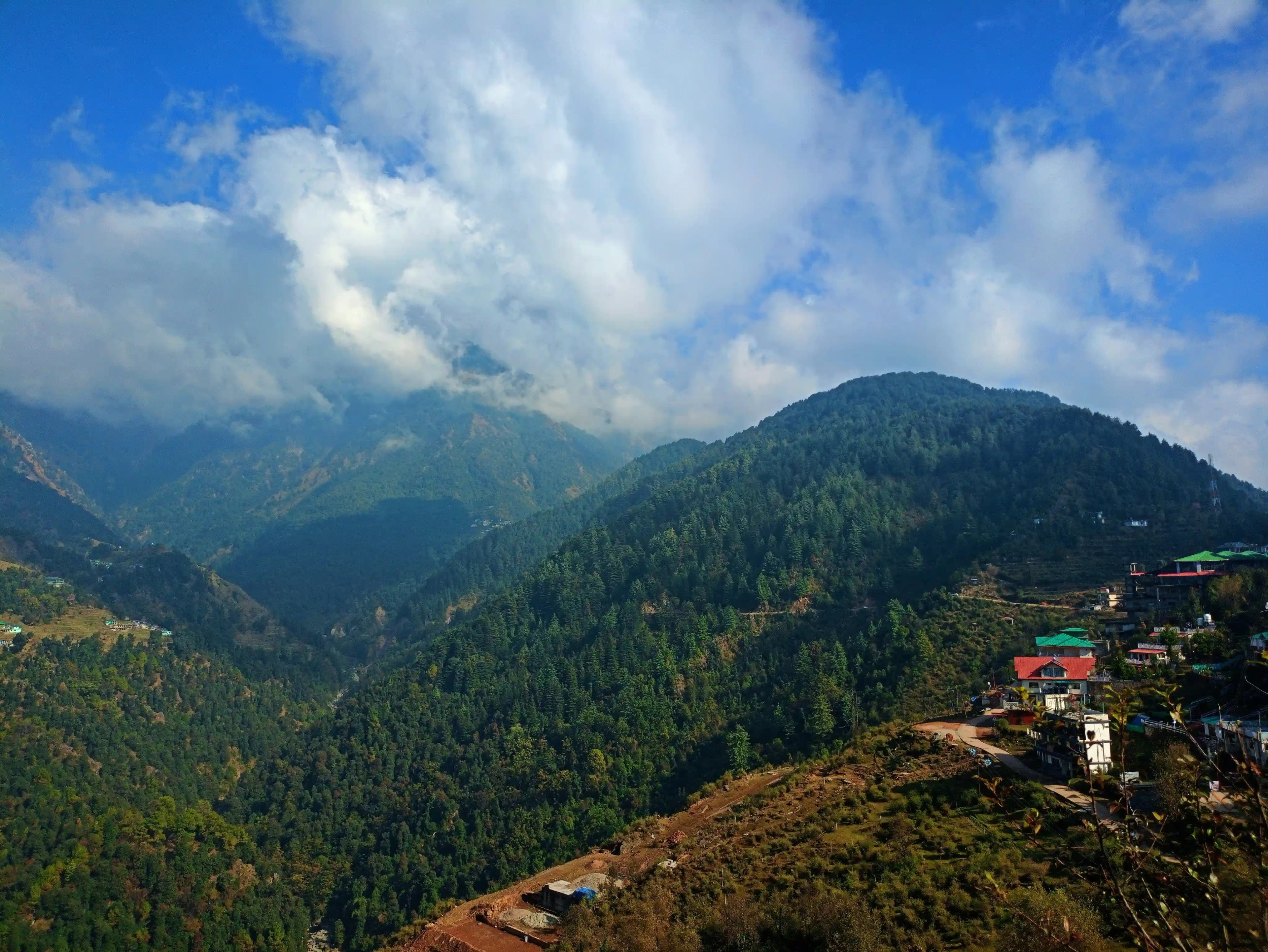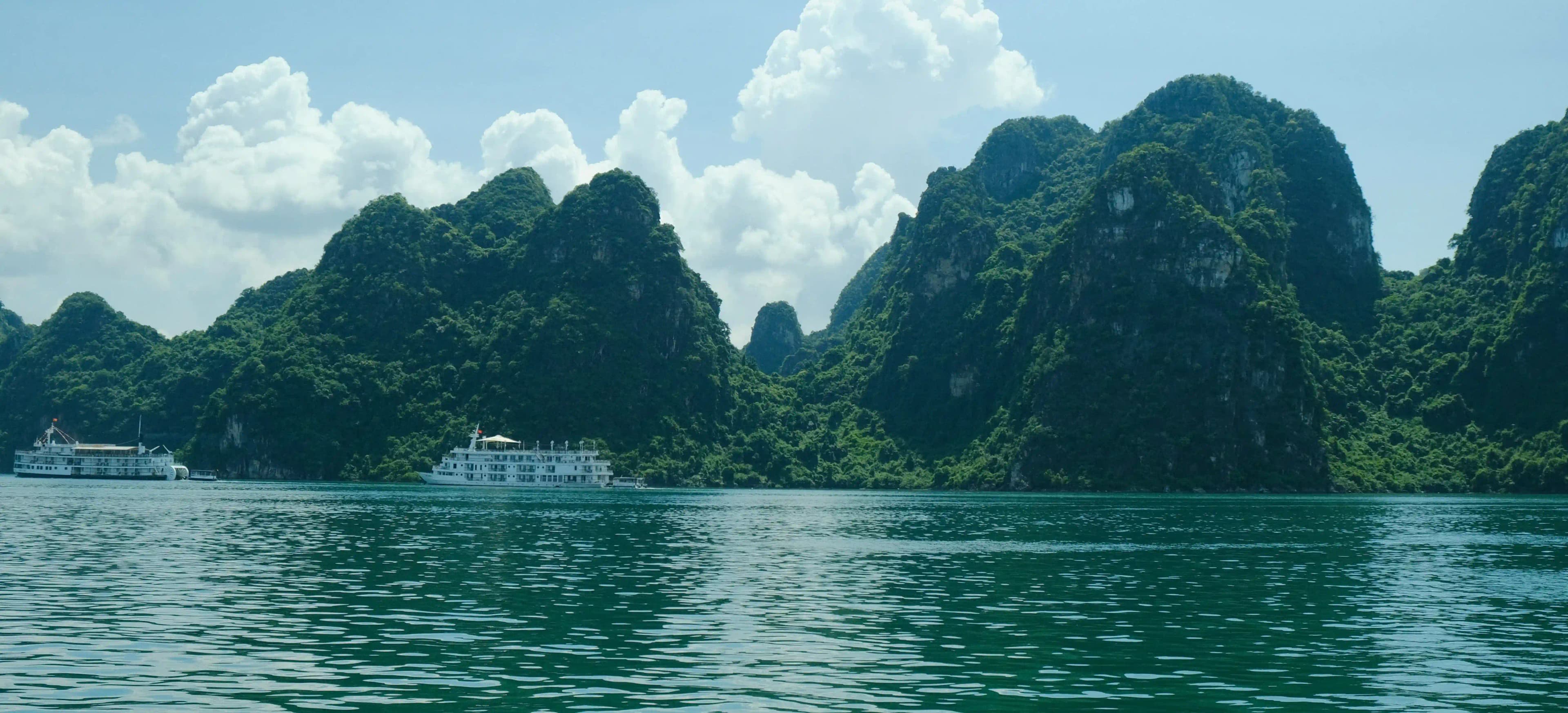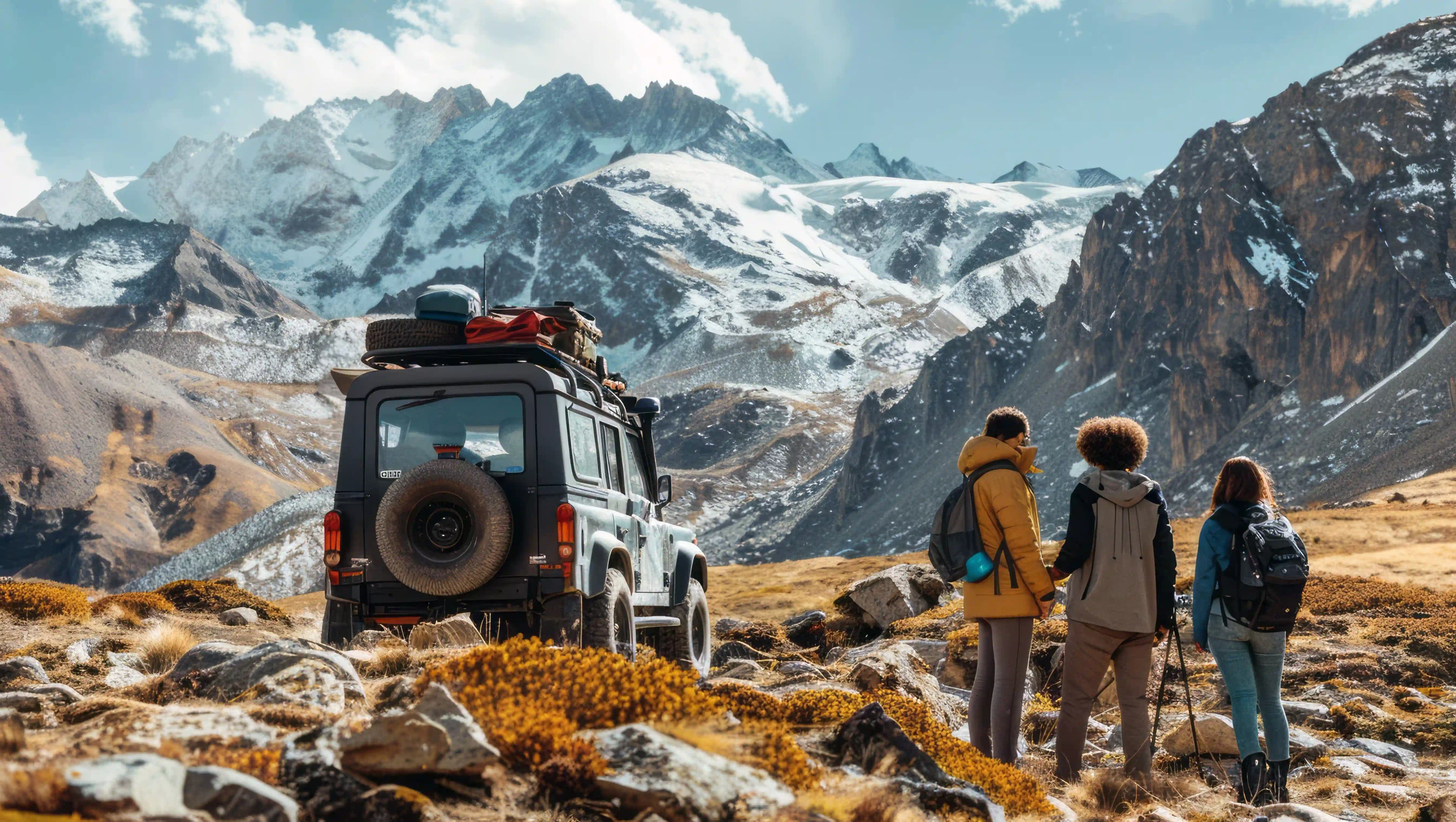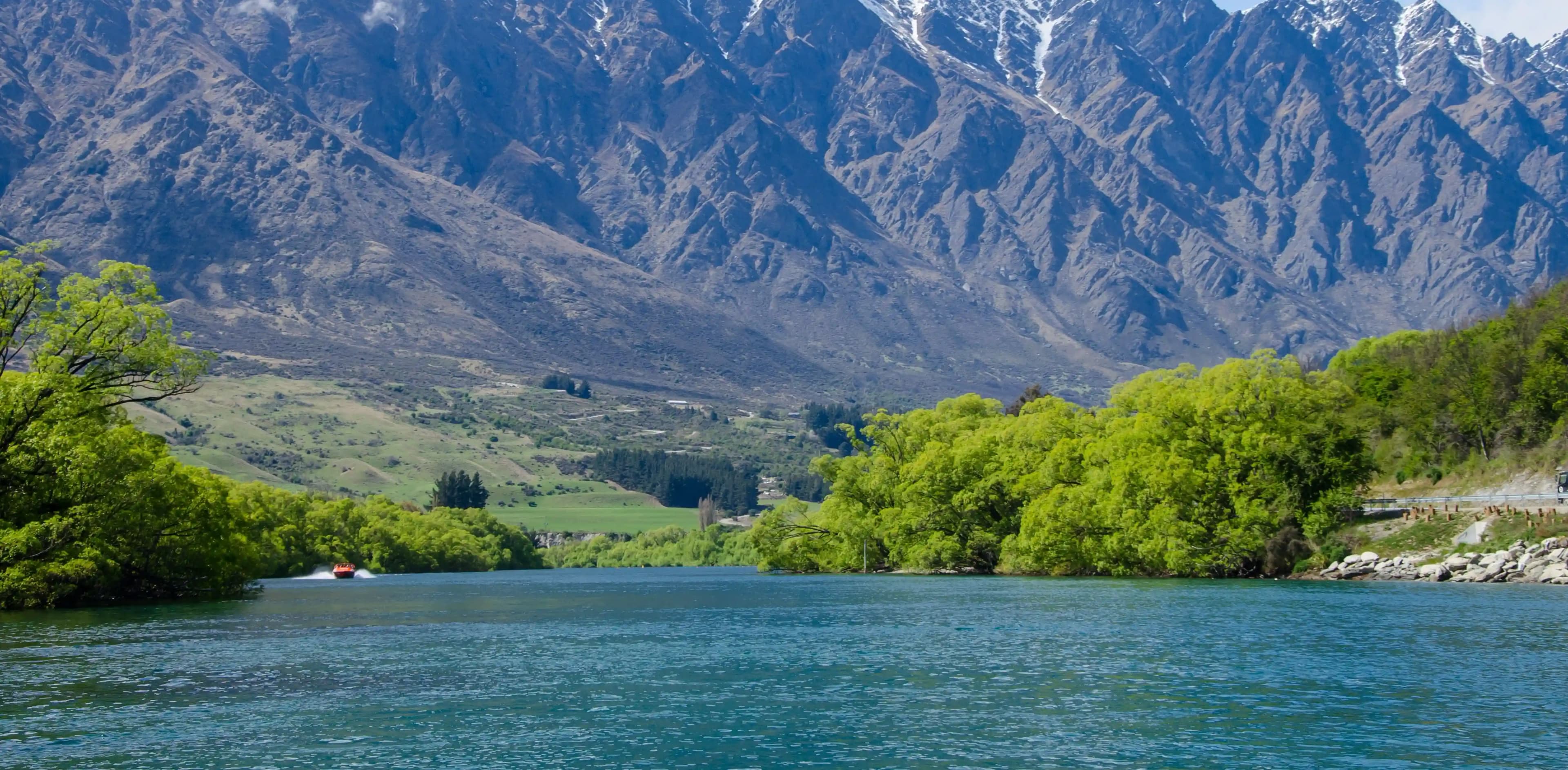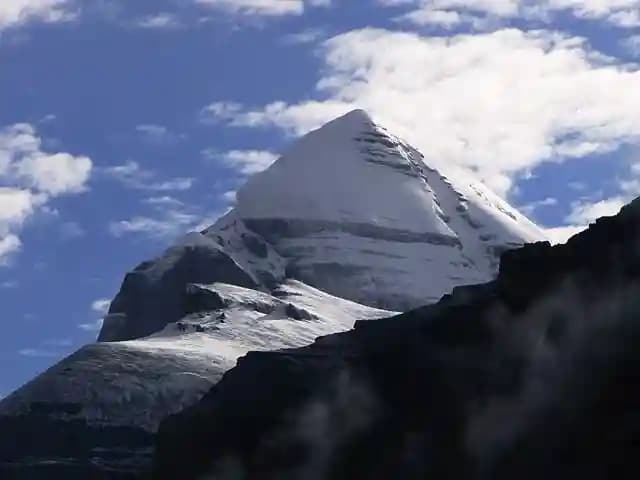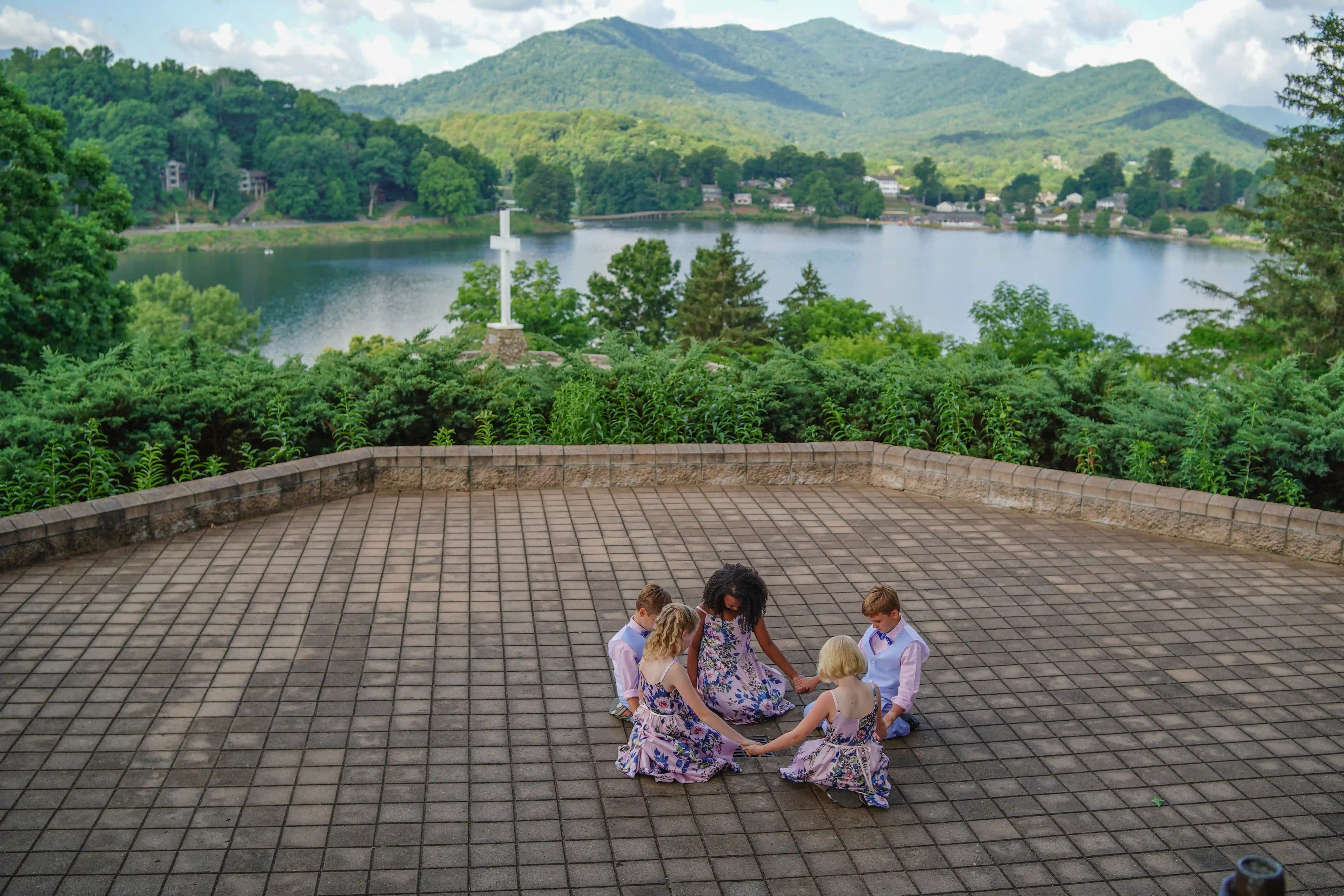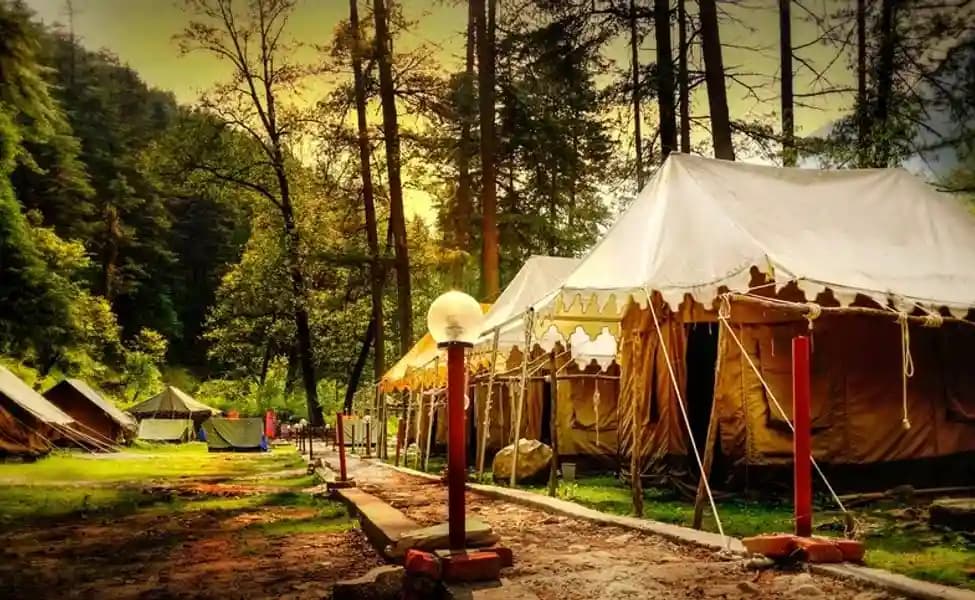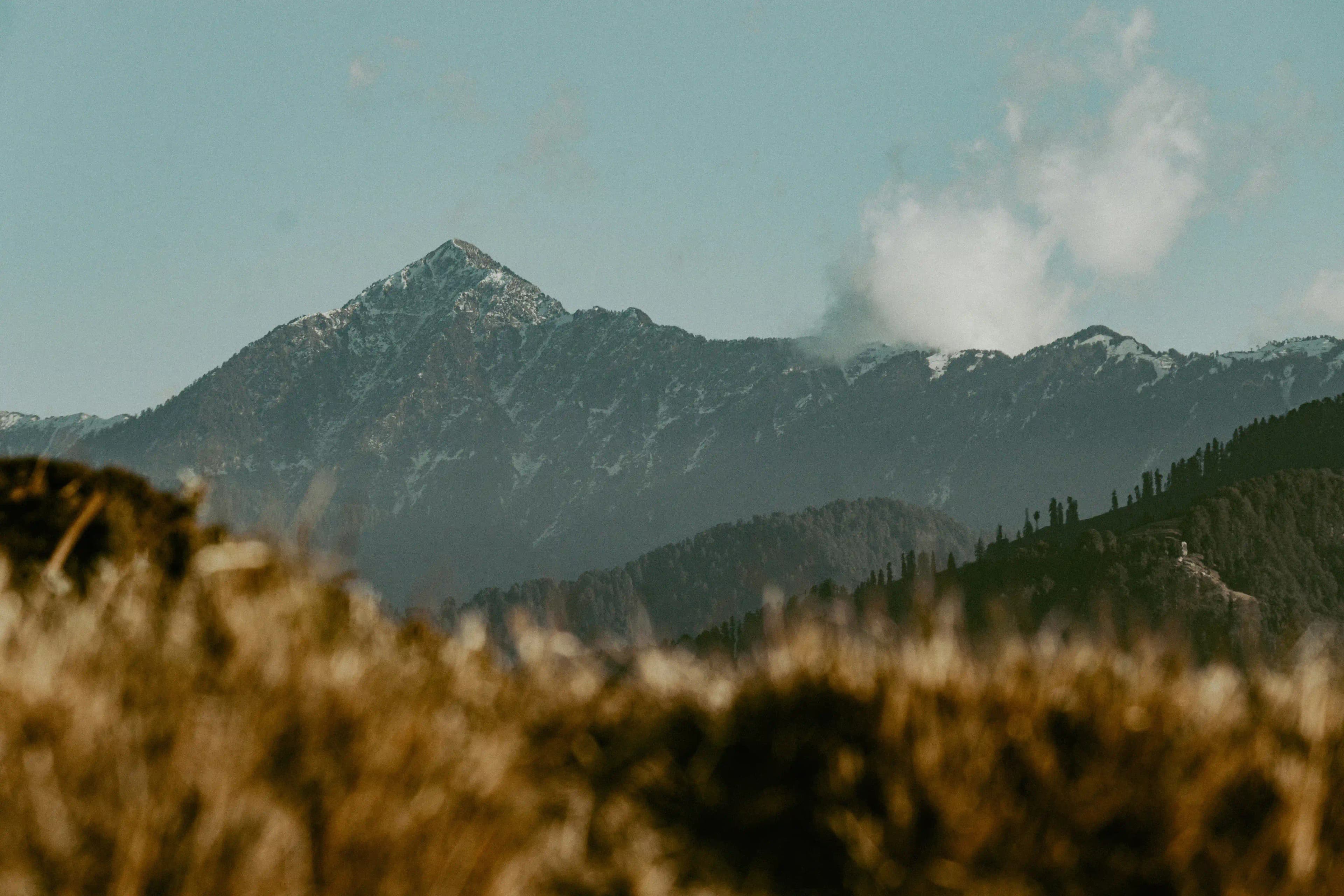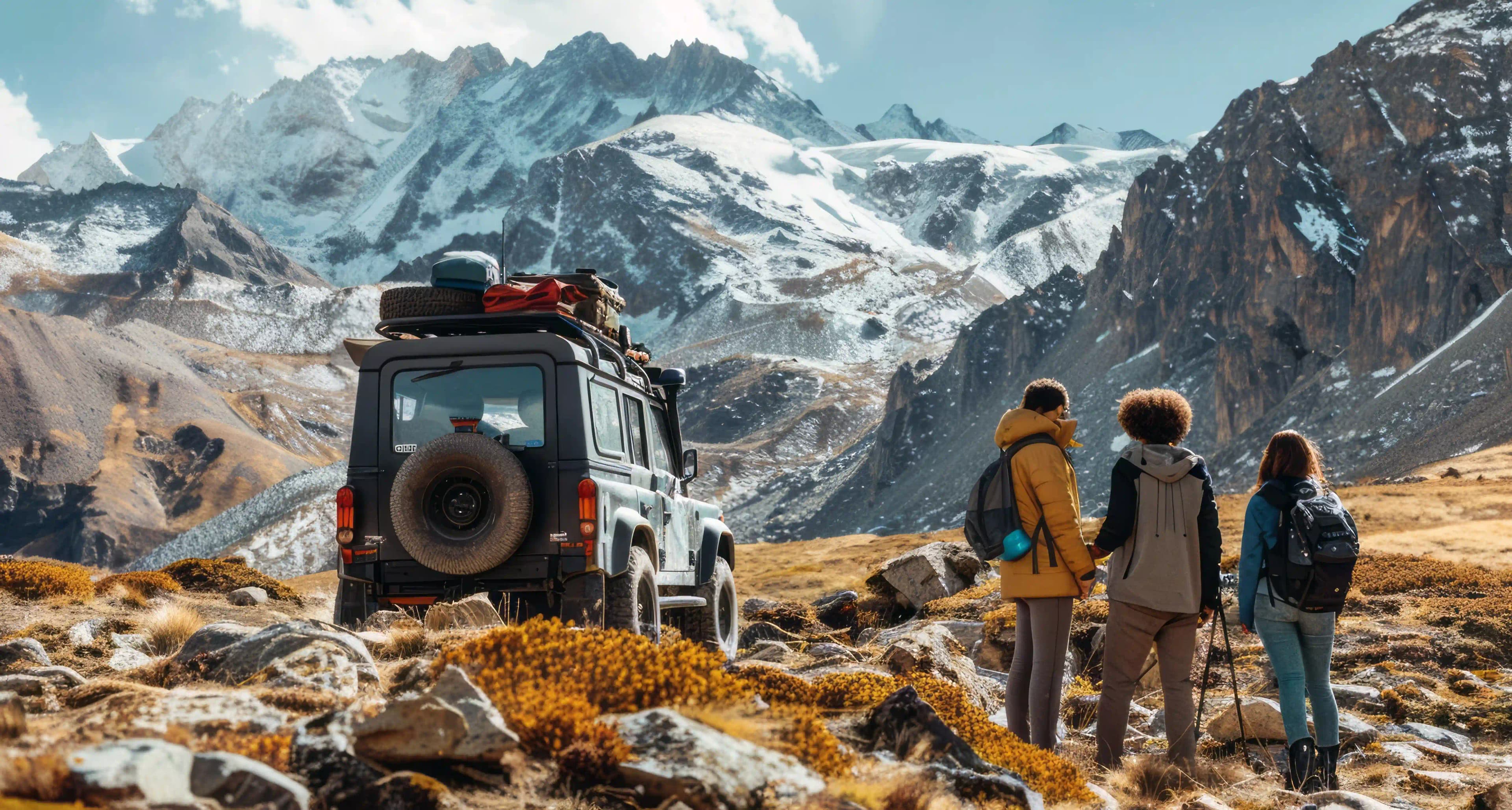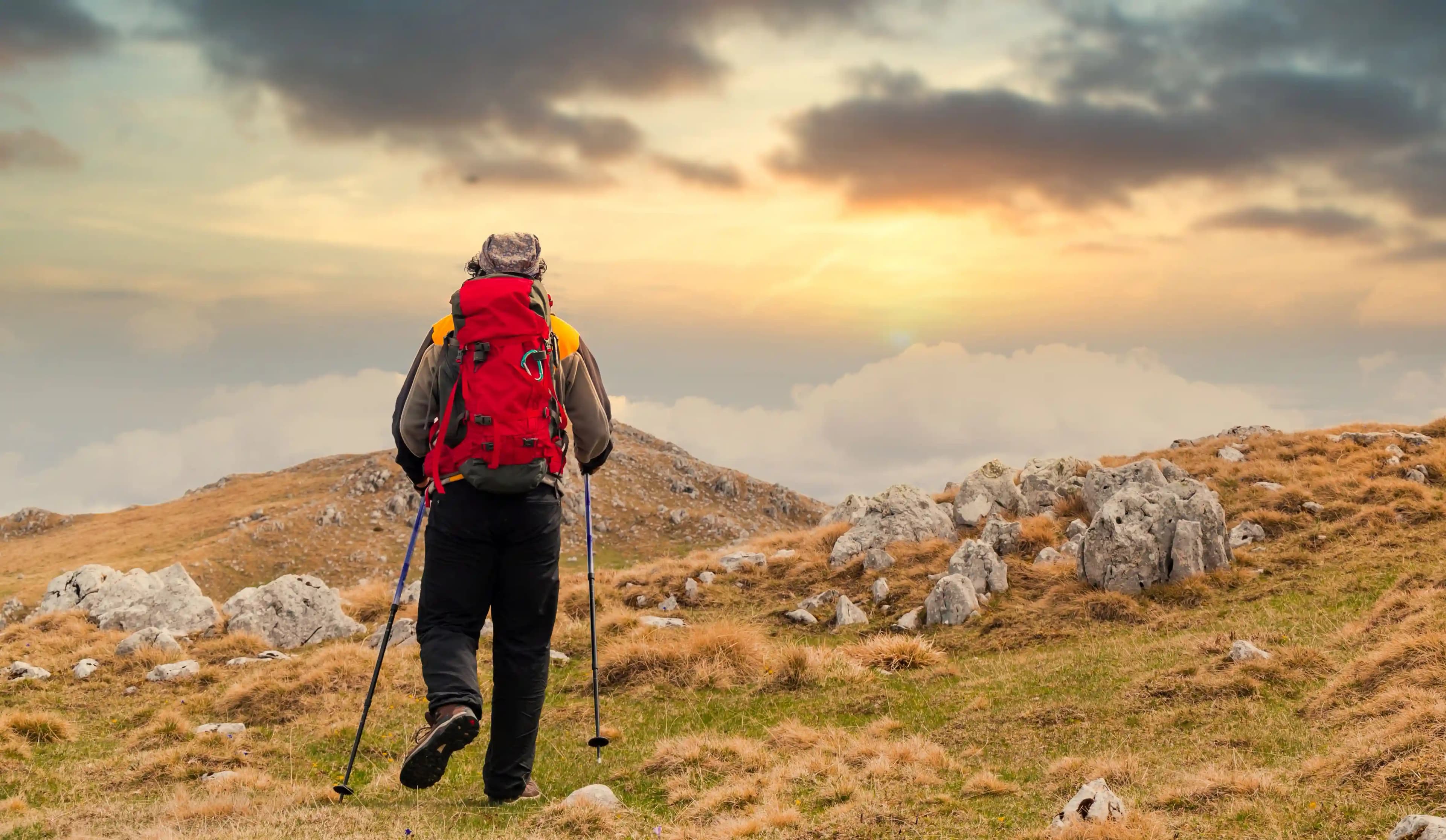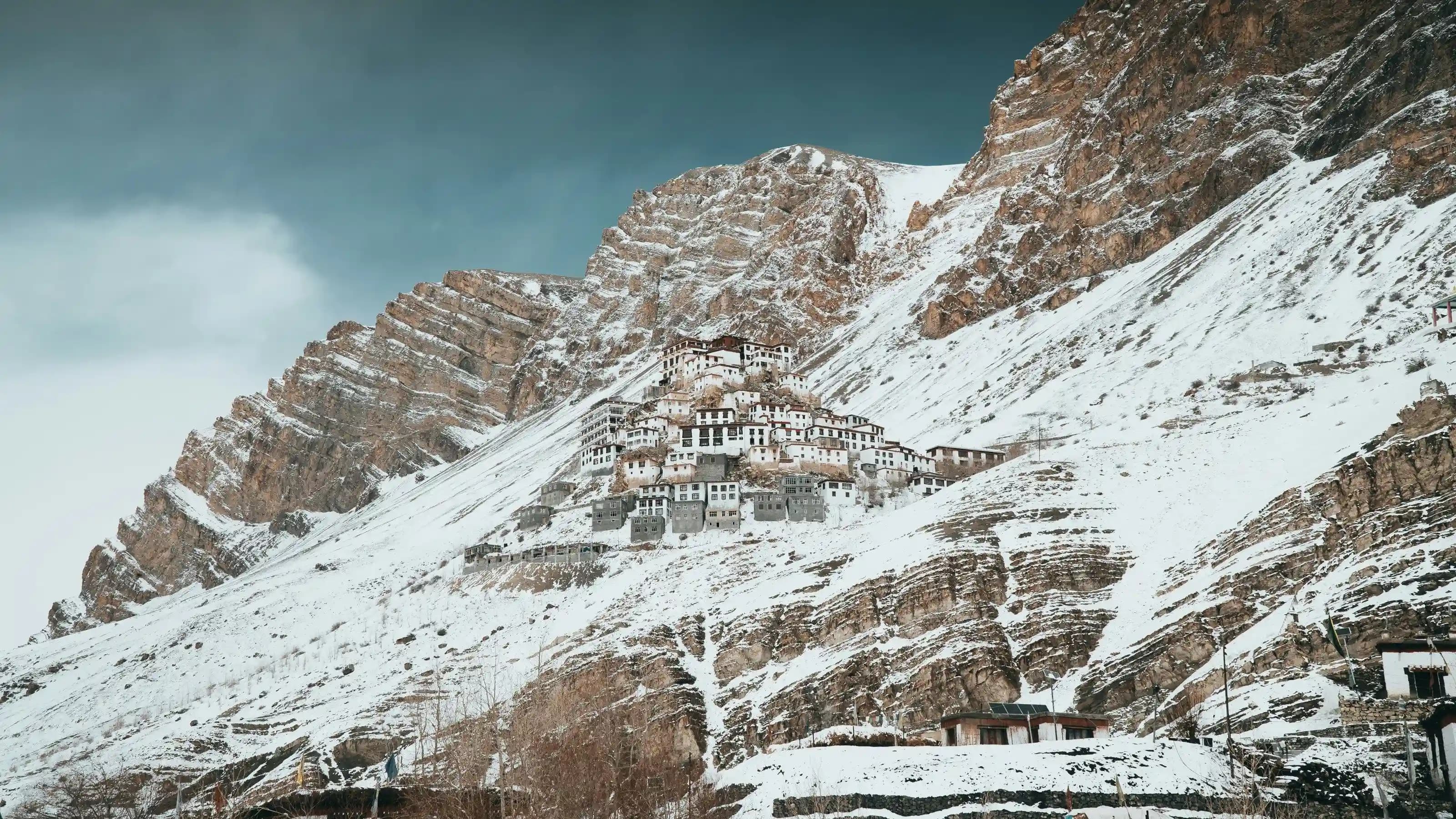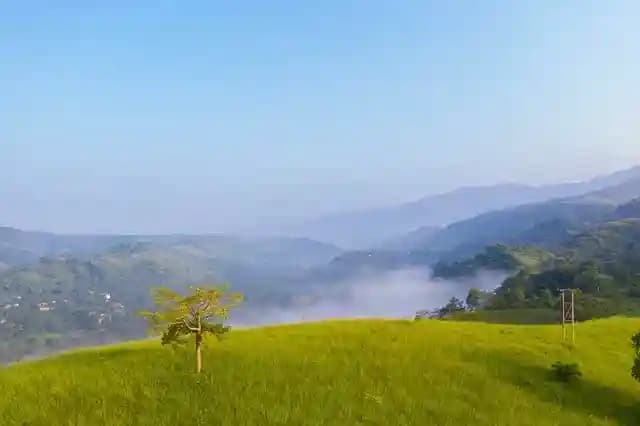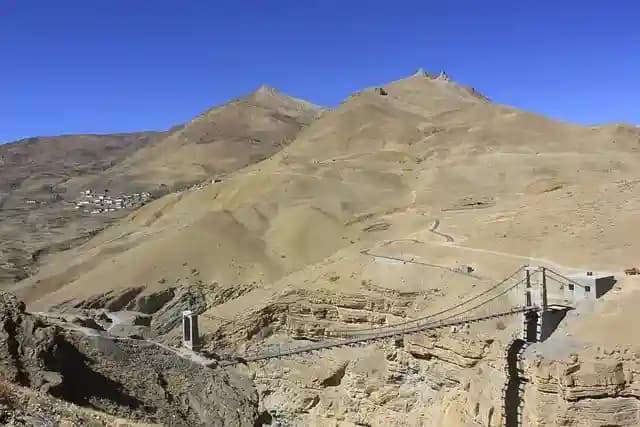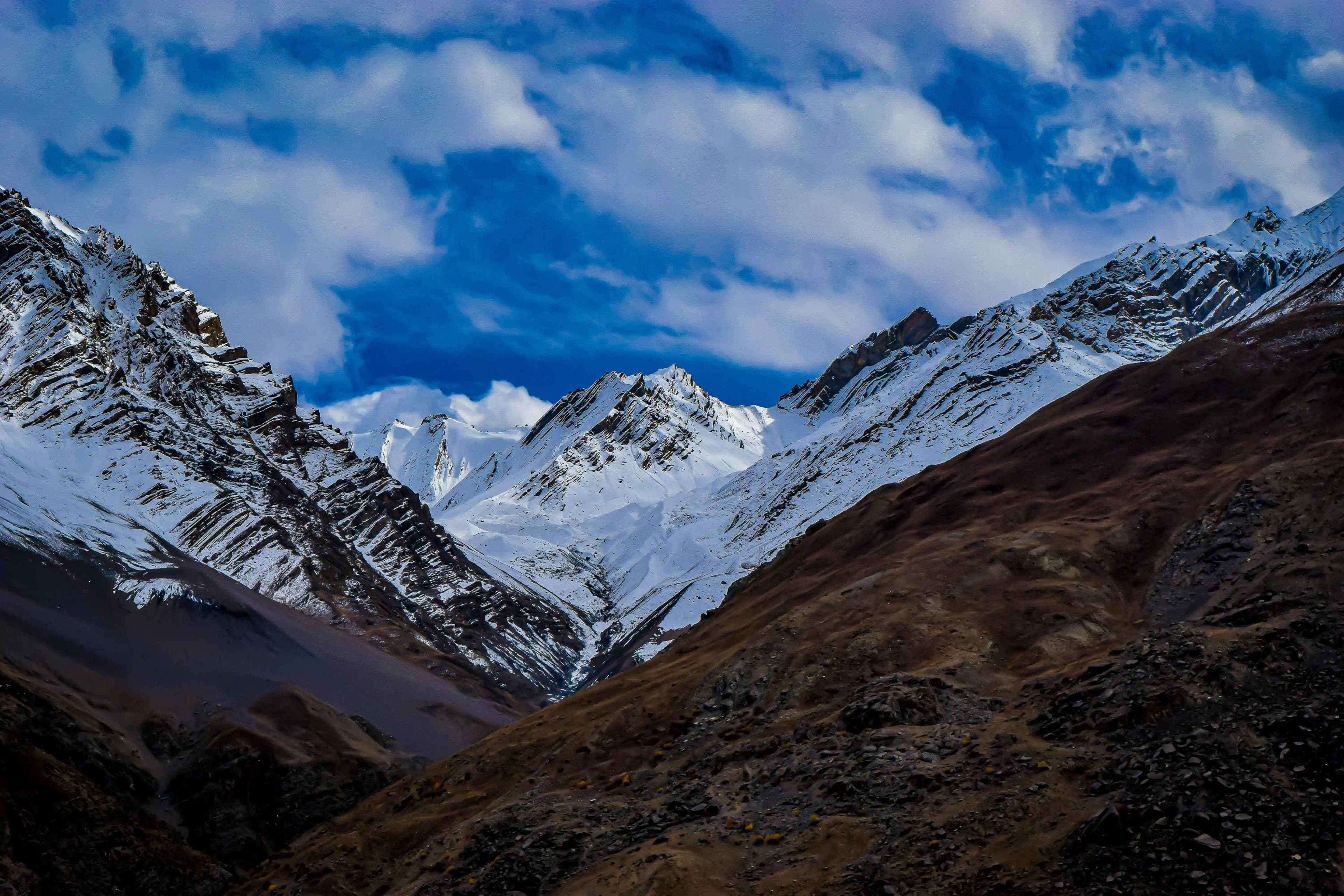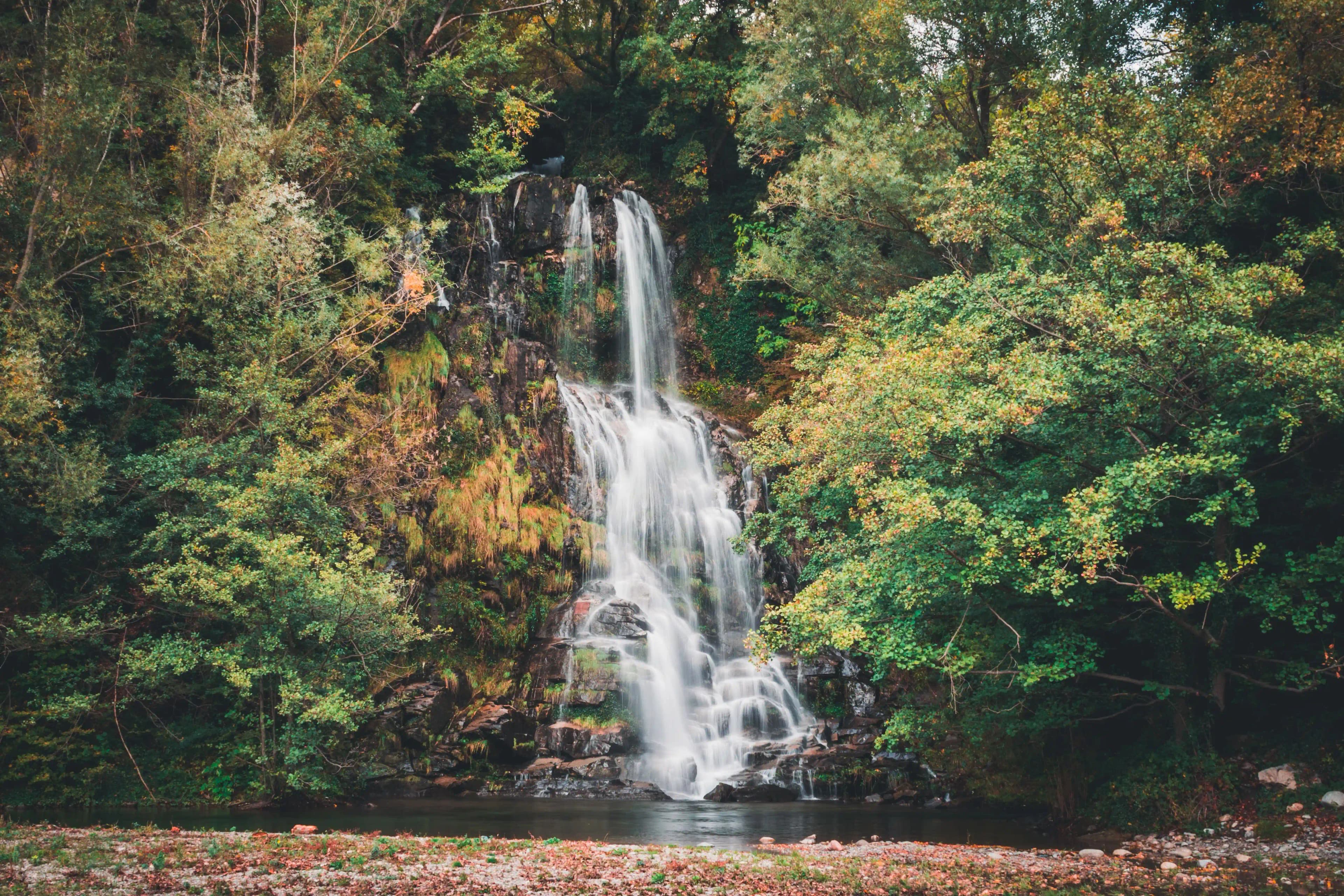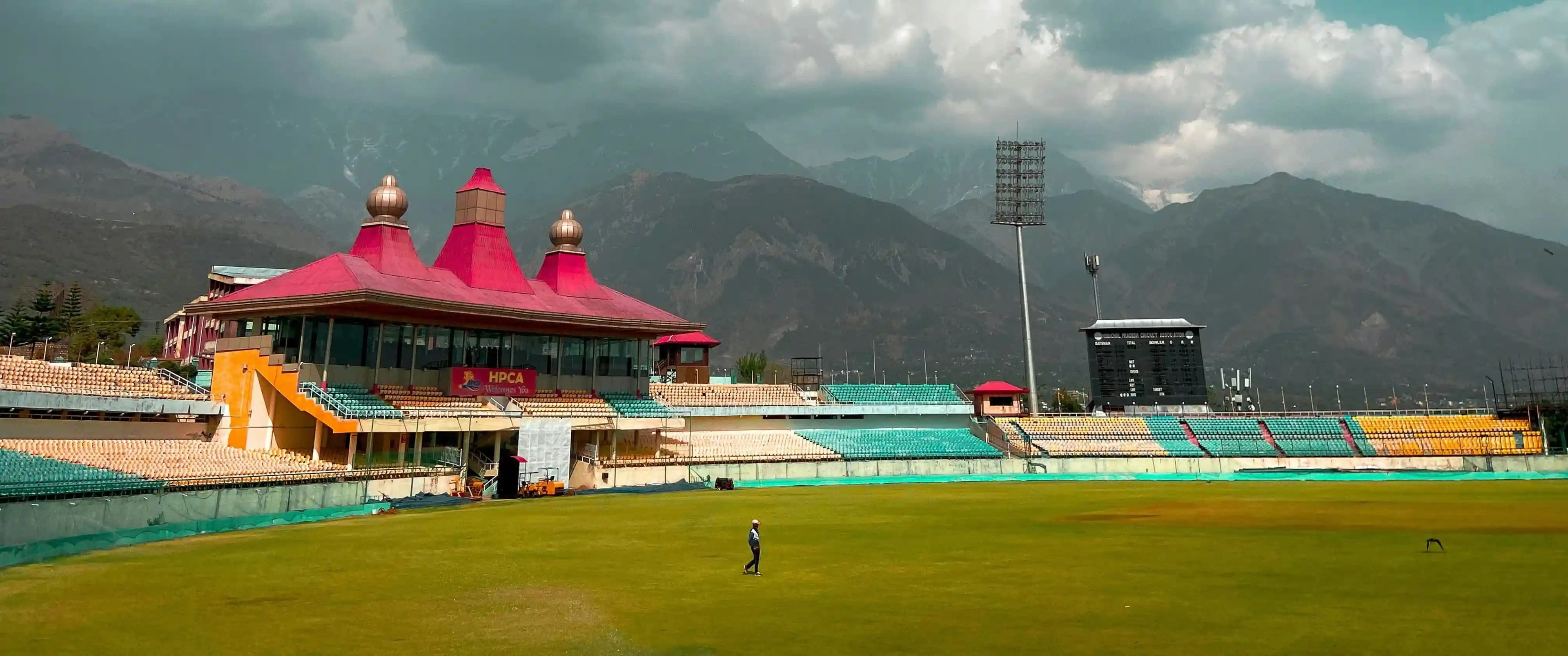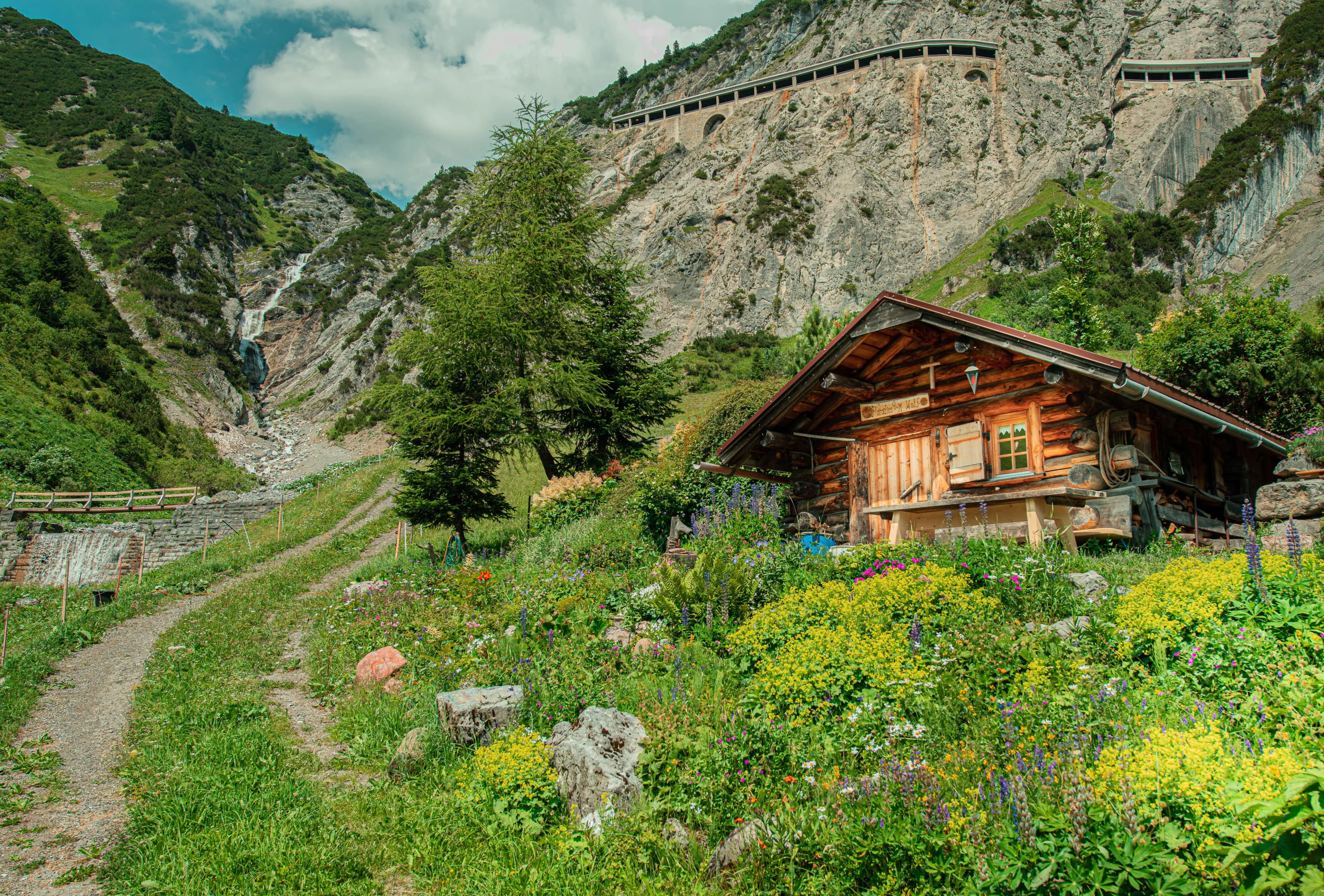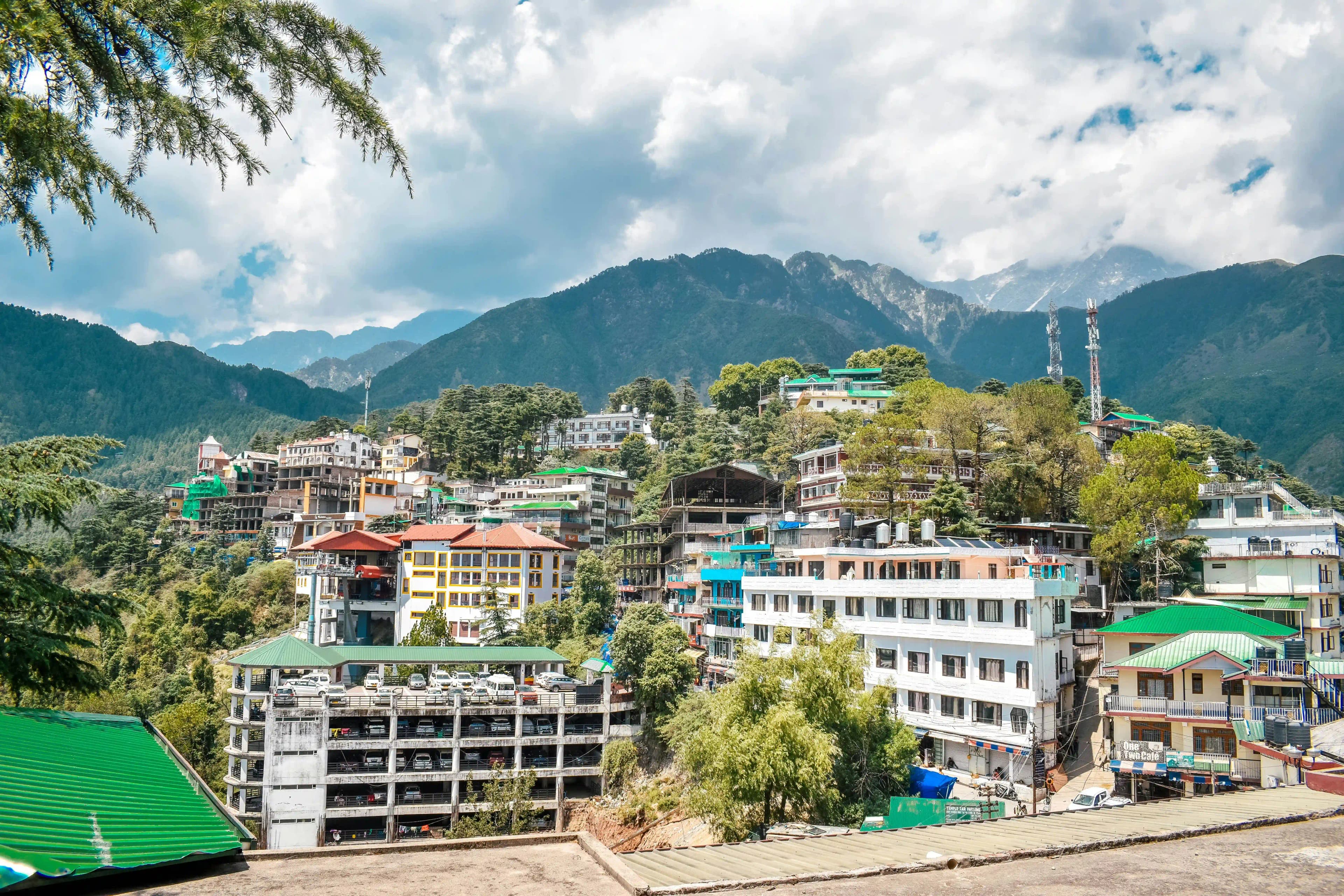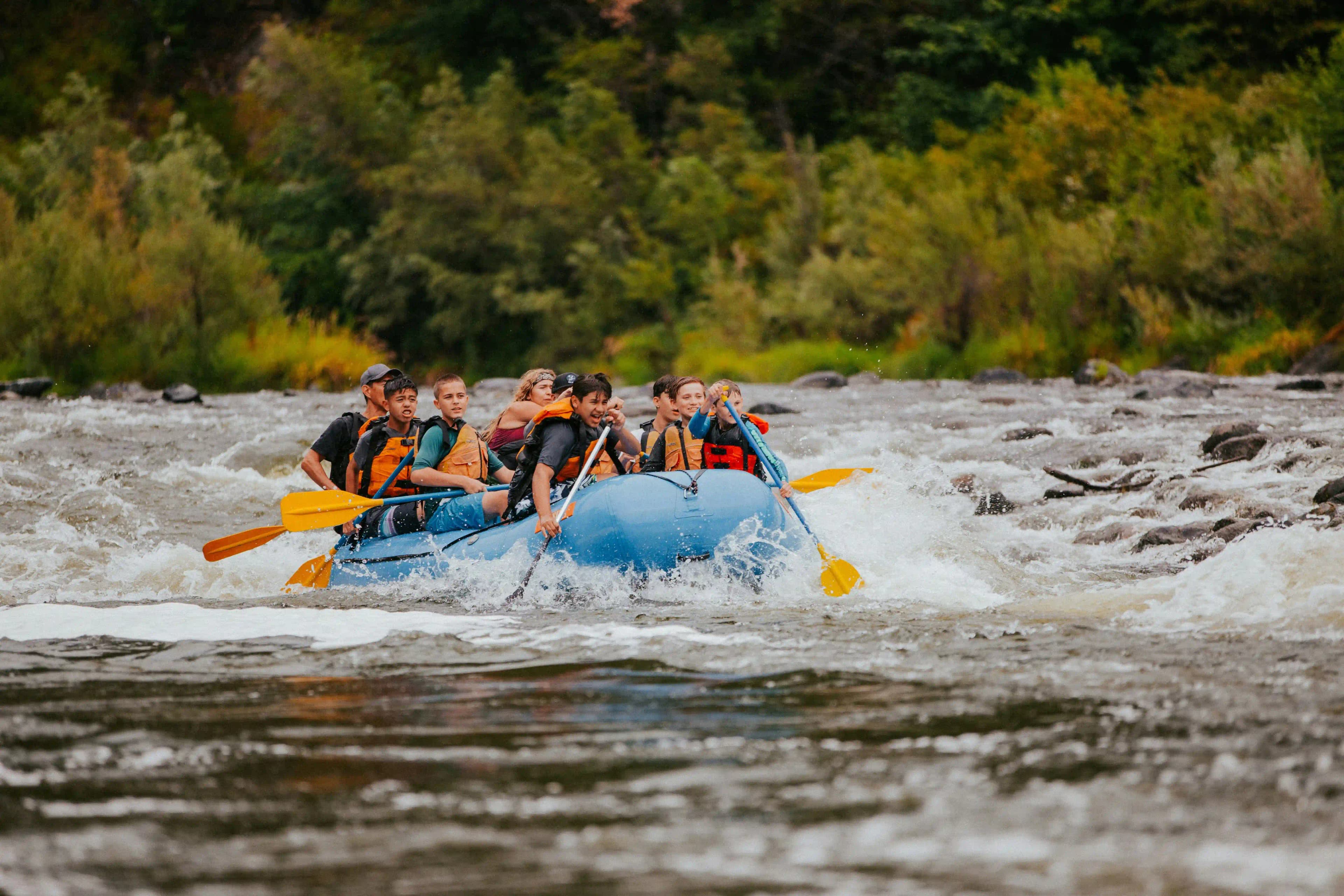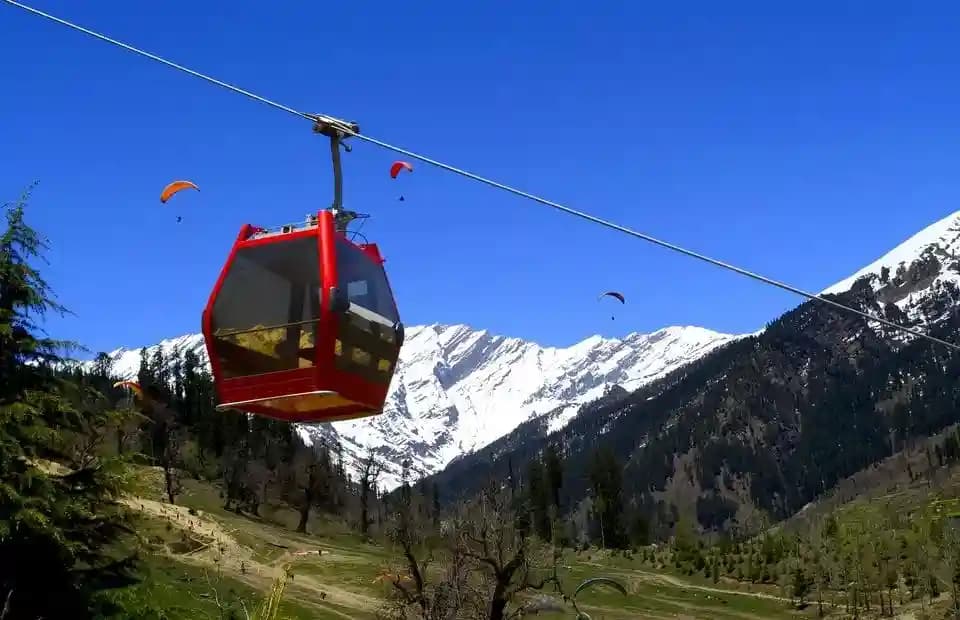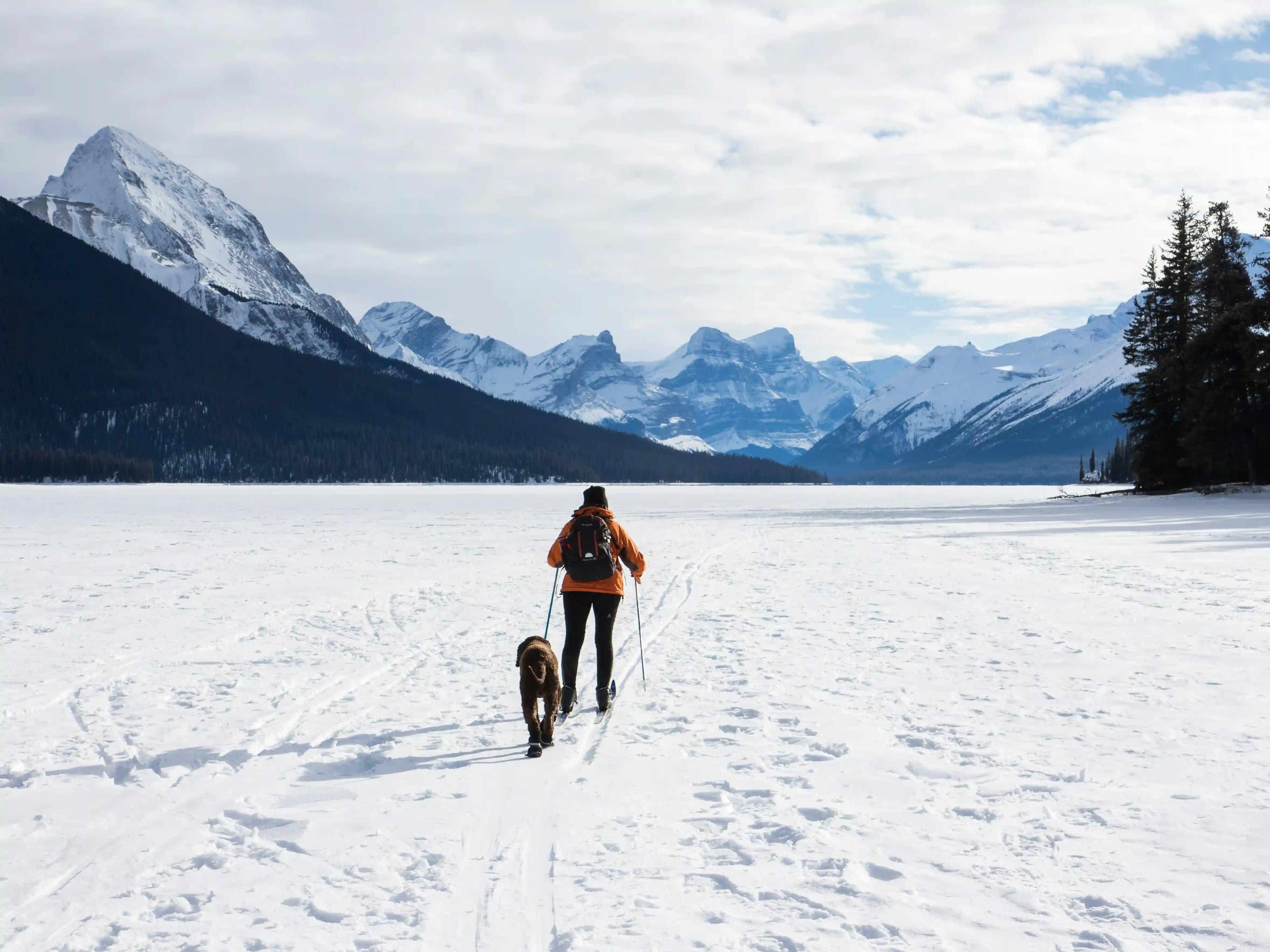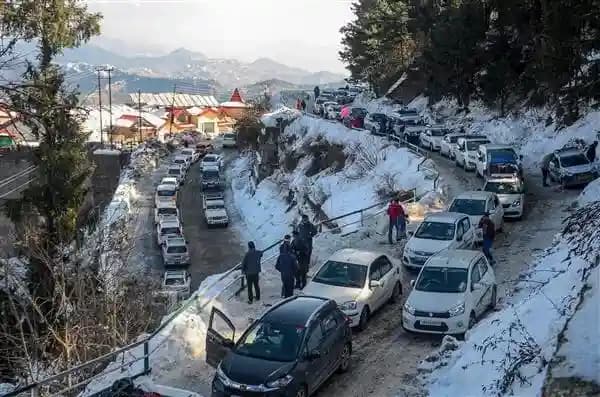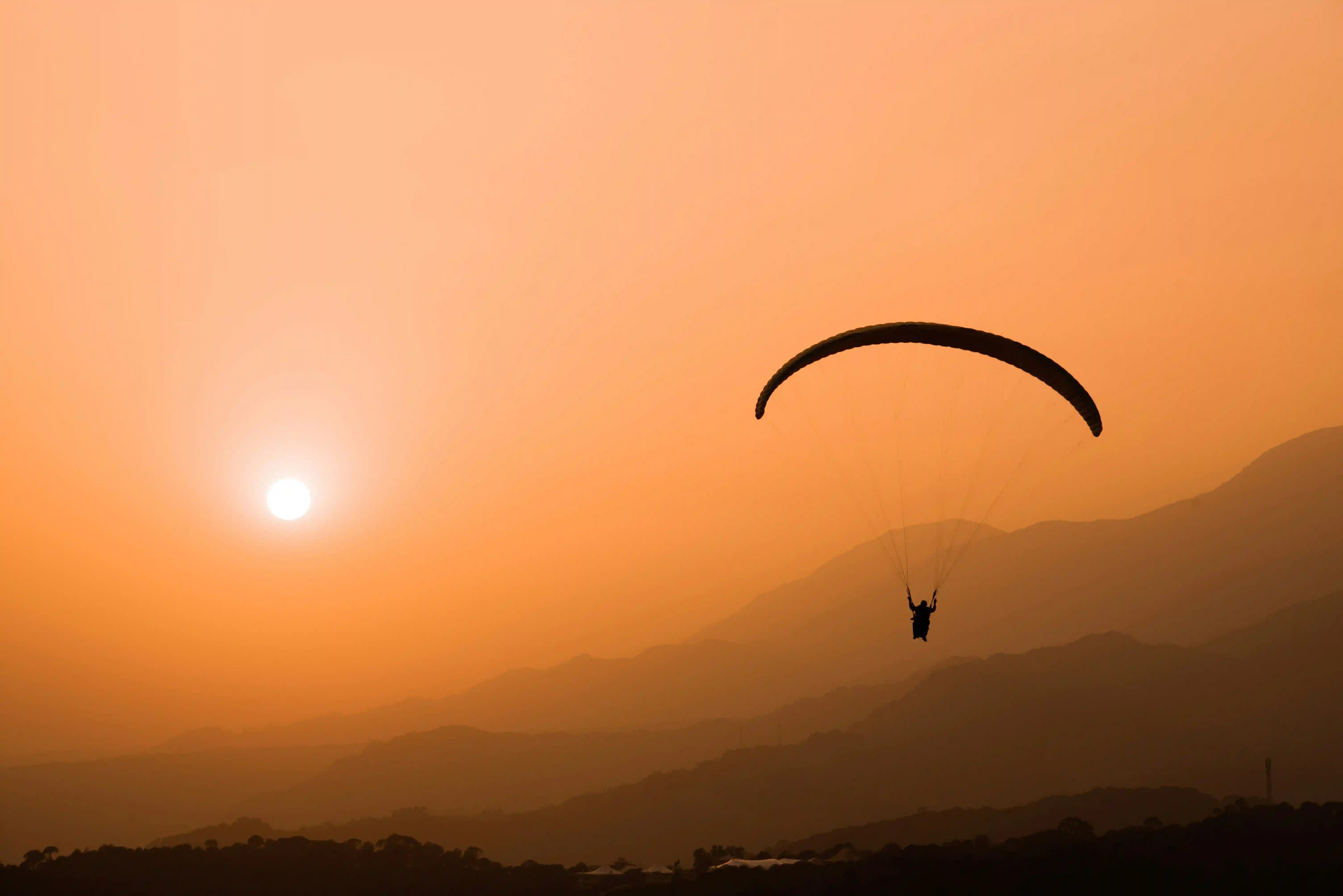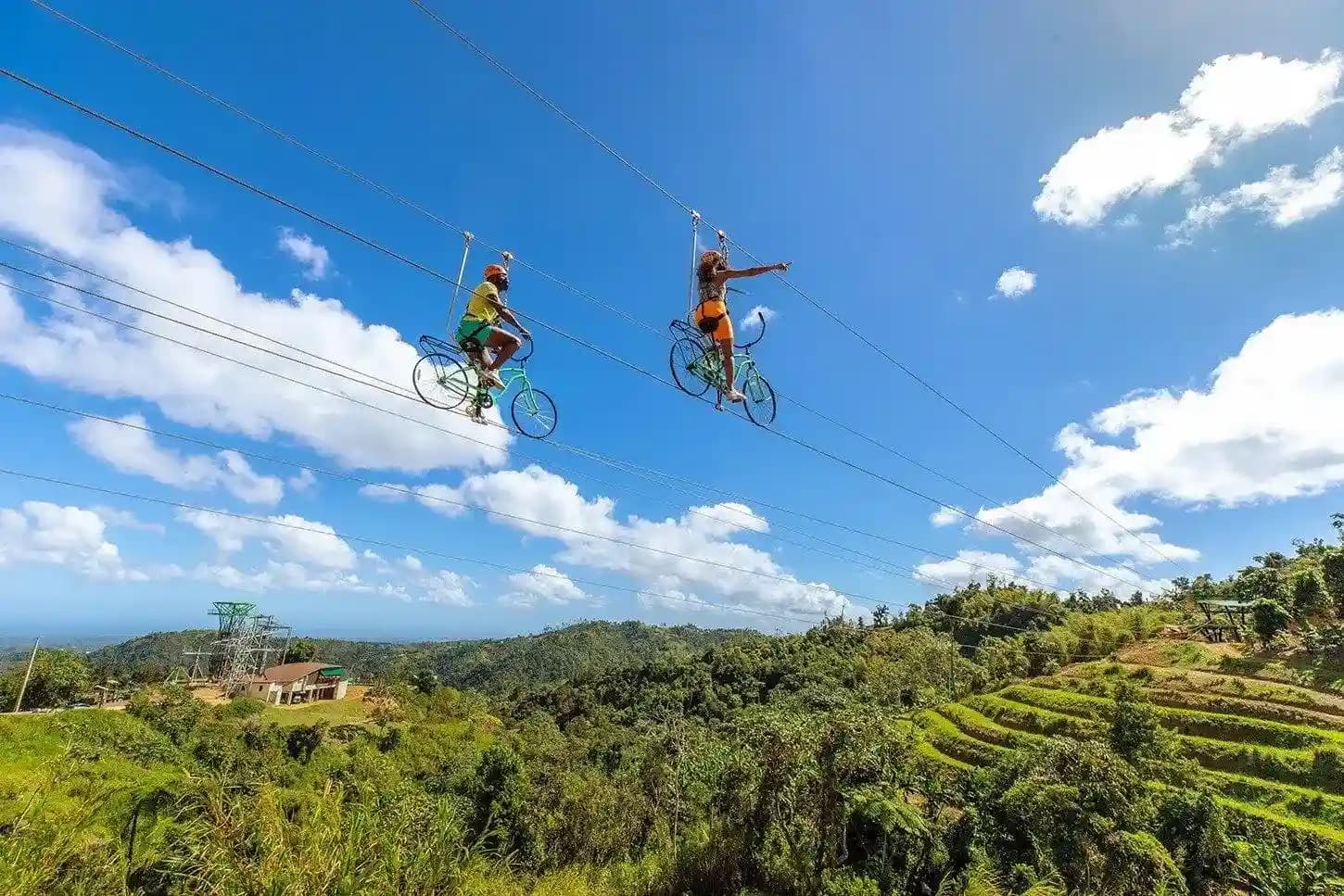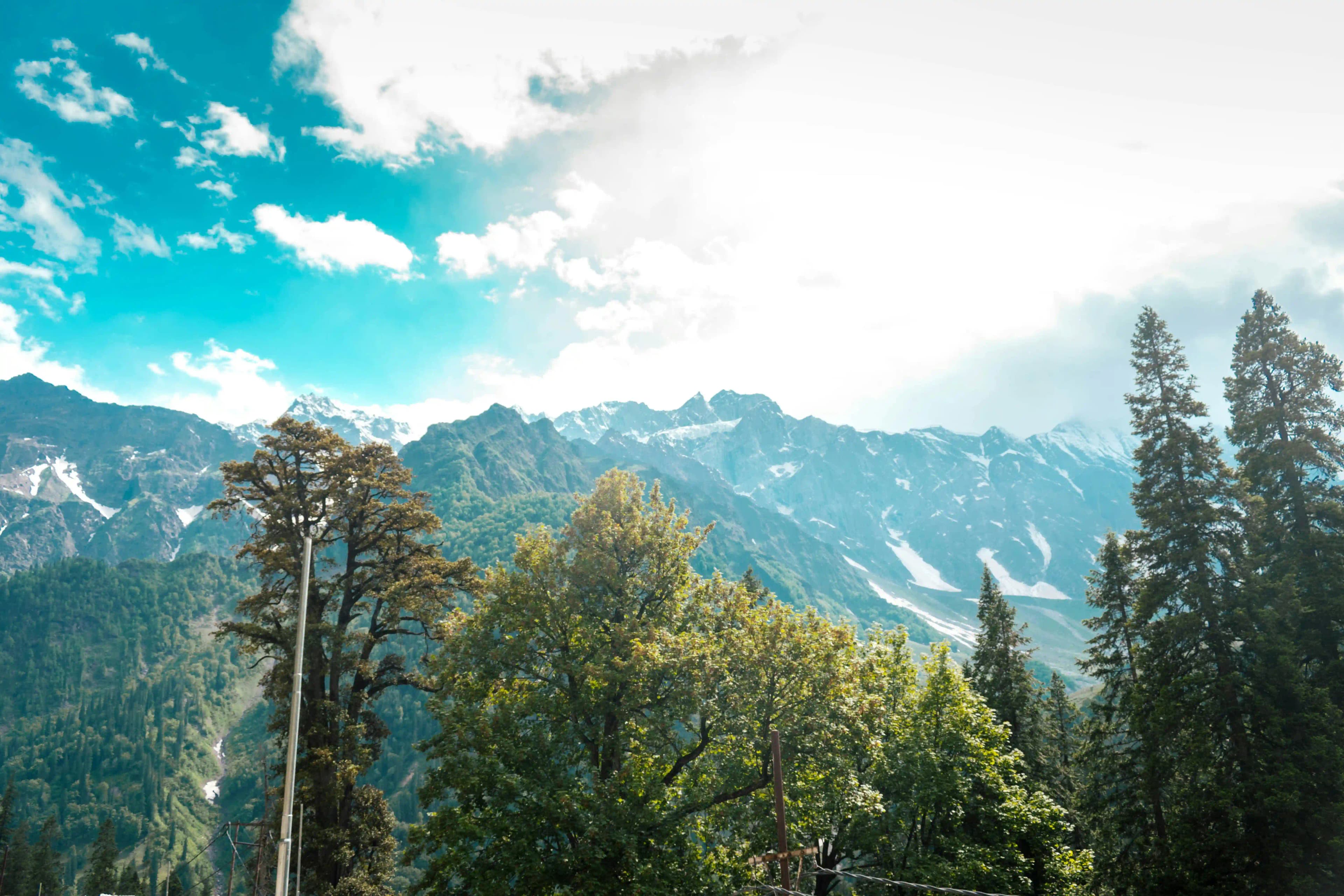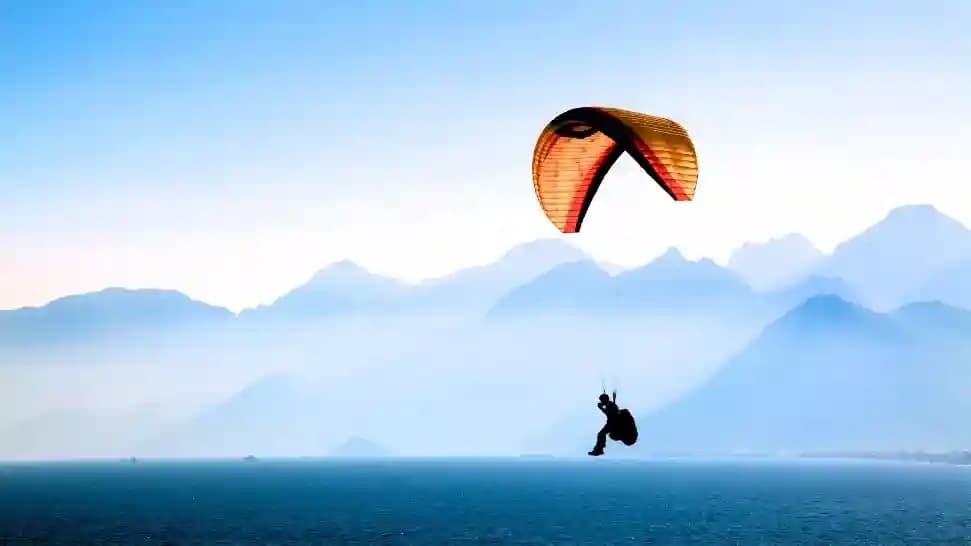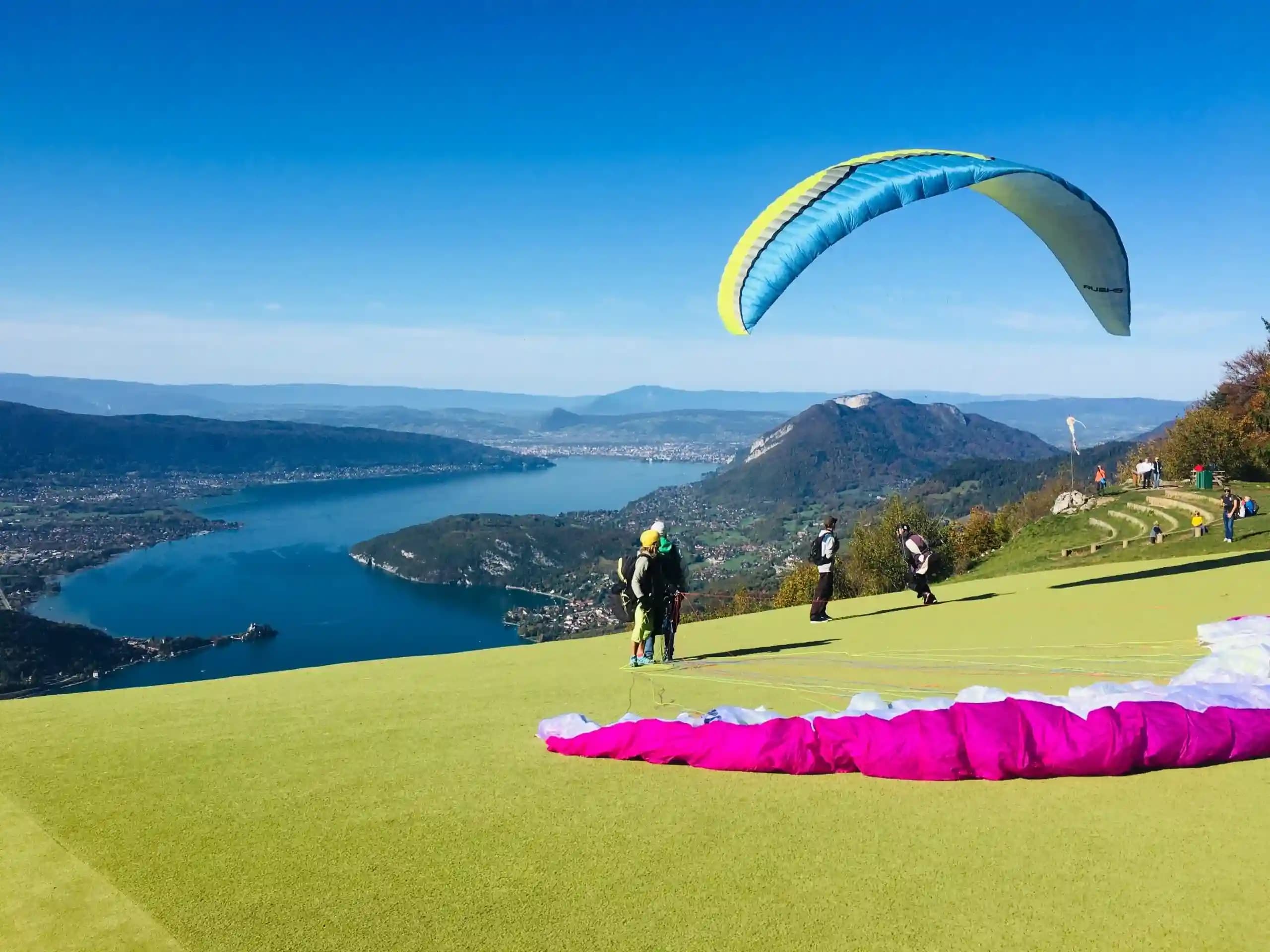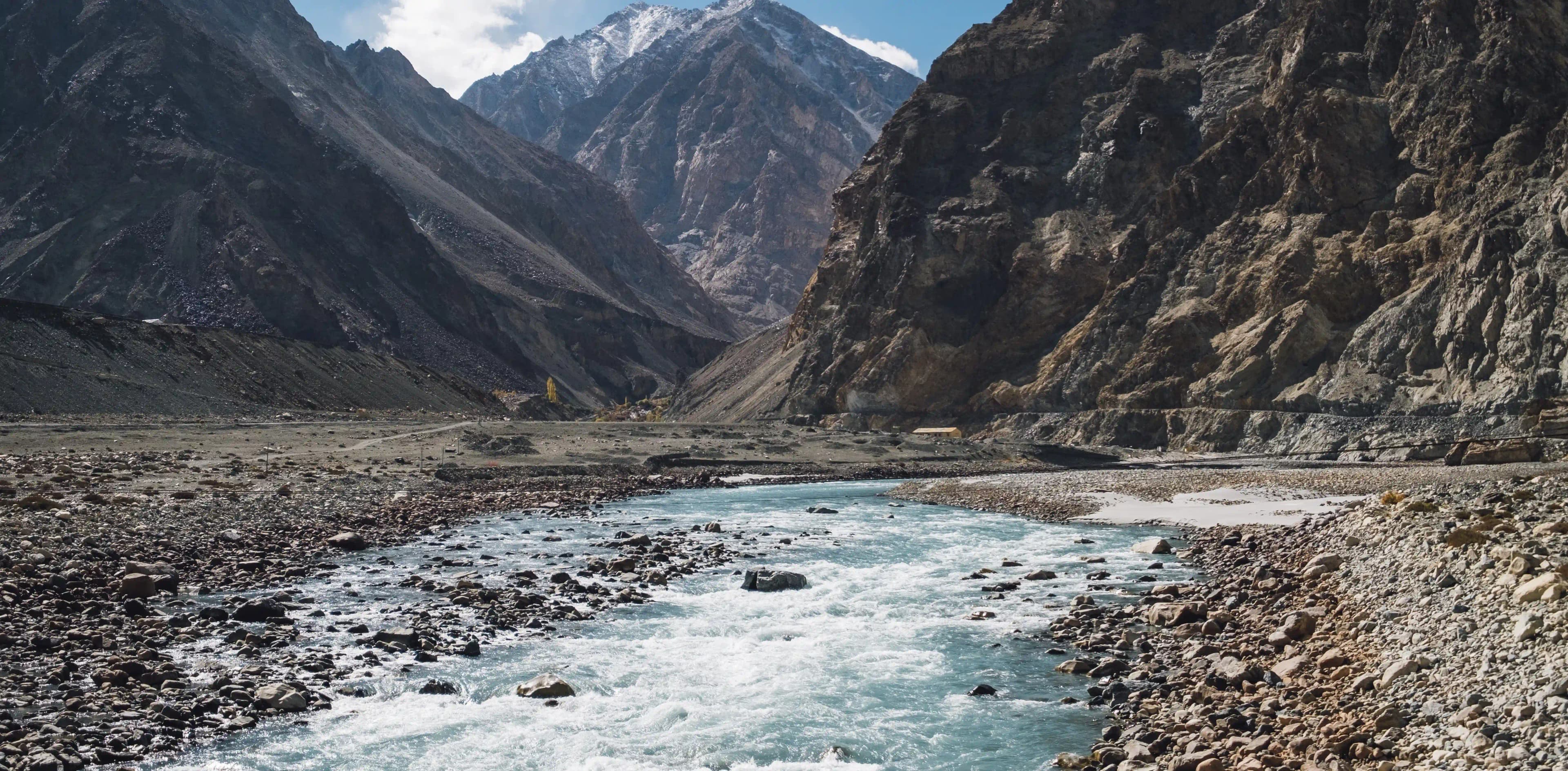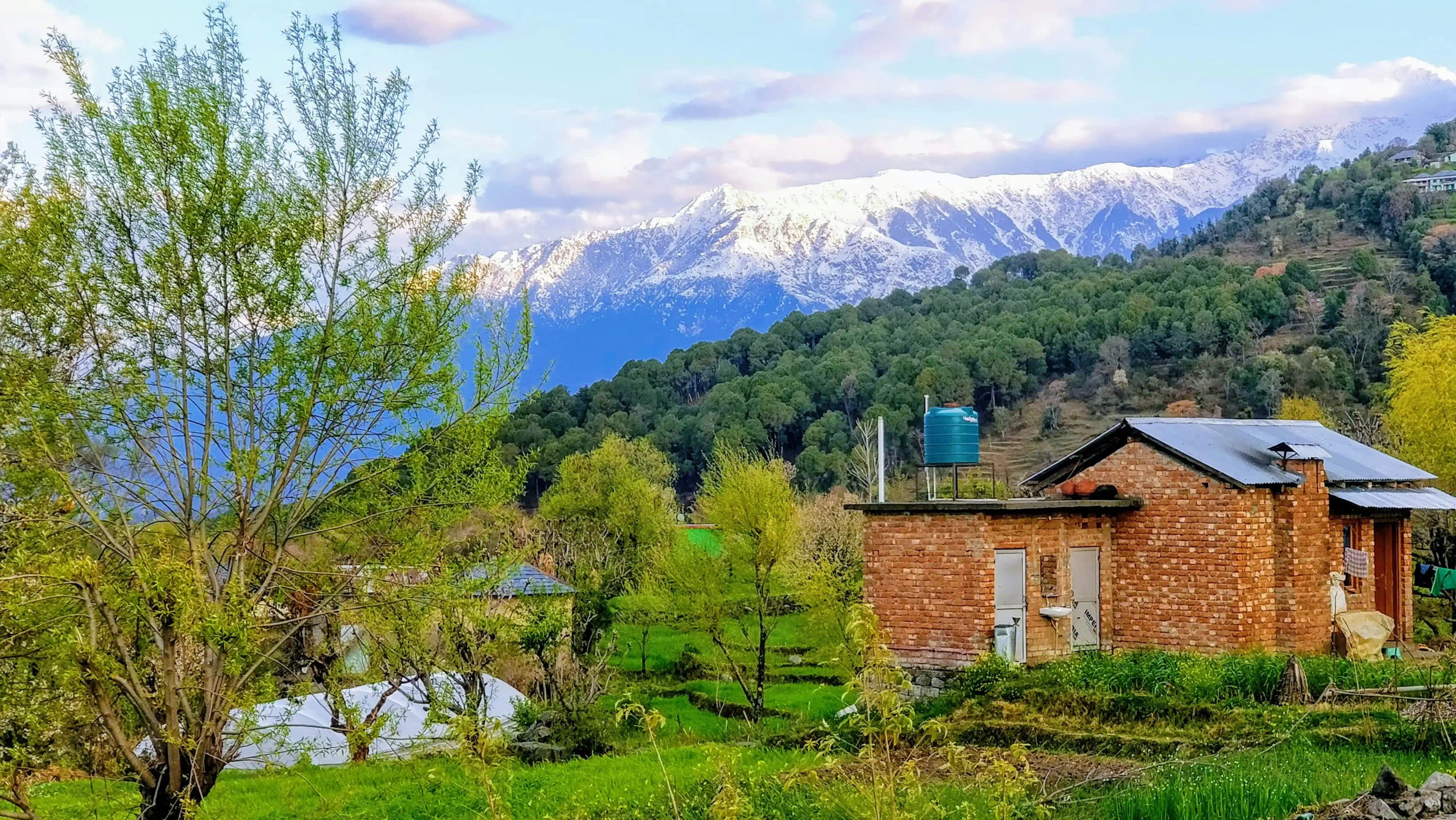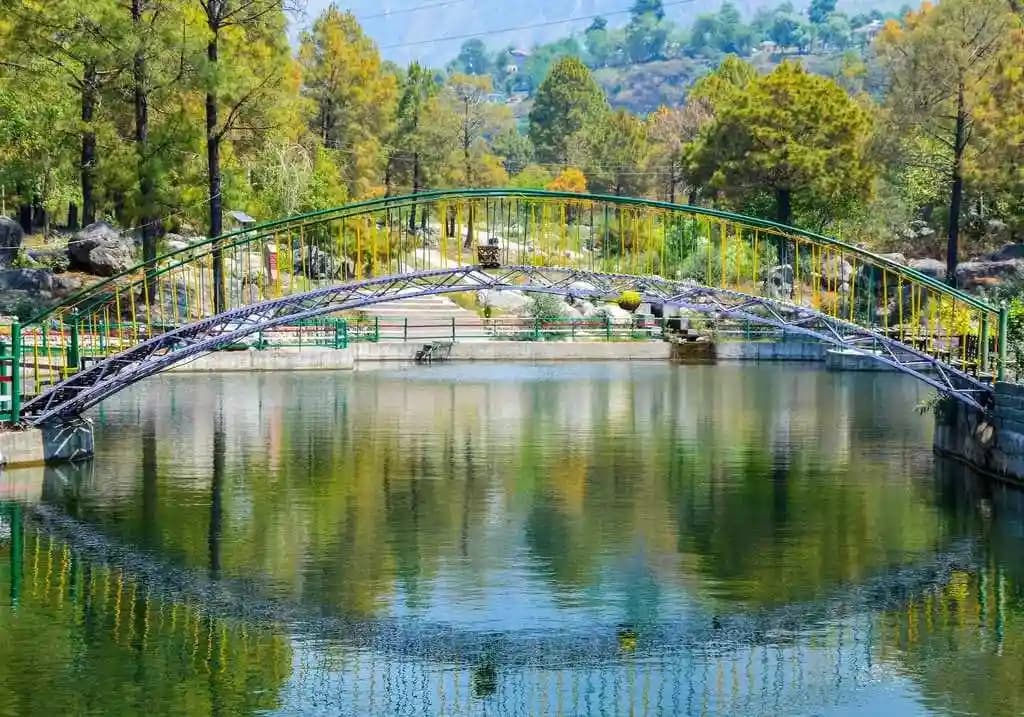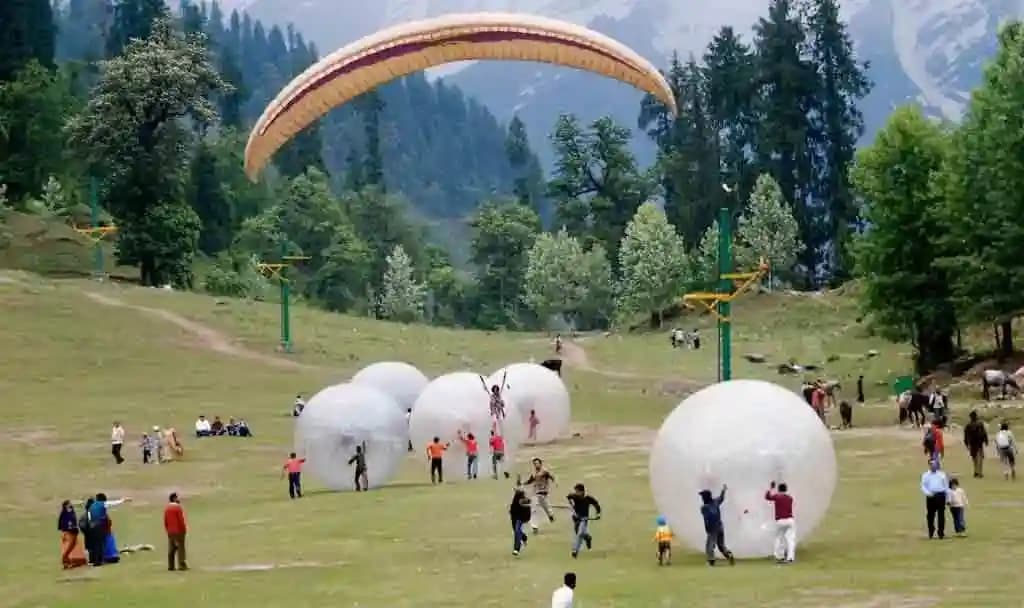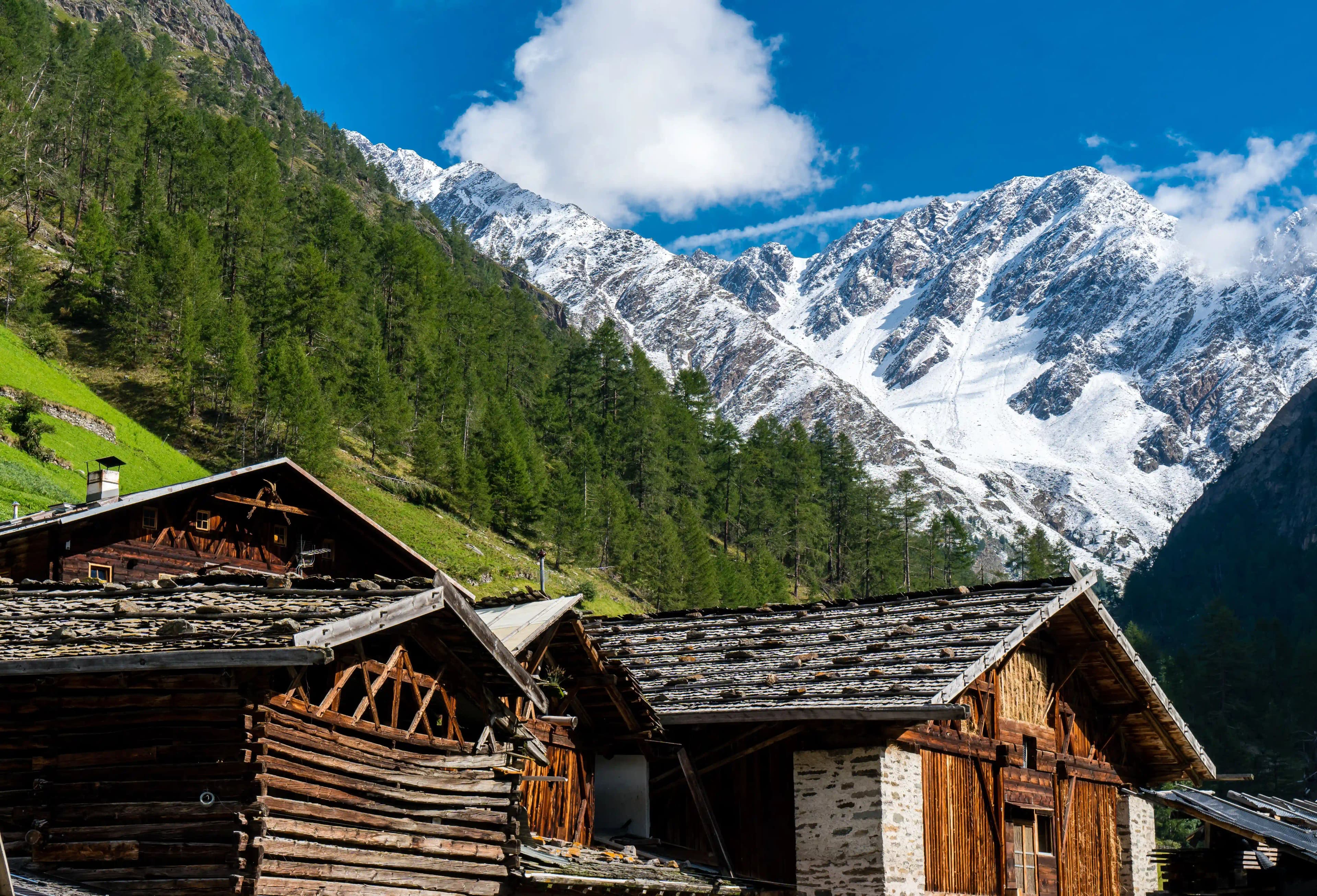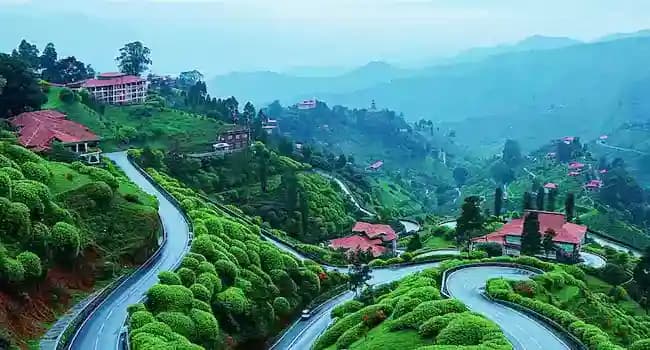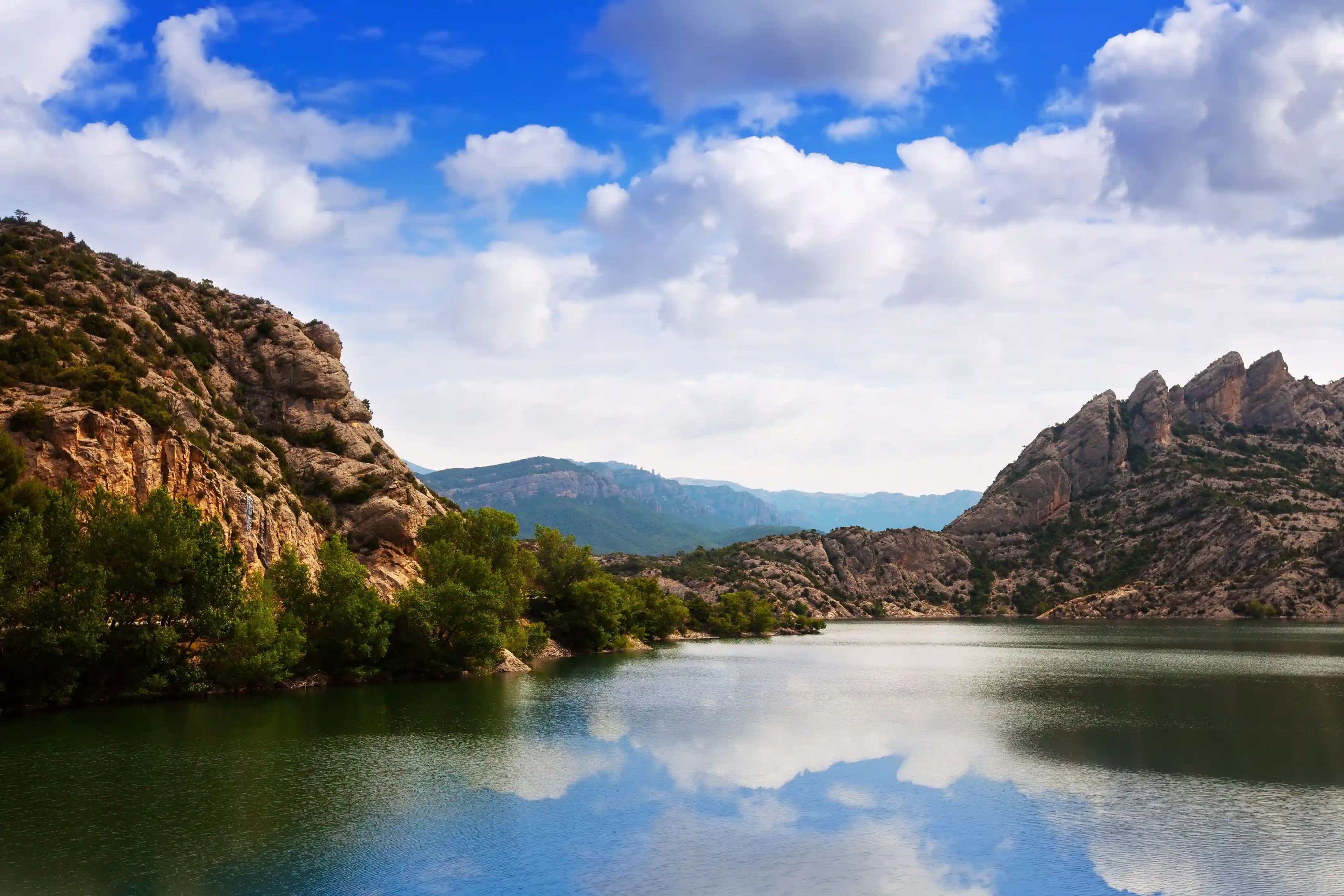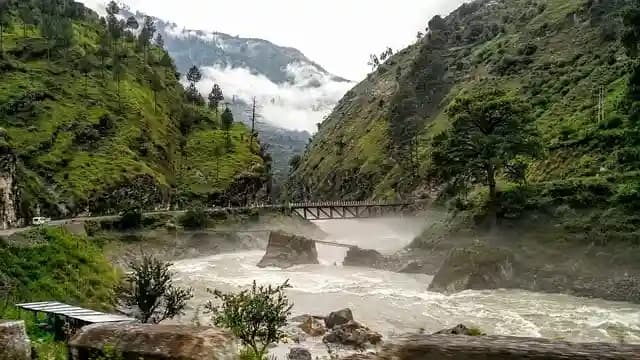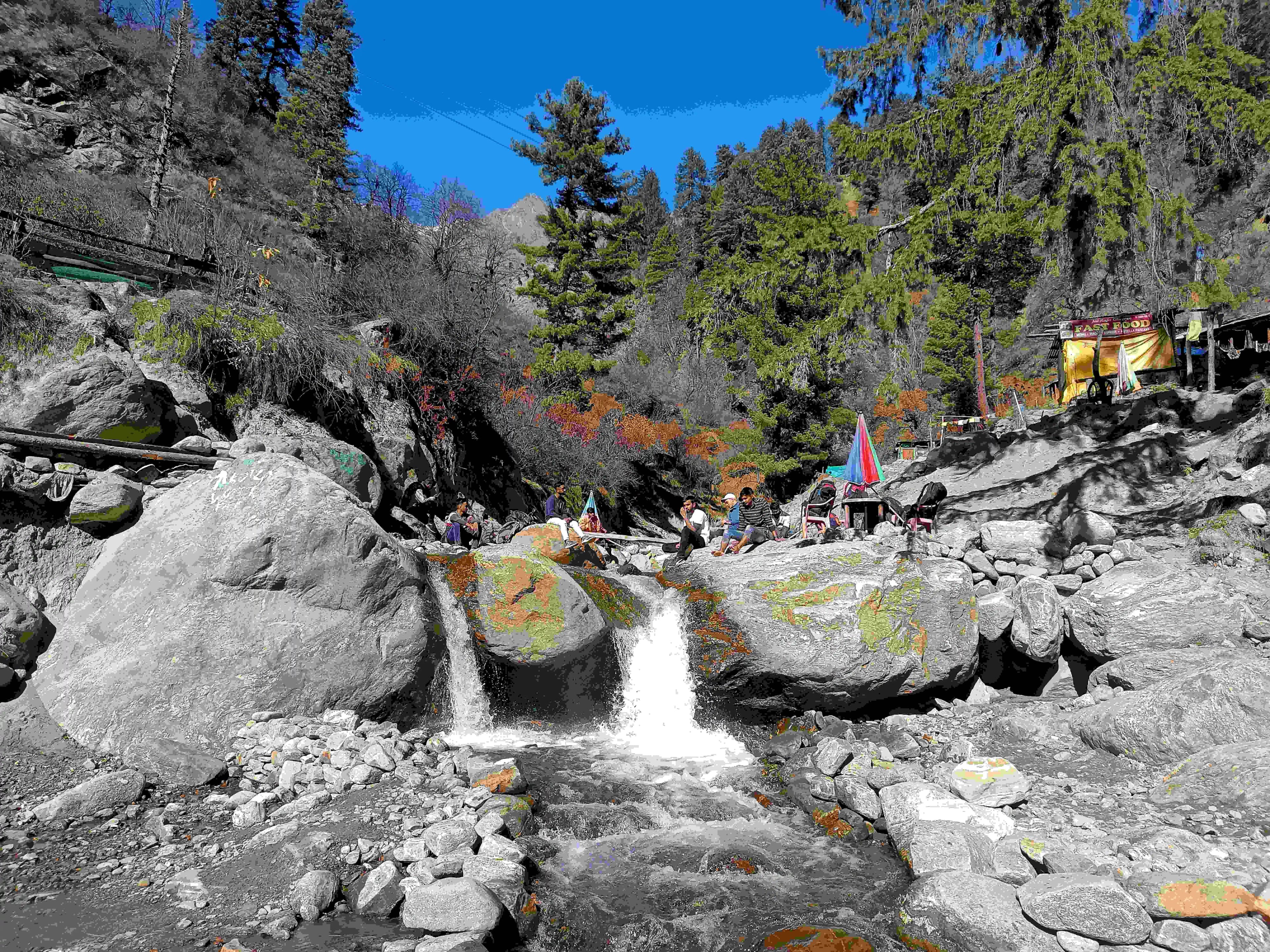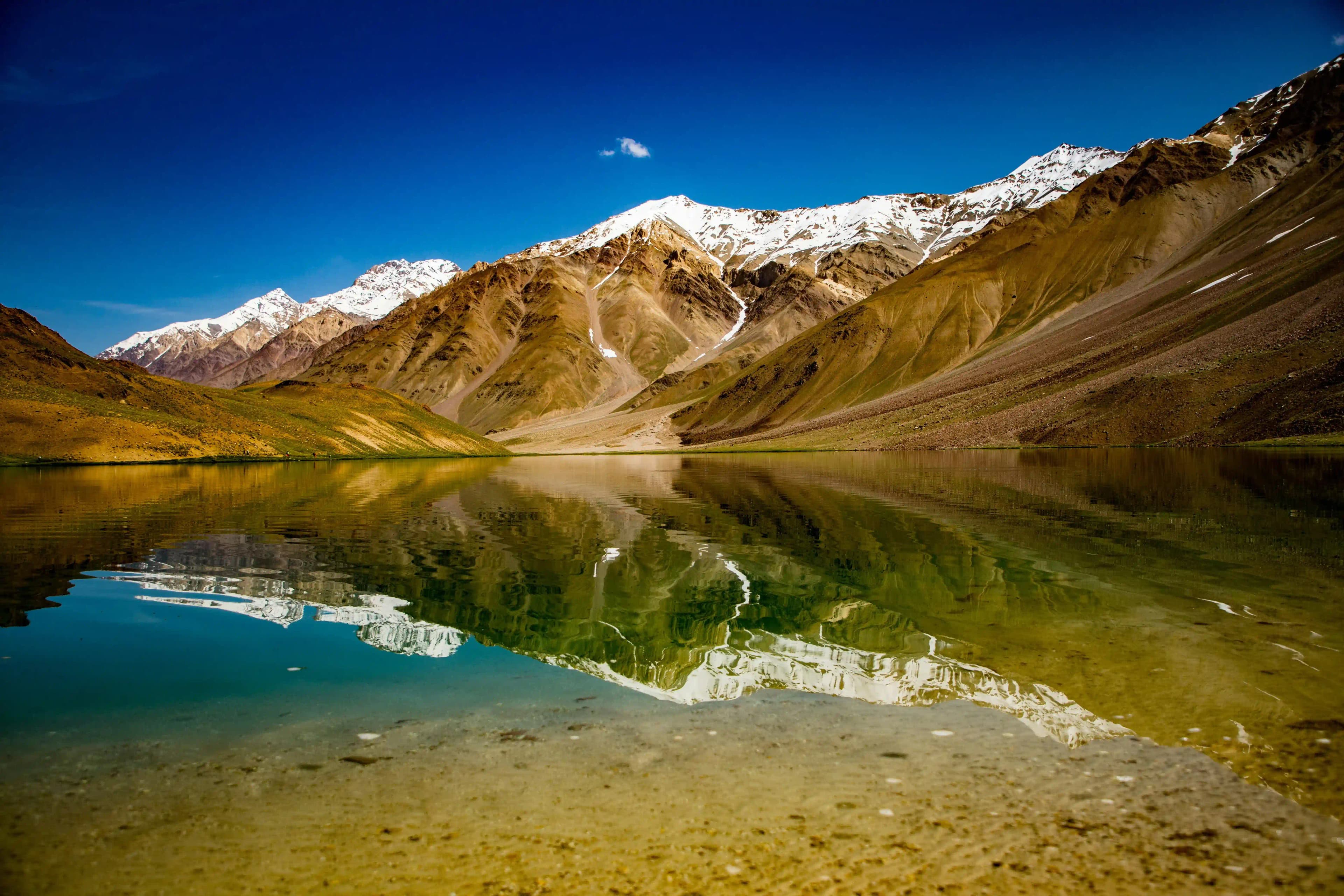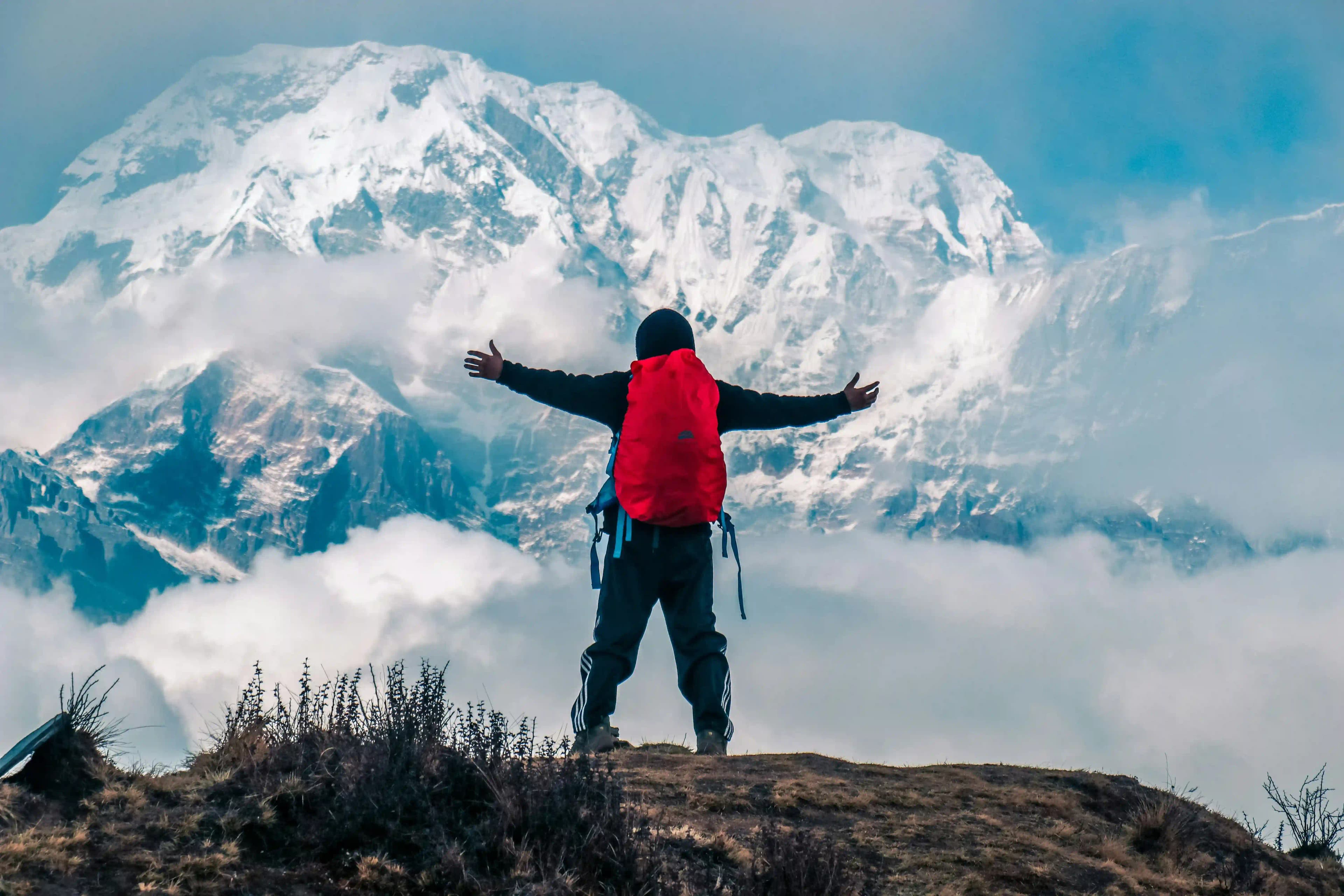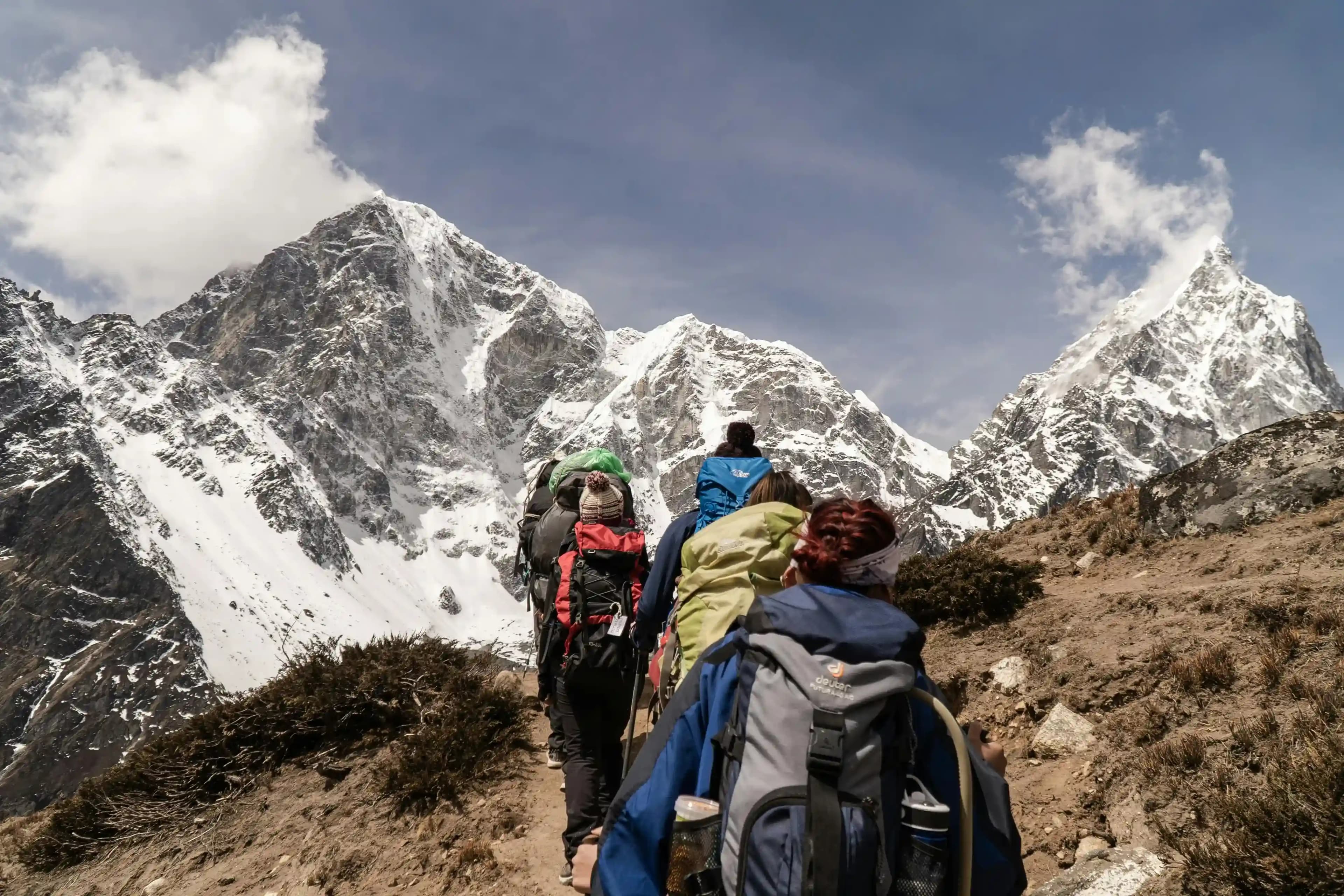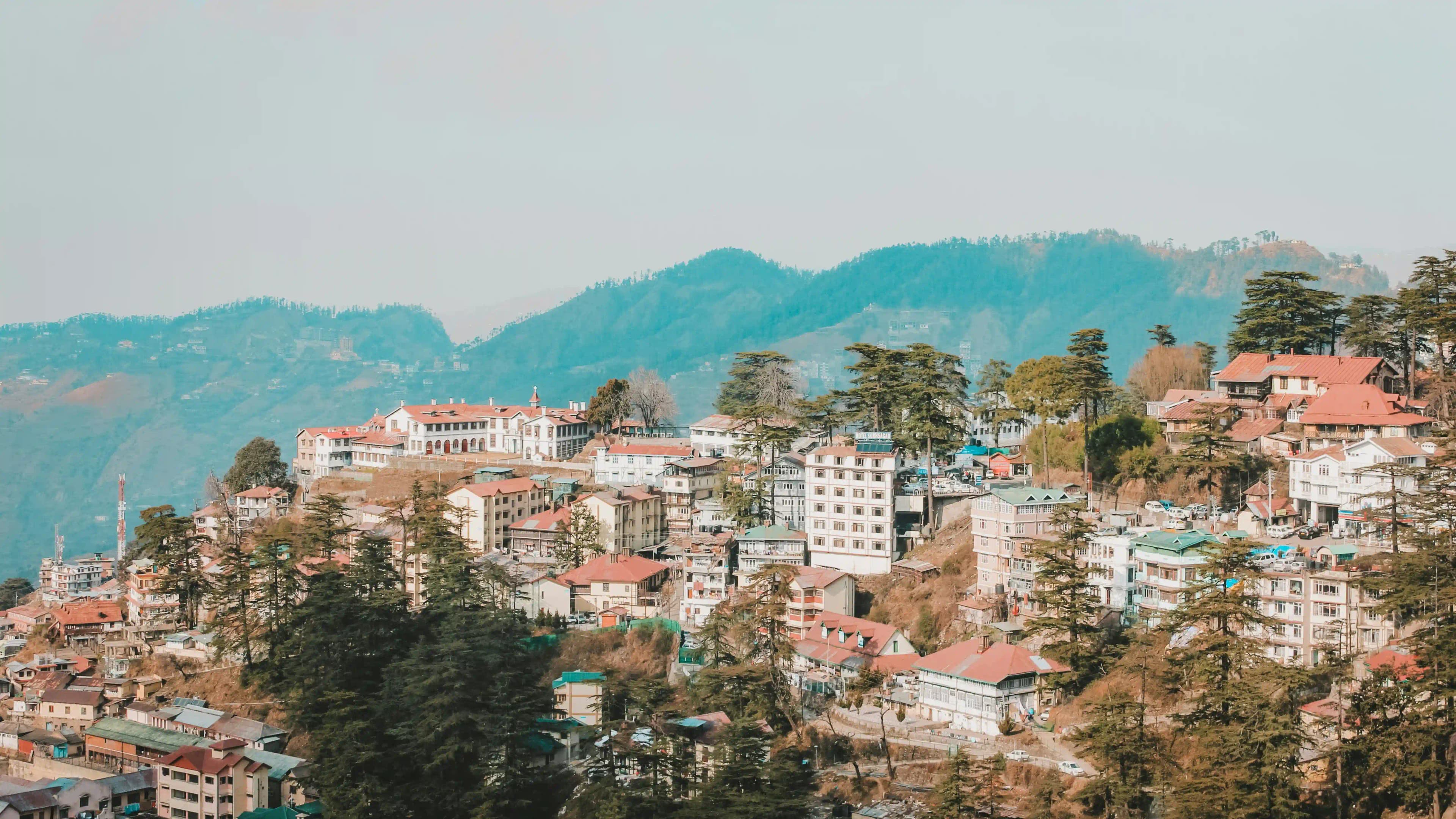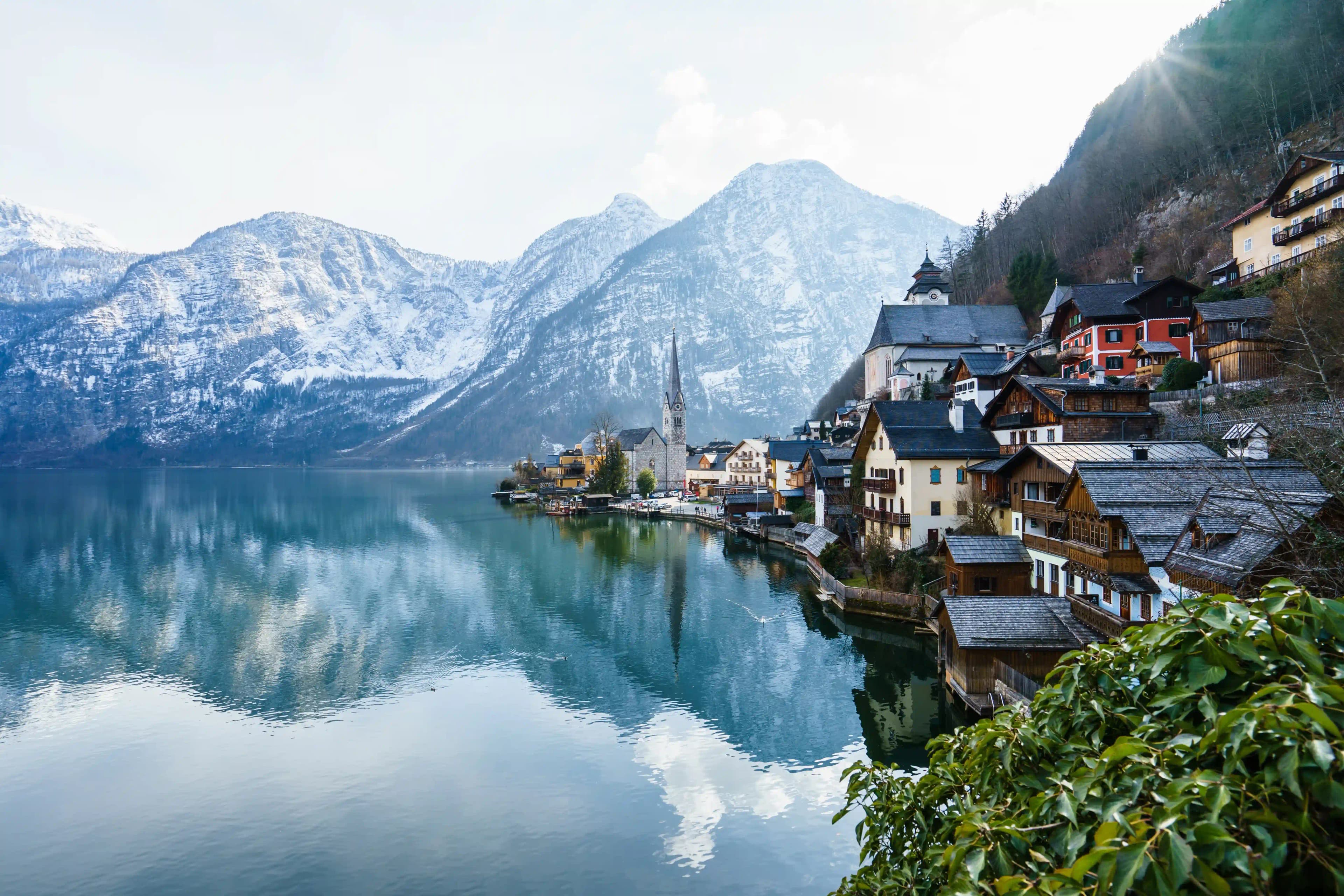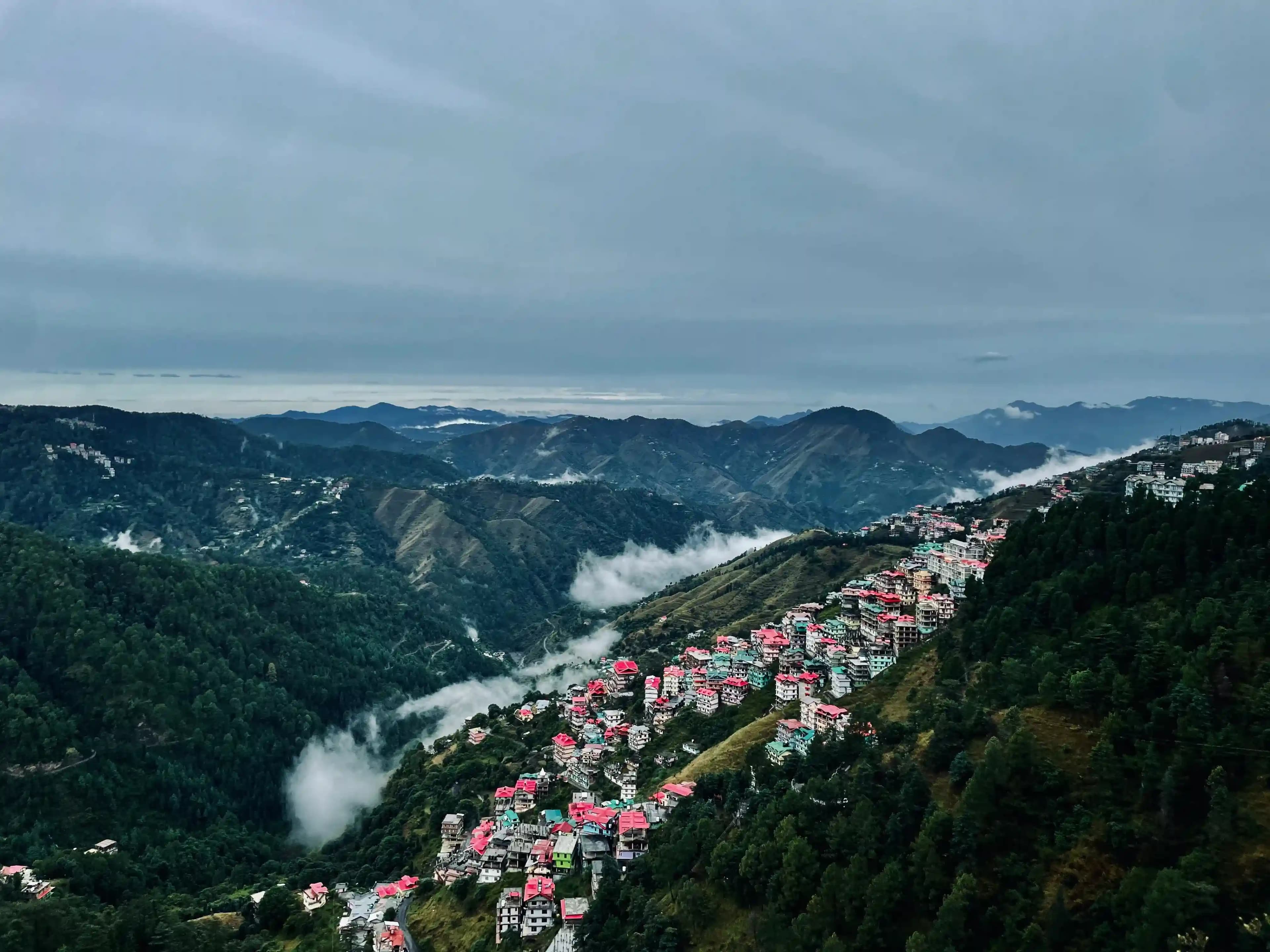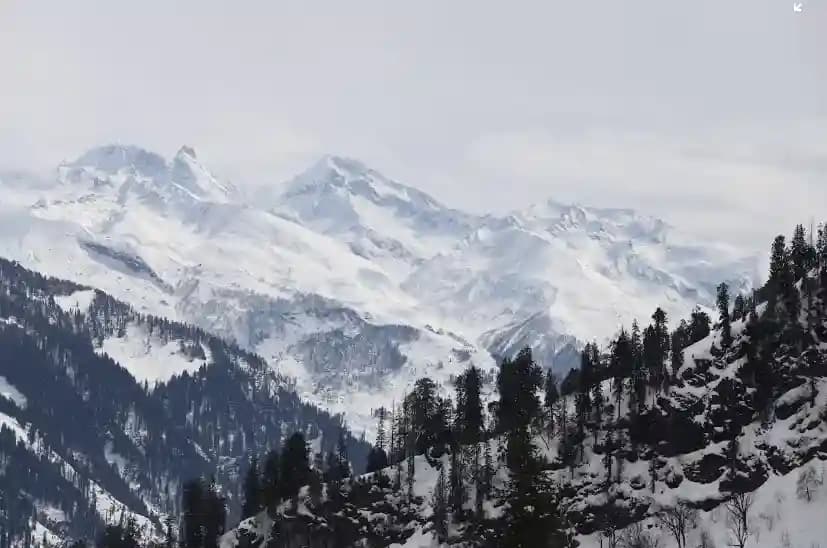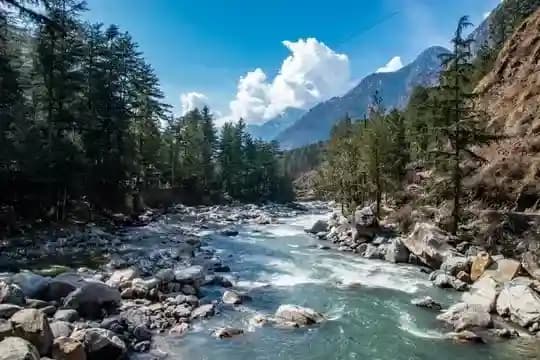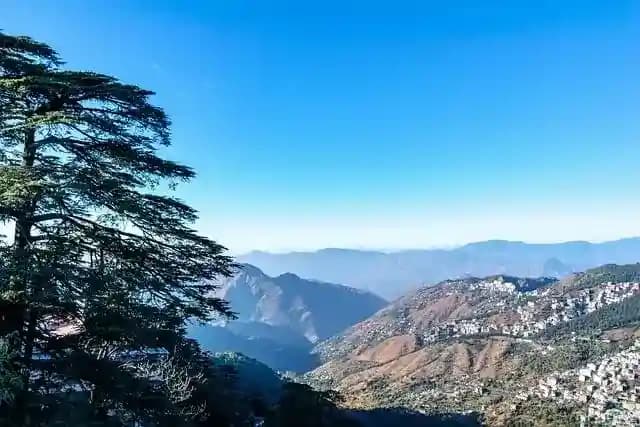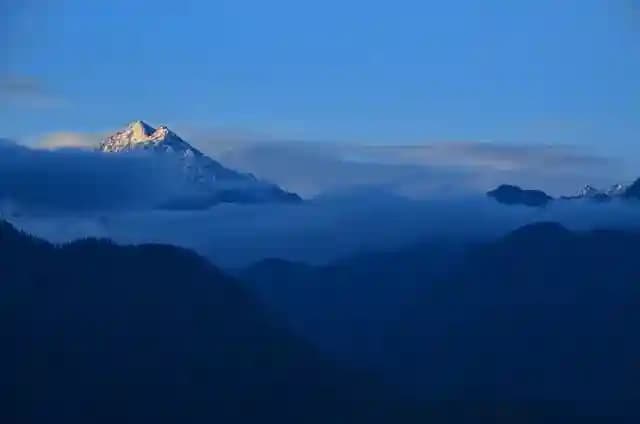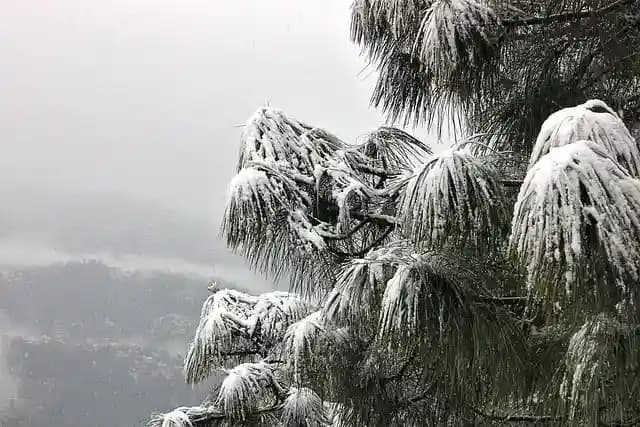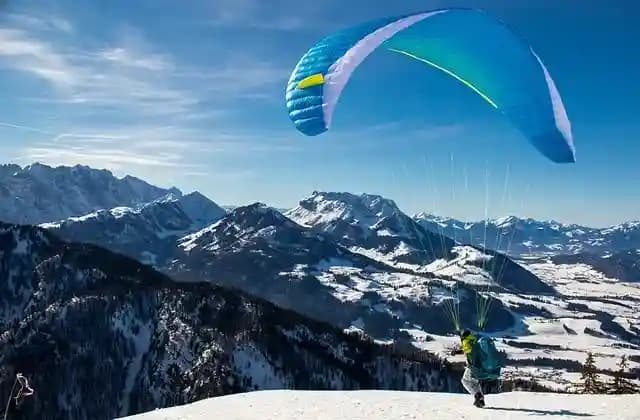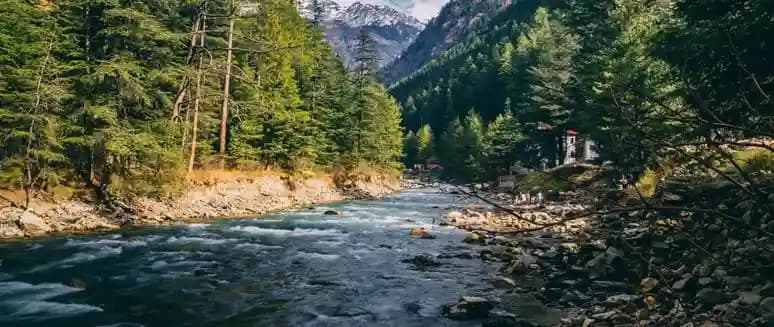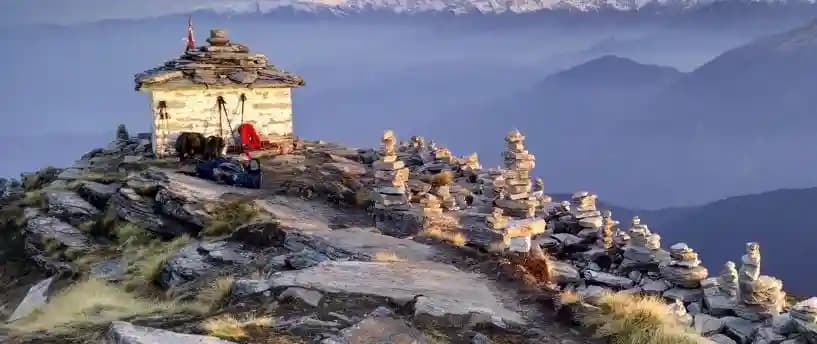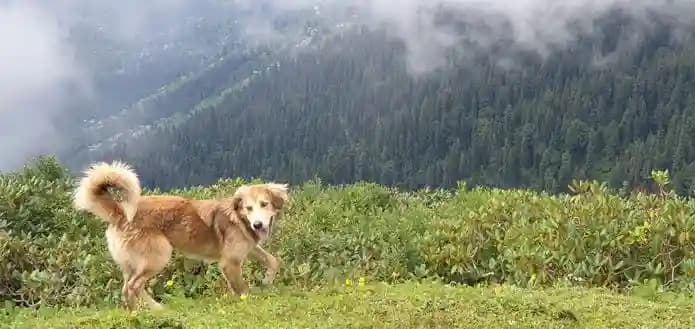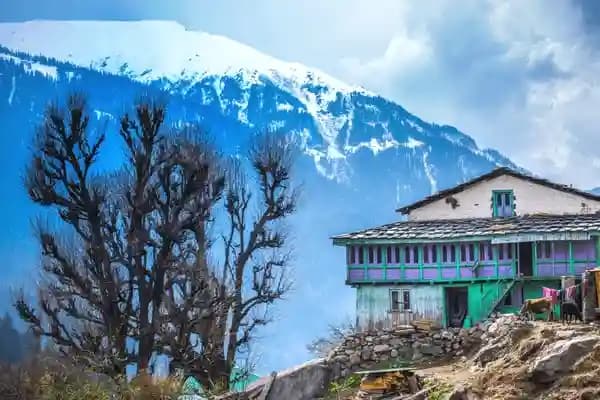In the mountainous core of Himachal Pradesh exists the Great Himalayan National Park which functions as an unmatched refuge for extraordinary natural wonders and life diversity. This National Park spans over 1,171 square kilometers and is designated as a World Heritage site by the United Nations Educational, Scientific and Cultural Organization (UNESCO). This location attracts both adventure seekers and wildlife aficionados, along with nature enthusiasts. The Great Himalayan National Park provides all wildlife enthusiasts a fantastic opportunity to explore both rare creatures while hiking uphill on trails and relaxing in peaceful surroundings. So, read on to dive into the beauty of GNHP and plan your trip to Himachal Pradesh for the best experience ever!
Great Himalayan National Park: Overview and Significance

The Great Himalayan National Park (GHNP) was established and is located in 1984 at the Banjar sub-division of Kullu district. The elevation of the Great Himalayan National Park stretches from 1,500 meters up to 6,000 meters while its terrain crosses through a diverse range of ecosystems, starting from subtropical forests to alpine meadows. GHNP serves as a vital conservation space for the unique biodiversity of the western Himalayas by housing more than 375 faunal species, including 31 mammals and 181 birds. The combination of distinctive animal and plant species together with stunning vistas qualifies the site as an essential location for ecological protection and ecotourism.
Suggested Read: Top National Parks in Himachal Pradesh to Explore in 2025
How to Reach the Great Himalayan National Park

The Great Himalayan National Park (GHNP) is located in the Kullu Valley of Himachal Pradesh, and it is primarily accessible by road.
- The nearest airport is Bhuntar Airport, which is around 50 kilometers away
- From Bhuntar, one can hire a private taxi or take a local bus to reach Kullu
- From Kullu, travellers can continue their journey to the park’s main entry points- Gushaini (for the Tirthan Valley) and Neuli (for the Sainj Valley)
- The ones travelling by train can reach Joginder Nagar Railway Station, which is the closest railhead, and then they can take a taxi or bus to Kullu
Suggested Read: Dachigam National Park: A Gem Of The Himalayas
Best Time to Visit the Great Himalayan National Park

The best time to visit GHNP is during the spring (from April to June) and the autumn season (between September and November). The spring and autumn seasons at GHNP create optimal conditions for trekking with clear skies and plant diversity since the weather remains enjoyable and pleasant throughout these months.
The Great Himalayan National Park warmly welcomes visitors through its comfortable summer climate that extends from April to June when beautiful flora blooms. On the other hand, autumn offers vibrant landscapes and the most perfect conditions for outdoor activities. The monsoon season here from July to August is considered unfavorable because of heavy rainfall, which creates slippery trails alongside the risk of landslides. Winters (December to February) bring snowfall and make higher-altitude treks inaccessible.
Suggested Read: Pin Valley National Park: A Hidden Gem in Spiti’s Wild Heart
Places to Visit Near Great Himalayan National Park
Let us now explore the best attractions near The Great Himalayan National Park. Each of these beautiful places offers a unique experience amidst nature. These destinations add more charm to your adventure in Himachal Pradesh.
1. Tirthan Valley

Tirthan Valley is a beautiful destination renowned for its crystal river, dense forests, and scenic meadows. It is the main gateway to The Great Himalayan National Park and an ideal base for several treks into the park. Adventure seekers can indulge in angling, nature walks, and camping, while others can unwind in the serene environment and comfortable homestays. The valley is a paradise for photographers and nature enthusiasts.
- Distance from GHNP: 0 km (Serves as the main entry point)
- Nearest Town: Banjar (10 km)
- Activities: Trekking, angling, birdwatching, camping
2. Sainj Valley

One of Himachal Pradesh's hidden treasures, Sainj Valley is a wonderful blend of green forests, rural hamlets, and gentle treks. This peaceful valley gives you a glimpse of indigenous culture, wooden huts, and green fields. A trek to Pundrik Lake or a village tour to Raila, providing panoramic views of the Himalayas, is on offer for travelers. It's the perfect place to find some quiet solitude free from tourist throngs.
- Distance from GHNP: 5 km
- Nearest Village: Shangarh (6 km)
- Best For: Cultural exploration, village walks, easy hikes
Suggested Read: 6 Best National Parks in Ladakh
3. Jalori Pass

Located at an altitude of 3,120 meters, Jalori Pass is a high-altitude pass with breathtaking panoramic views of the Himalayas. The pass is the beginning of various short treks, including the Serolsar Lake trek, which leads one to a sacred high-altitude lake covered with a dense blanket of oak trees. Jalori Pass is a winter wonderland of snow, and it is a top destination located near the Great Himalayan National Park for winter trekking and photography.
- Distance from GHNP: 32 km
- Altitude: 3,120 meters
- Best Time to Visit: April to November (Winter for snow-covered landscapes)
4. Shoja

Located in the hills around Jalori Pass, Shoja is a picturesque village that offers peaceful landscapes, sunsets, and untouched nature. The village is perfect for relaxation and living life at a slow pace in the mountains. Short treks to the surrounding waterfalls and meadows make it perfect. Birdwatchers can enjoy spotting various Himalayan birds, and it is a perfect destination for nature lovers near the Great Himalayan National Park.
- Distance from GHNP: 28 km
- Altitude: 2,692 meters
- Nearby Attractions: Waterfalls, meadows, and birdwatching spots
5. Serolsar Lake

Serolsar Lake is a peaceful high-altitude lake with thick forests around it, situated approximately 5 km from Jalori Pass. The lake is famous for its crystal clear water and the Budhi Nagin Temple, which is a local deity temple. The trek to Serolsar Lake is moderate and is about 1.5 to 2 hours long, so it is an ideal choice for families and beginners. The peaceful surroundings make it an ideal picnic place near the Great Himalayan National Park.
- Distance from GHNP: 37 km (via Jalori Pass)
- Trek Length: 5 km (Moderate trek, takes 1.5 to 2 hours)
- Best Time to Visit: May to October
6. Raghupur Fort

A short trek from Jalori Pass, Raghupur Fort offers panoramic views of the mountains Dhauladhar and Pir Panjal. Despite the fact that the fort is in ruins, it is historically significant and is a wonderful lookout point for nature lovers and photographers. It is an easy climb to the fort, traversing green meadows and dense forests, and makes for a wonderful day outing for adventure lovers.
- Distance from GHNP: 34 km (via Jalori Pass)
- Trek Length: 3 km (Easy to moderate trek)
- Highlights: Panoramic Himalayan views, historical ruins
7. Chehni Kothi

Located near Banjar, Chehni Kothi is a Himalayan tower temple which is over 1,500 years old. It is built in the Kath-Kuni style of architecture using wood and stone but without cement. A brief uphill climb leads one to this ancient marvel, which gives a glimpse of the past architecture of Himachal Pradesh. The Shringa Rishi Temple, a sacred spot in the region, can also be viewed nearby.
- Distance from GHNP: 12 km
- Trek Length: 2 km (Steep but short uphill trek)
- Best Time to Visit: March to November
8. Pundrik Lake

Situated in Sainj Valley, Pundrik Lake is a peaceful place that is surrounded by green meadows and dense forests. It is a sacred lake and not touched by commercial tourism, hence offering a peaceful experience to those seeking solitude. It is a simple trek to the lake via pine forests and rural villages. Located near The Great Himalayan National Park, it is a perfect spot for meditation, photography, and bird watching.
- Distance from GHNP: 8 km (in Sainj Valley)
- Trek Length: 4 km (Moderate trek)
- Ideal For: Meditation, photography, solitude seekers
Suggested Read: Best Things To Do In Himachal Pradesh
9. Raila Village

Raila is a classic Himalayan village in Sainj Valley with wooden houses, terraced fields, and unspoiled landscapes. The trip to Raila provides the opportunity to witness authentic Himachali culture, meet and mingle with locals, and savor organic farm-fresh food. The village is a great base for many short treks to secluded meadows and viewpoints.
- Distance from GHNP: 7 km (in Sainj Valley)
- Altitude: 2,100 meters
- Highlights: Traditional Himachali wooden houses, organic farming
10. Chhoie Waterfall

Chhoie Waterfall, which is close to Tirthan Valley, is a brief but satisfying trek that leads people through forests and beautiful trails. The waterfall is dedicated to Goddess Chhoie, and the people consider it sacred. The trek itself is about 45 minutes to an hour, and it is a great half-day outing for people visiting the valley. The refreshing, refreshing waters are just what one requires in summer.
- Distance from GHNP: 4 km (near Tirthan Valley)
- Trek Length: 1.5 km (Easy to moderate trek, takes around 45 minutes)
- Best Time to Visit: March to June (Ideal for summer hikes)
Suggested Read: Explore Kanchenjunga National Park
Things To Do in the Great Himalayan National Park

- Trekking: The Great Himalayan National Park has several trekking routes and this ranges from short hikes to full-day treks. The most popular treks are the Tirthan Valley trek, Sainj Valley trek and the difficult Pin-Parvati Pass trek.
- Wildlife Viewing: The park harbors elusive wildlife such as the snow leopard, Himalayan brown bear, and musk deer. Birdlife enthusiasts can also watch uncommon Himalayan bird species such as the Western Tragopan and Himalayan Monal.
- Camping: Experience nature up close by camping in the park's campgrounds and this provides a more intimate connection with nature and the absolutely stunning mountain scenery.
- Photography: Capture the stunning landscape, diverse flora, and elusive fauna that GHNP, a photographer's paradise, provides
- Fishing: Tirthan River is famous for its heavy population of Himalayan trout, and it is an ideal spot for catch-and-release angling (permit required)
- Village Walks: Walk through the villages of Himachal around the park, interact with the locals, and learn about their unique culture, lifestyle, /2nd architecture.
Suggested Read: Top 5 National Parks to Visit in Jammu and Kashmir
Tips for Visiting the Great Himalayan National Park
- Obtain necessary permits before entering the park as The Great Himalayan National Park is a protected area.
- Wear strong and sturdy shoes for trekking and carry warm clothing as temperatures can drop suddenly.
- Respect local customs and traditions, especially when it comes to villages and sacred sites.
- Carry sufficient food and water since there are quite limited facilities inside the park.
- Do not litter and follow eco-friendly practices to preserve the unfiltered beauty of the region.
- Hire a local guide for a great experience and for being able to navigate the remote trails safely.
Tourists visit the Great Himalayan National Park to witness India's commitment toward wildlife conservation combined with ecological diversity. Discover the spectacular terrain while you search for rare Himalayan species and pristine natural areas. All adventurers, together with nature enthusiasts and professional photographers, can experience a remarkable adventure at GHNP. Plan your visit to this UNESCO World Heritage Site to experience the beauty of its natural, untouched landscapes alongside its rich forms of biodiversity and cultural heritage.
Frequently Asked Questions
1. The Great Himalayan National Park is famous for which animal?
GHNP is famous for its rich biodiversity, and this includes rare wildlife like the snow leopard as well as Western Tragopan.
2. How can I reach the Great Himalayan National Park?
The park is super accessible via road from Kullu. The nearest airport is Bhuntar and it is about 50 km away.
3. What are the best trekking routes in GHNP?
The best trekking routes in GHNP include the Tirthan Valley trek, Sainj Valley trek, and Pin-Parvati Pass trek.
4. Is a permit required to enter GHNP?
Yes, it is required; visitors need an entry permit, and it can be obtained from the park authorities.
5. What is the best time to visit GHNP?
The best time to visit GHNP is from April to June and September to November for very pleasant weather.
6. Are there accommodation options inside GHNP?
Accommodation is available in nearby villages, and camping is allowed within designated areas.
